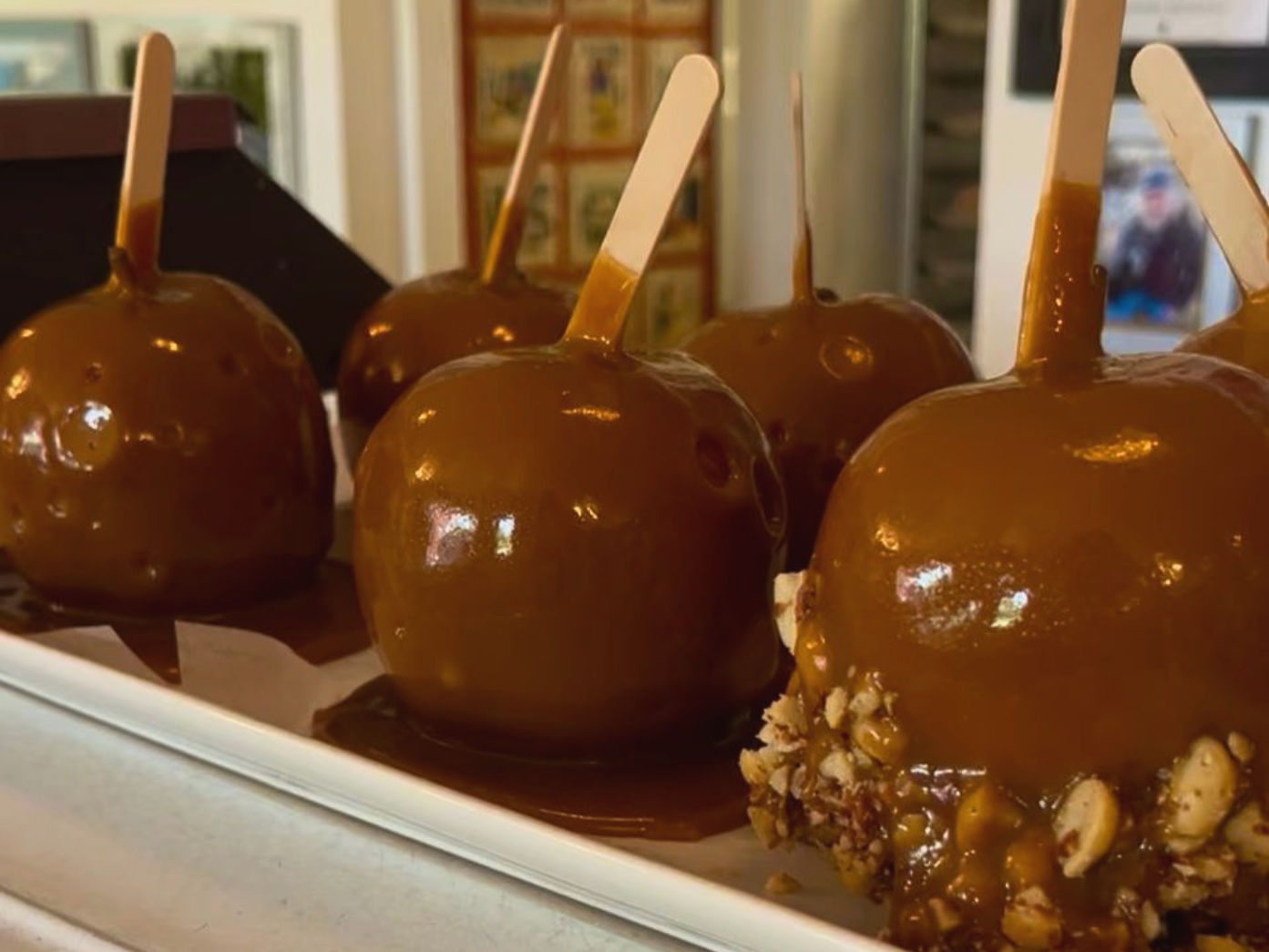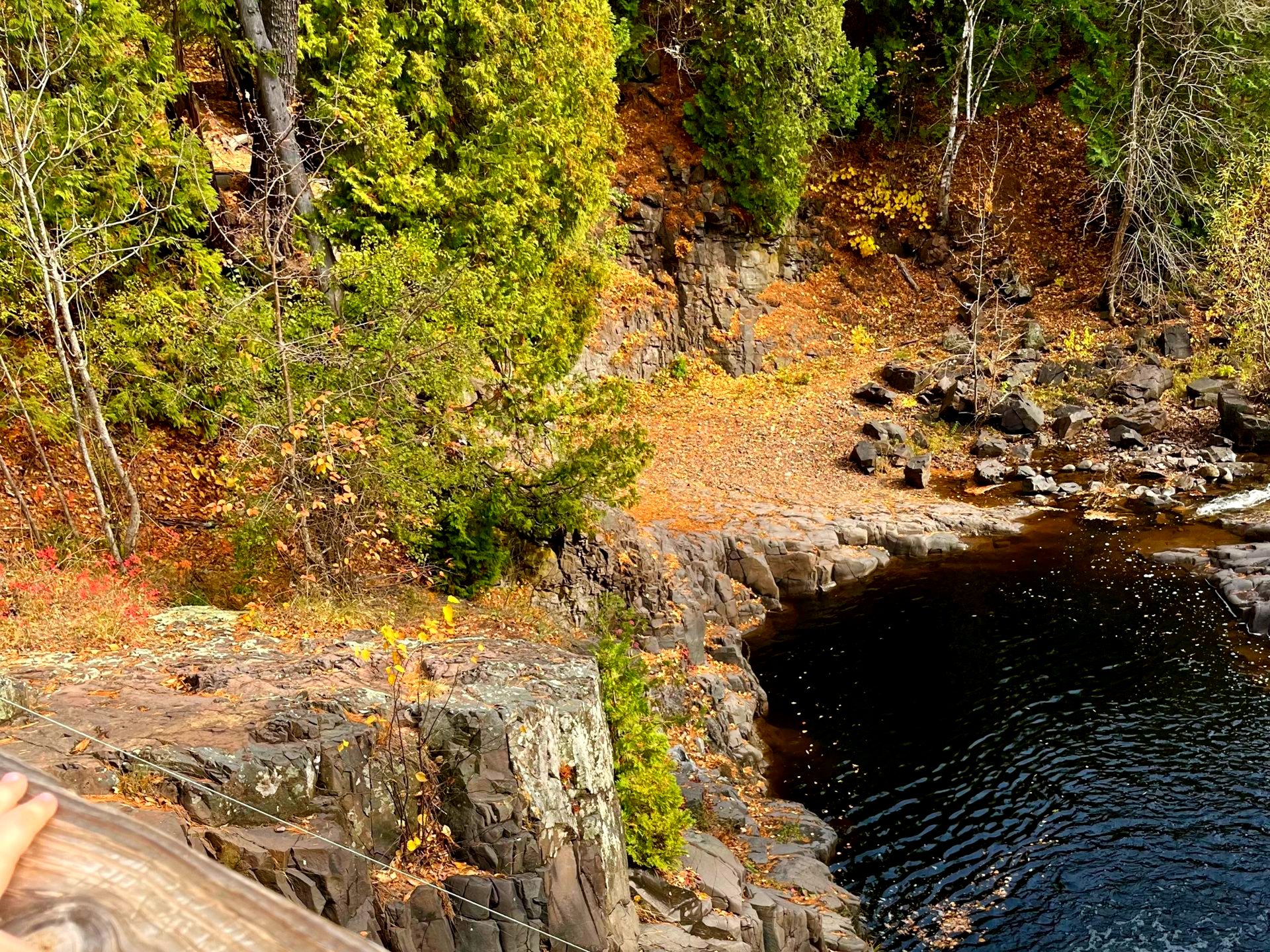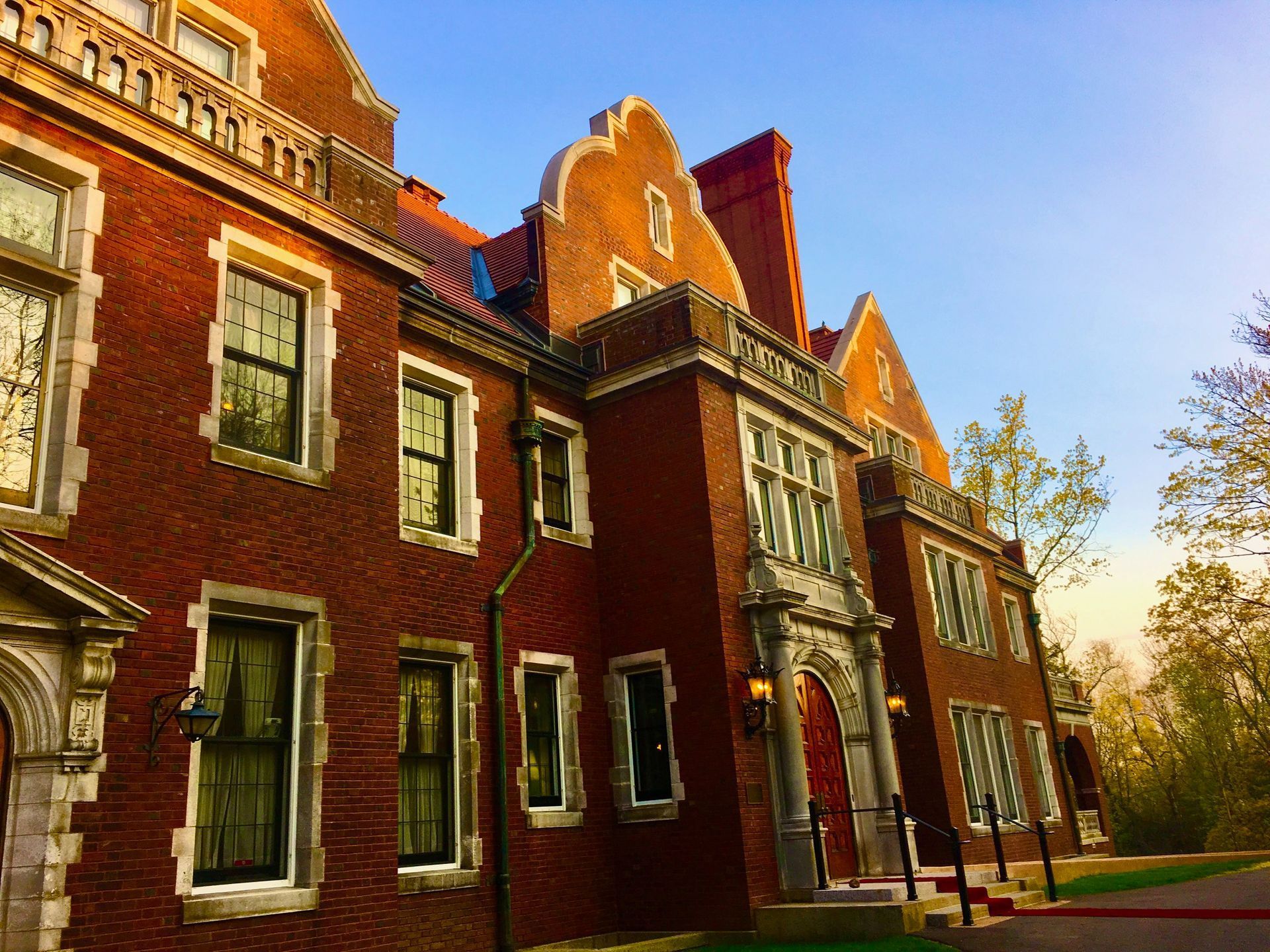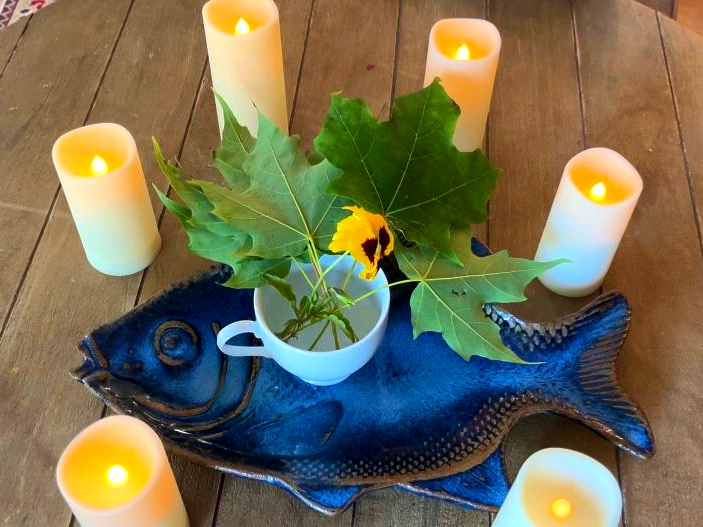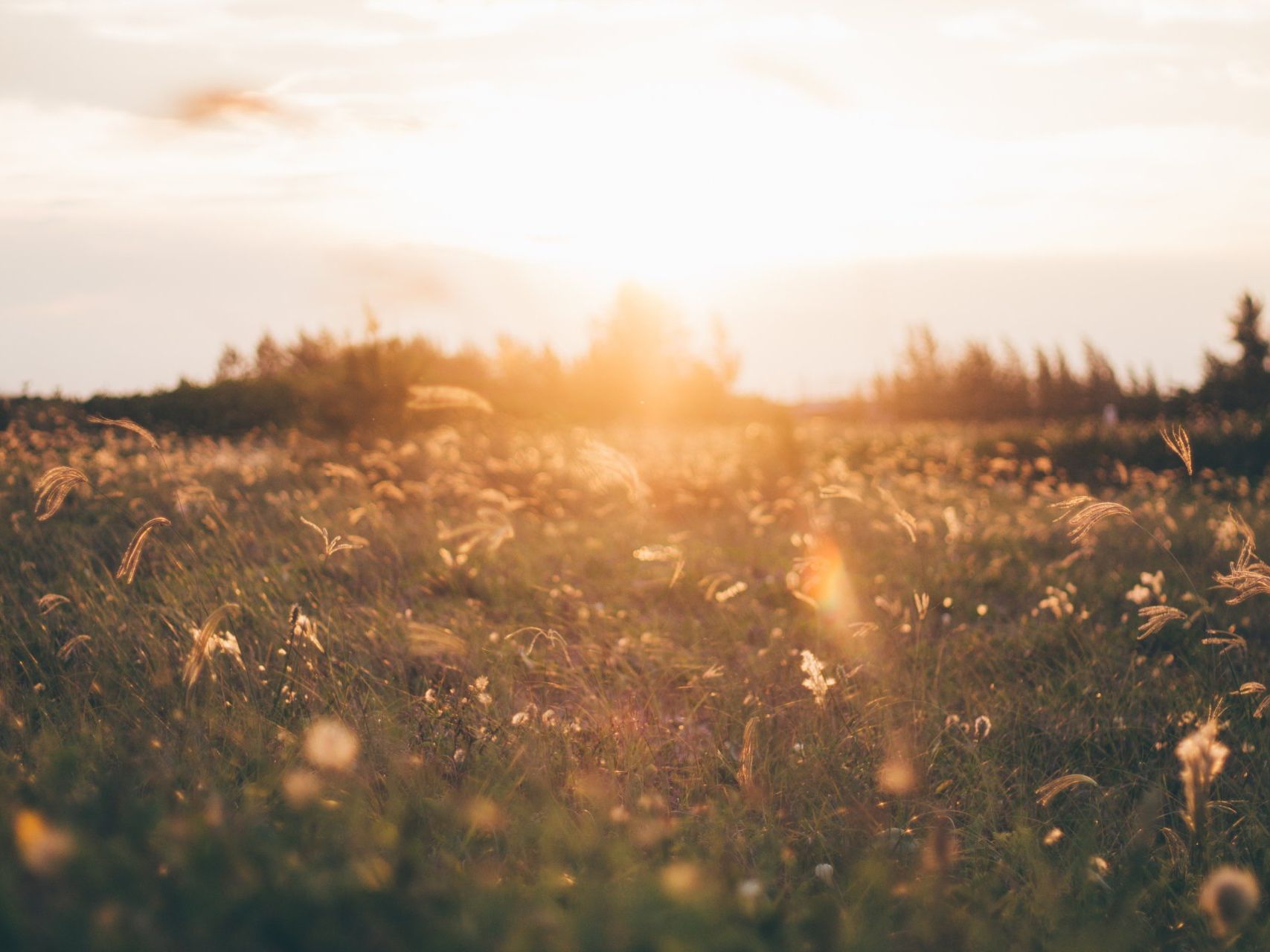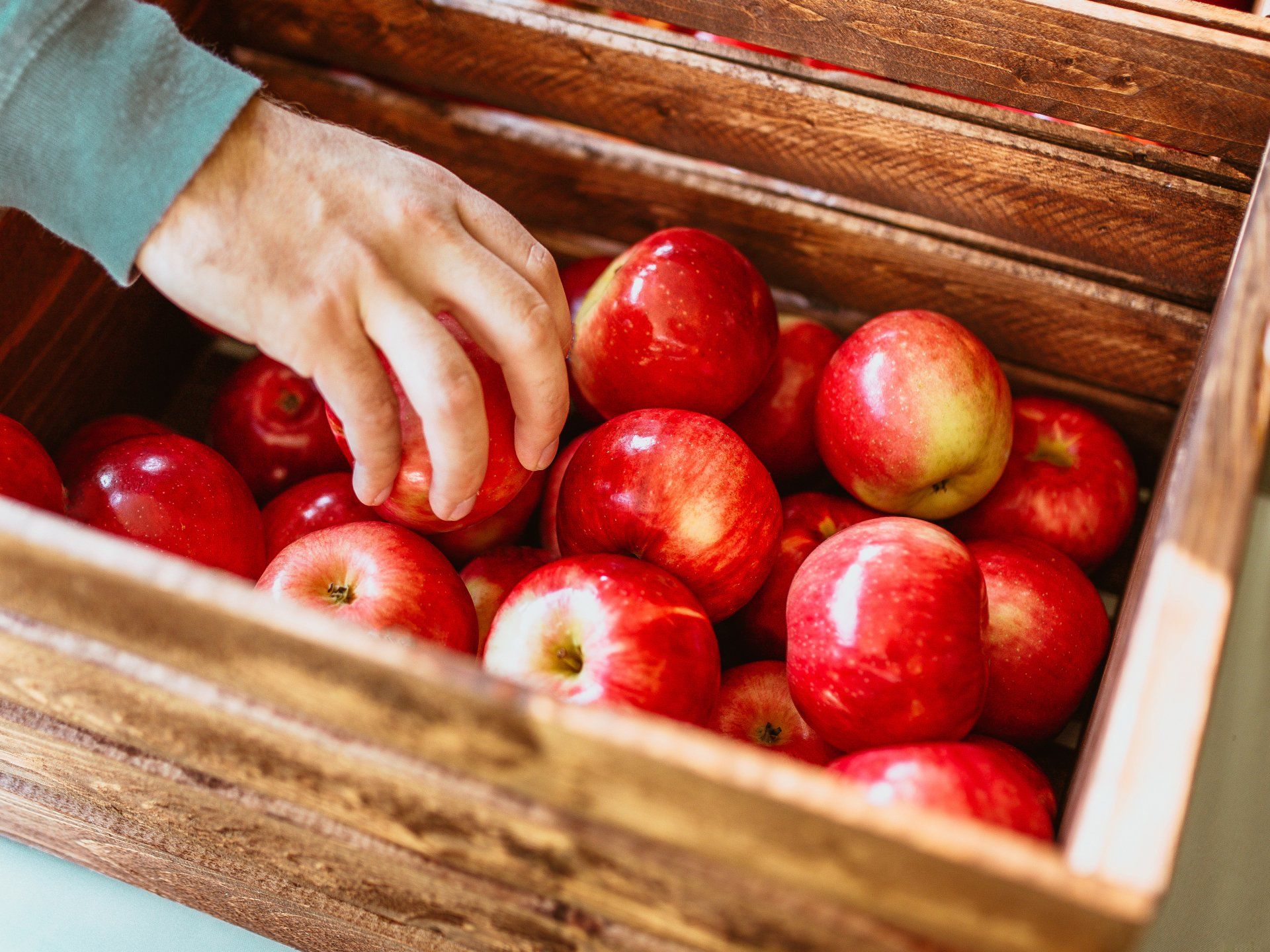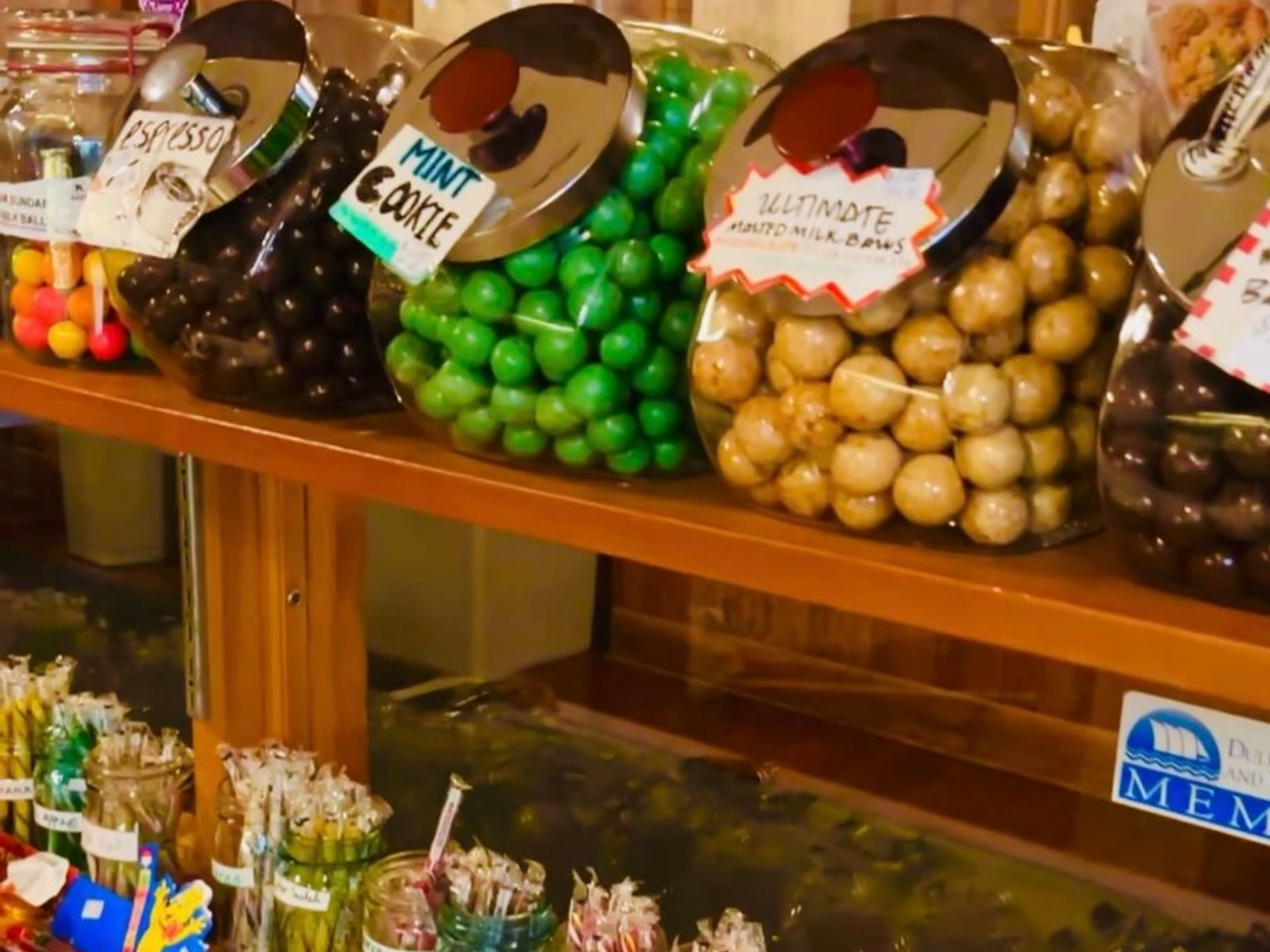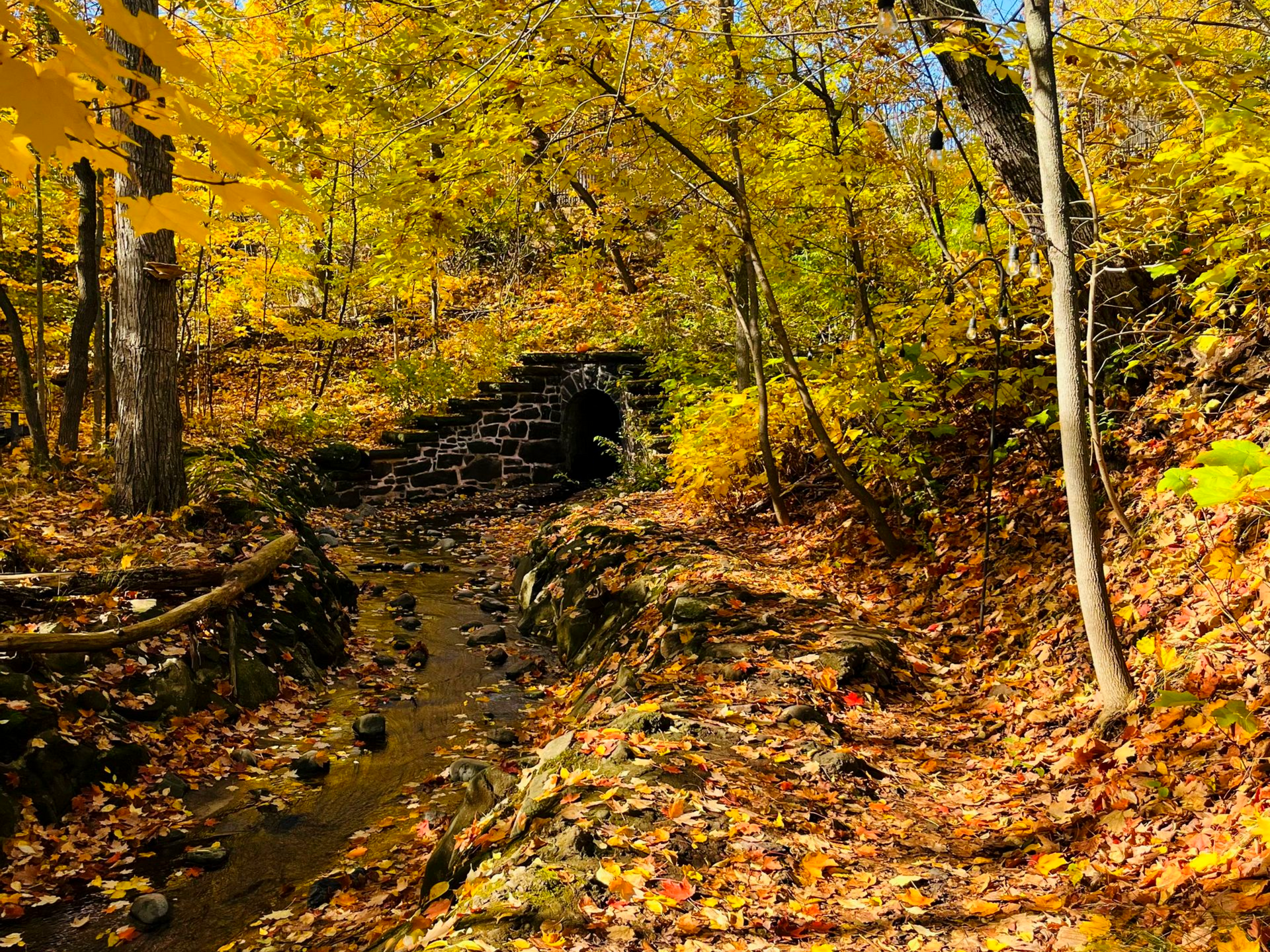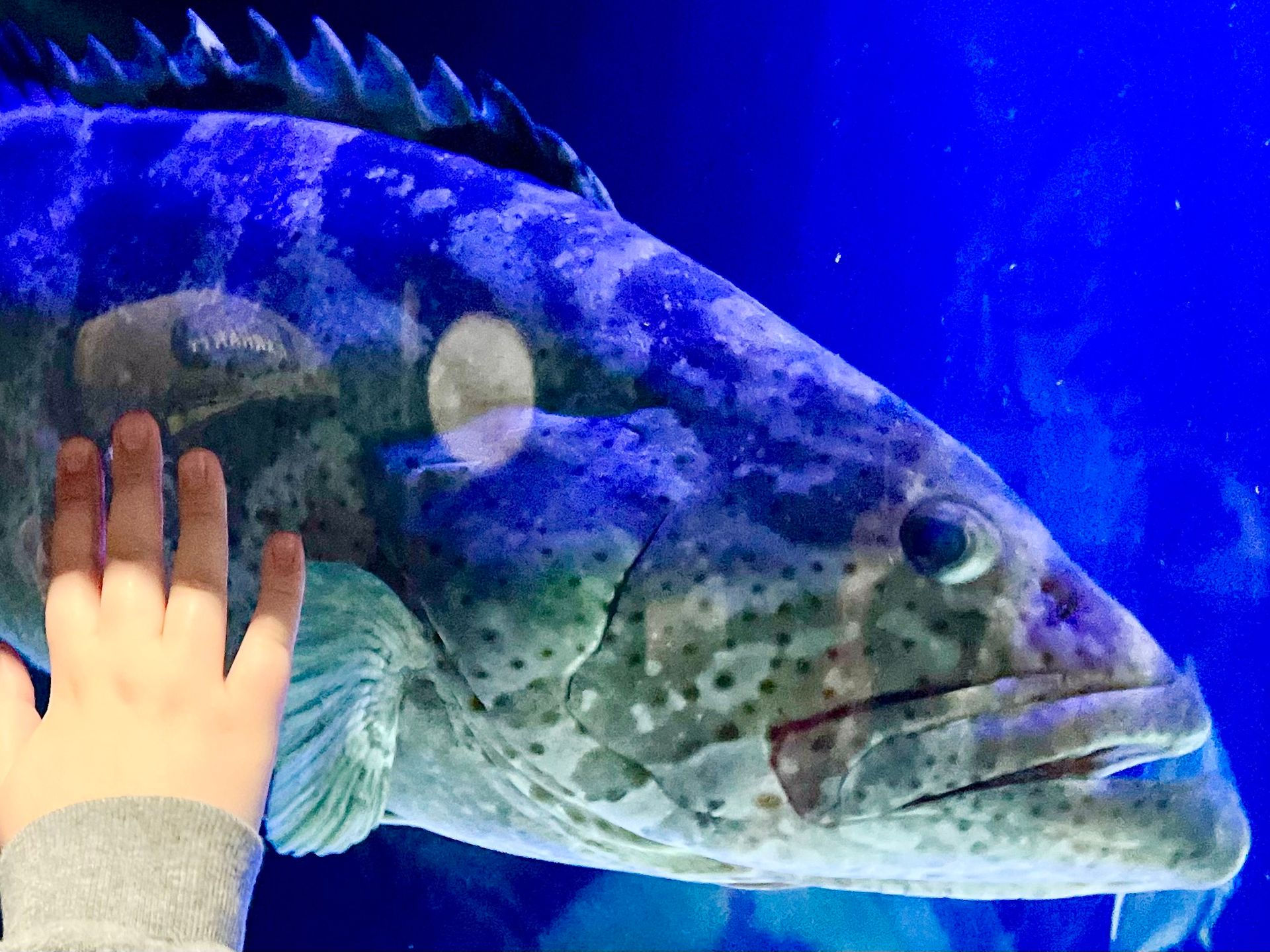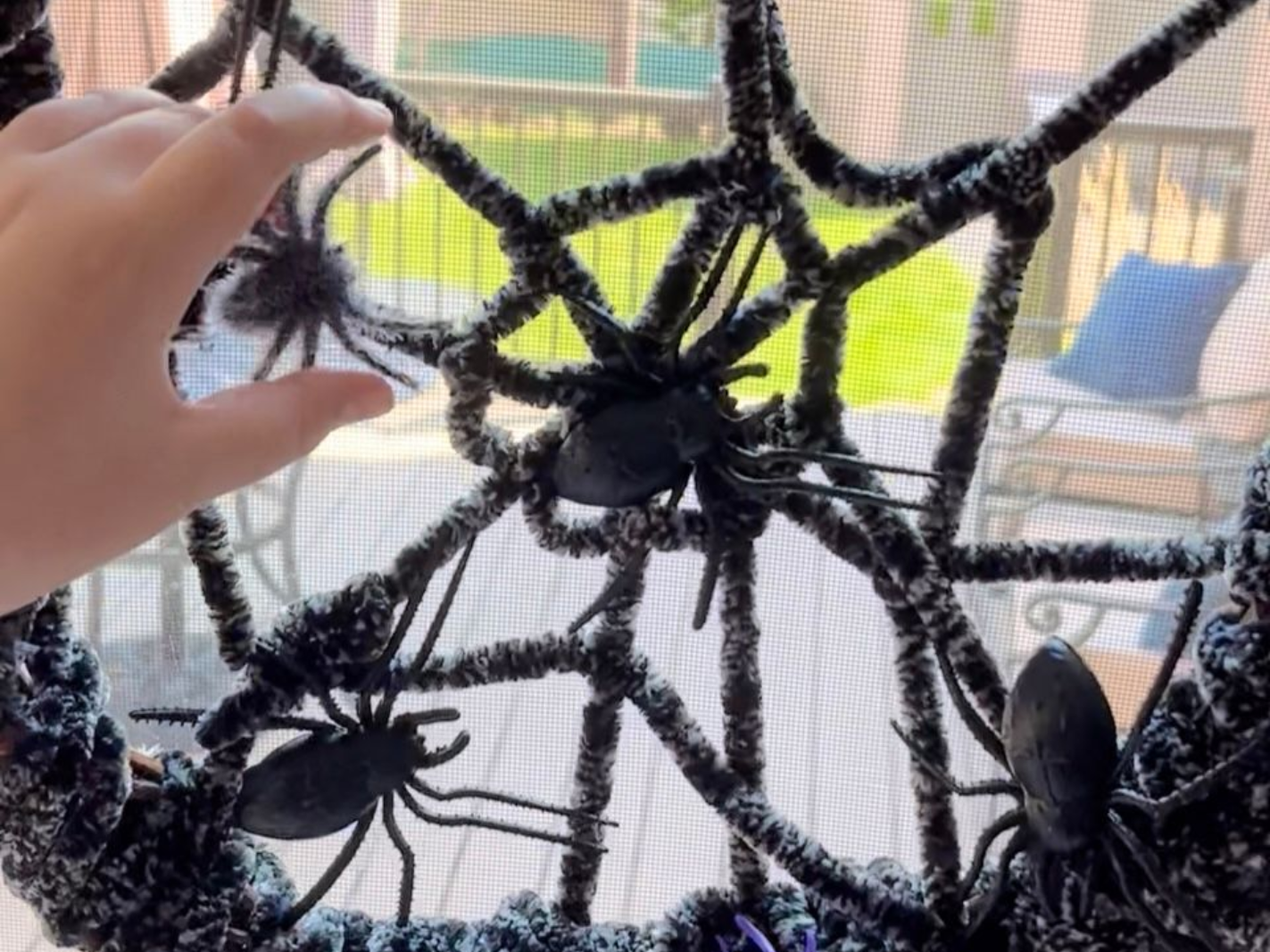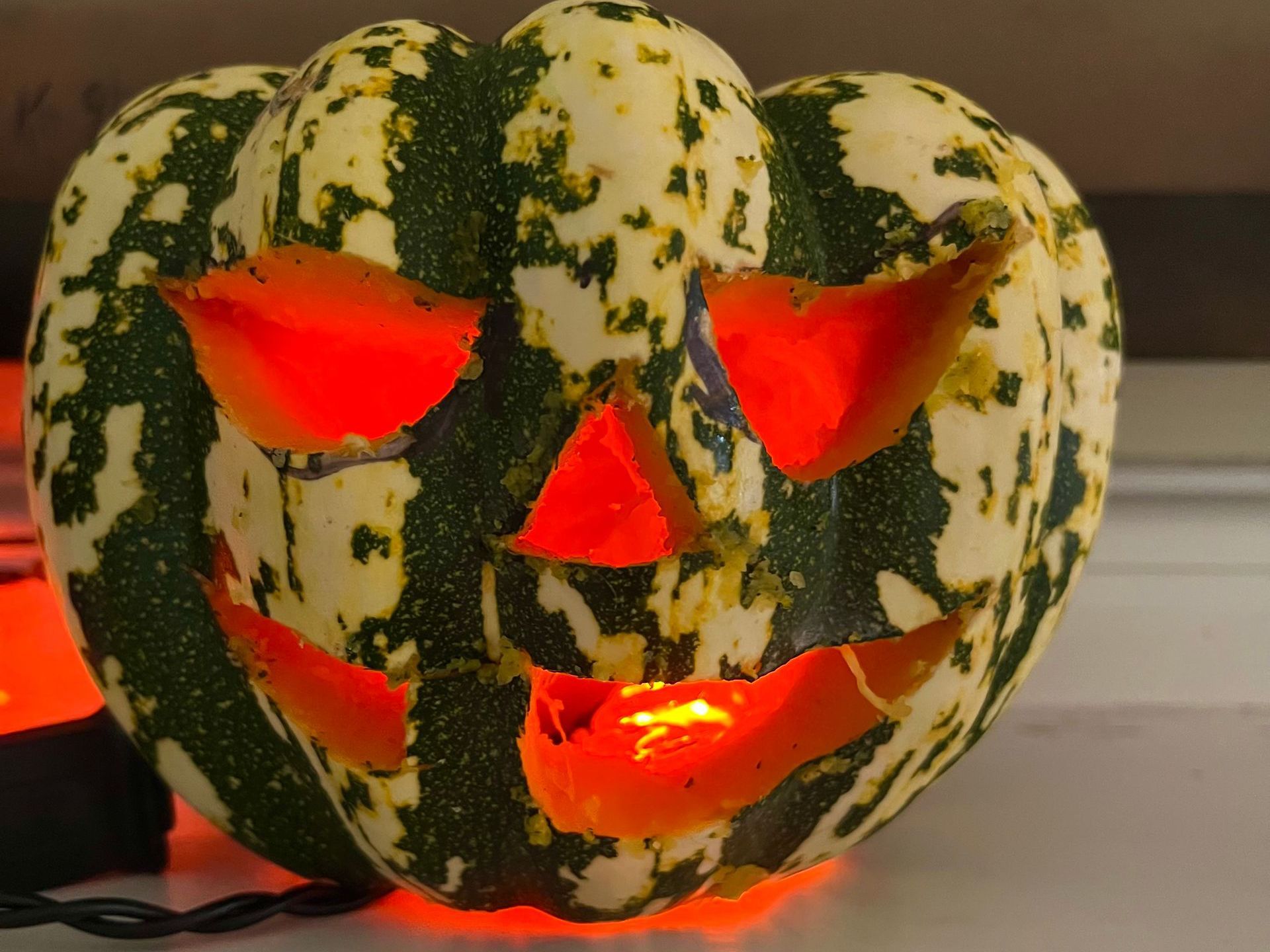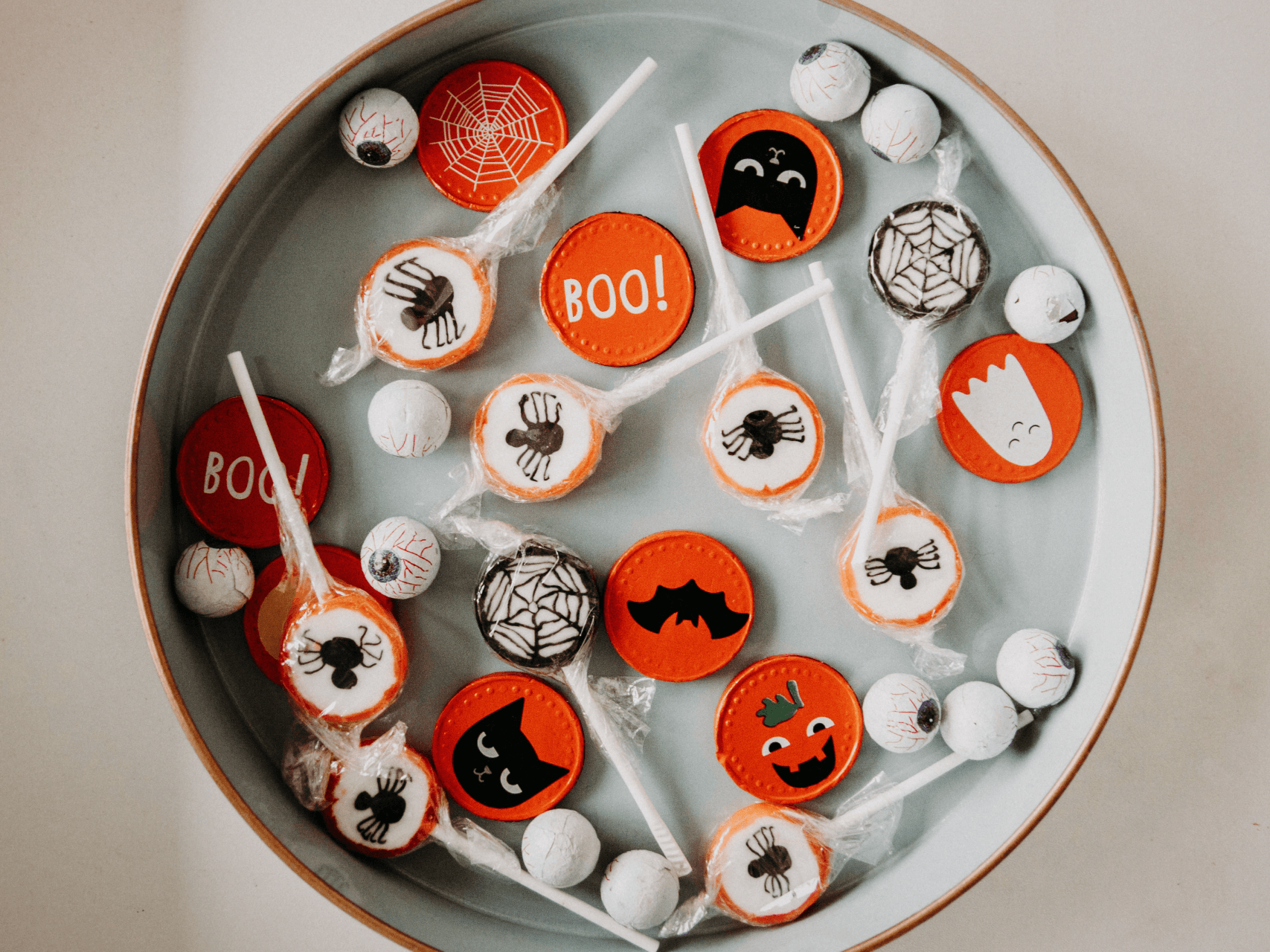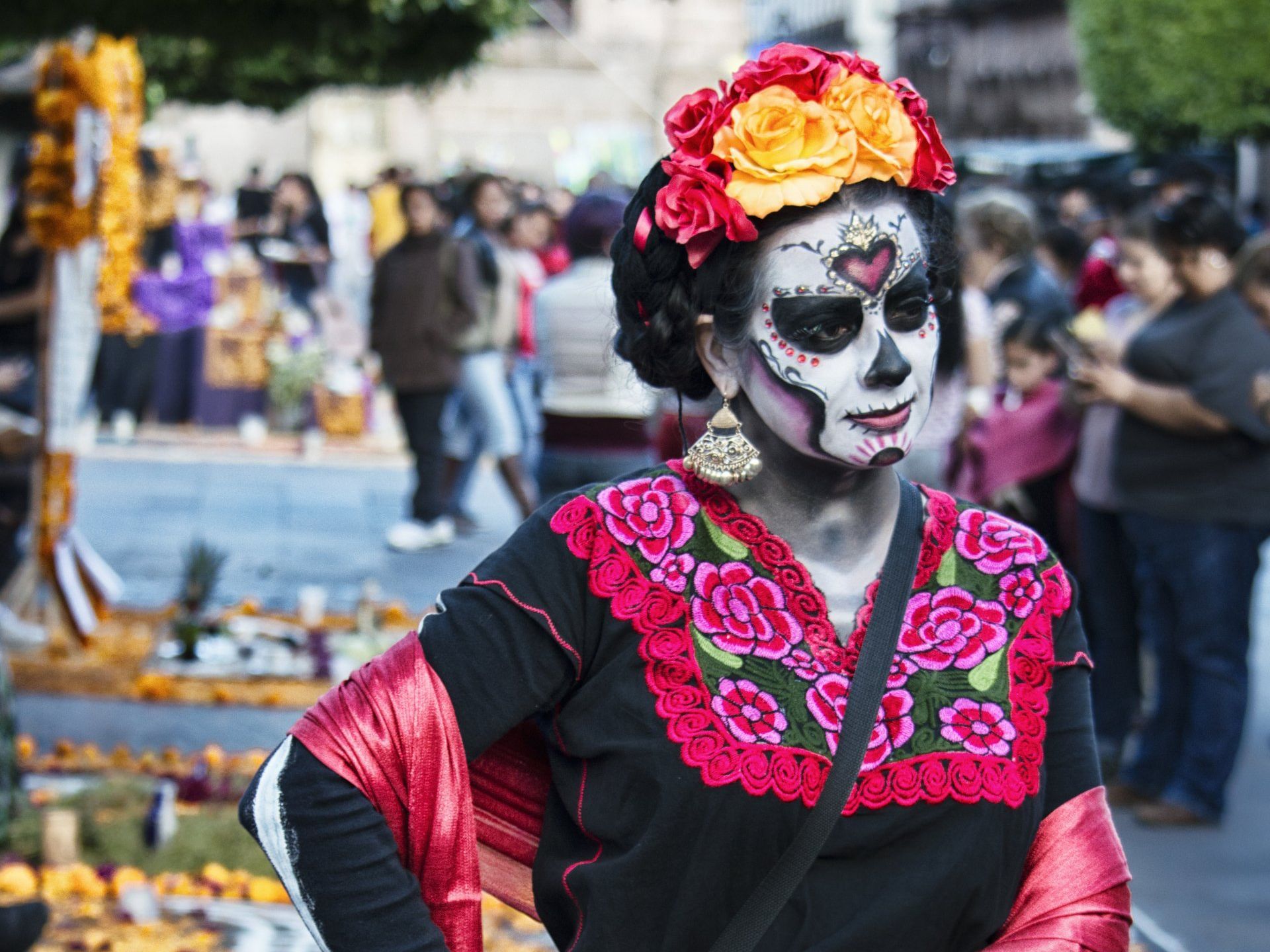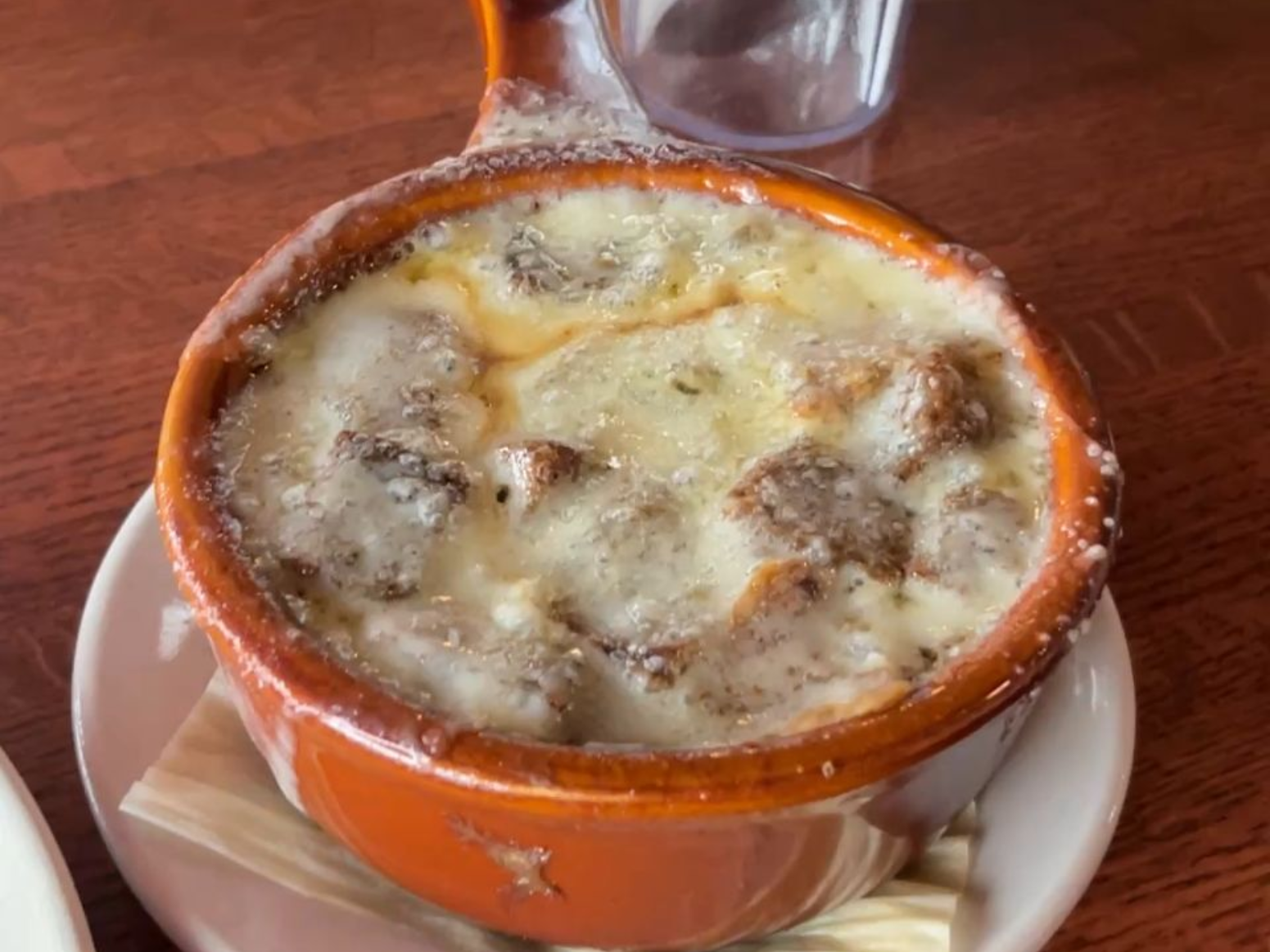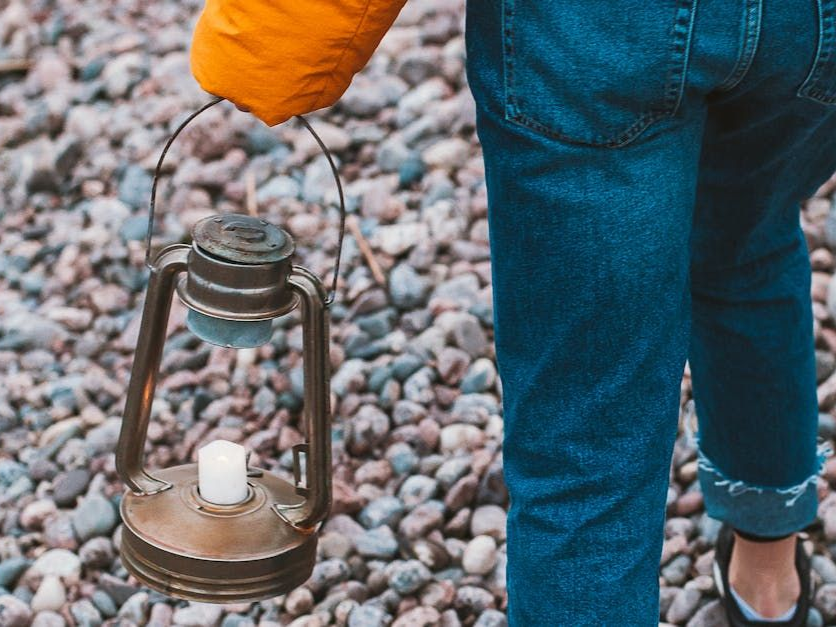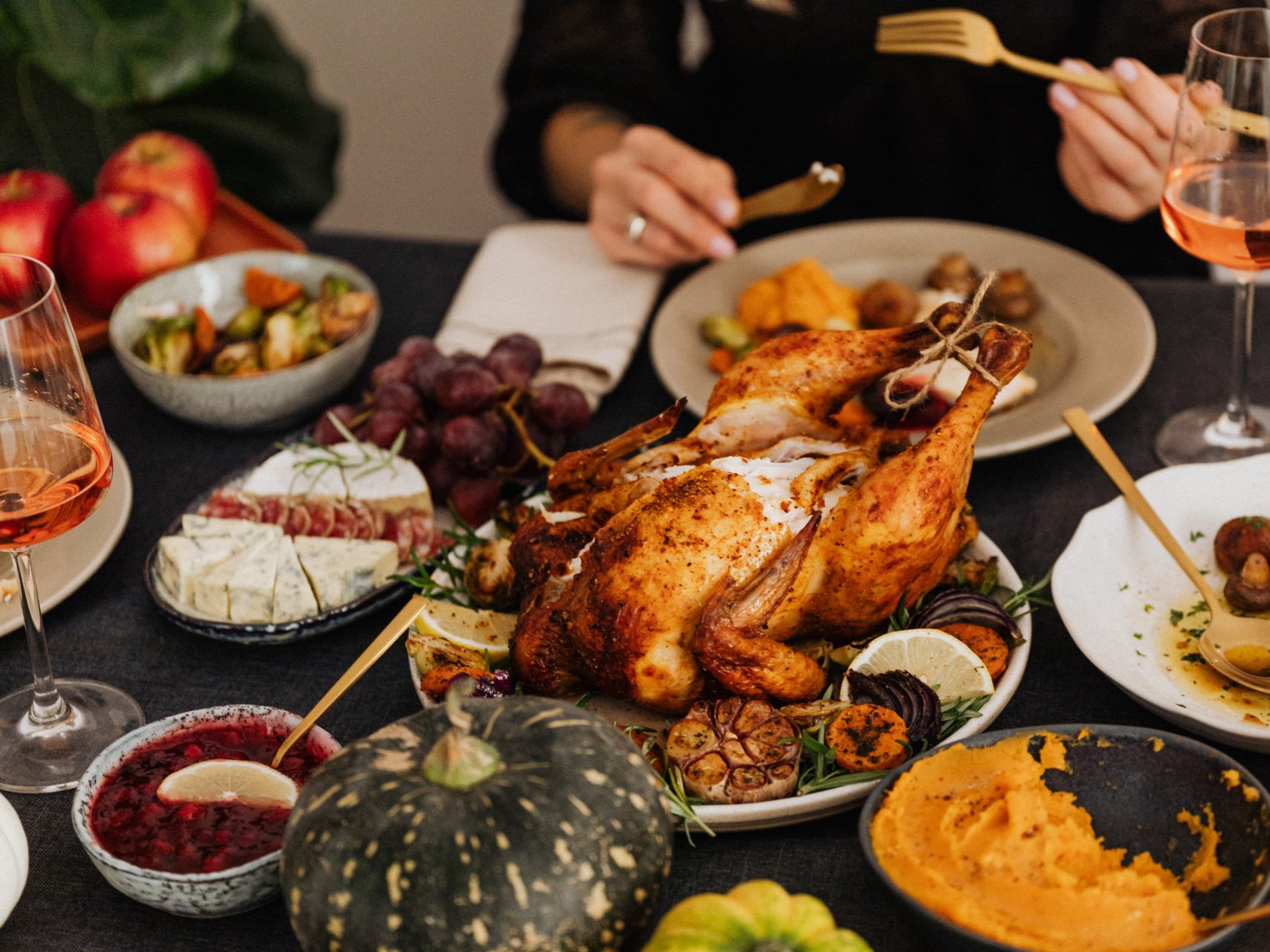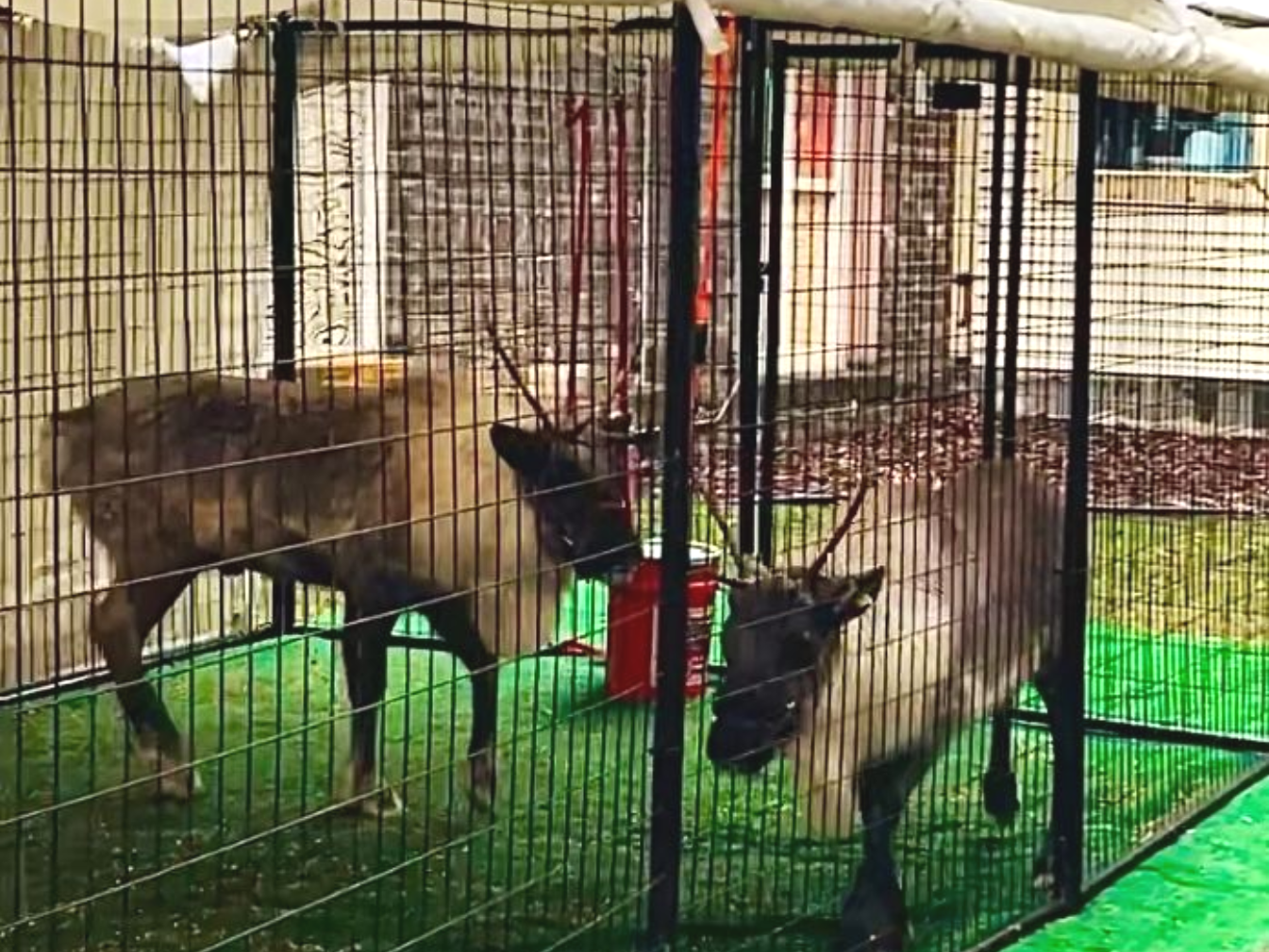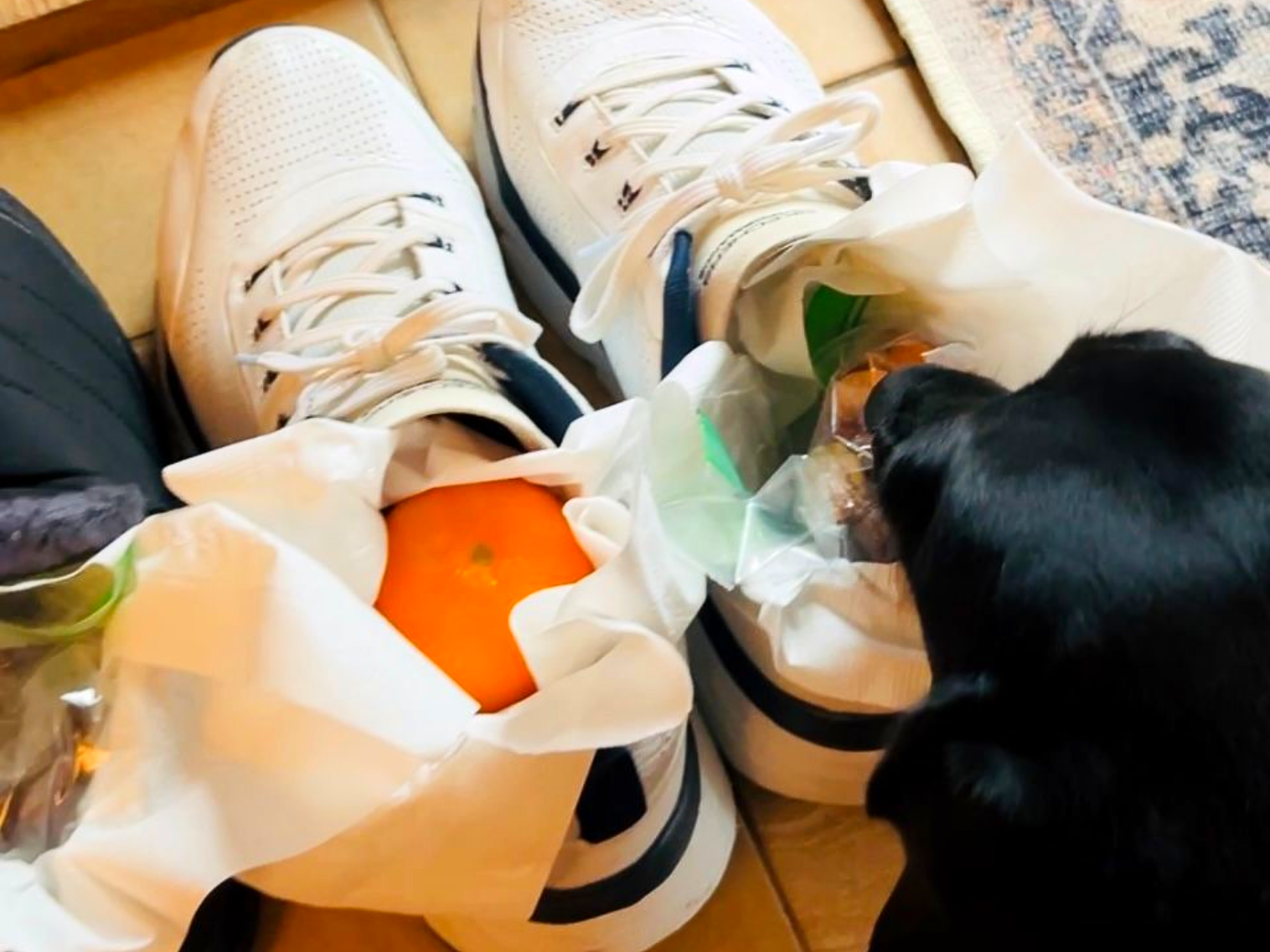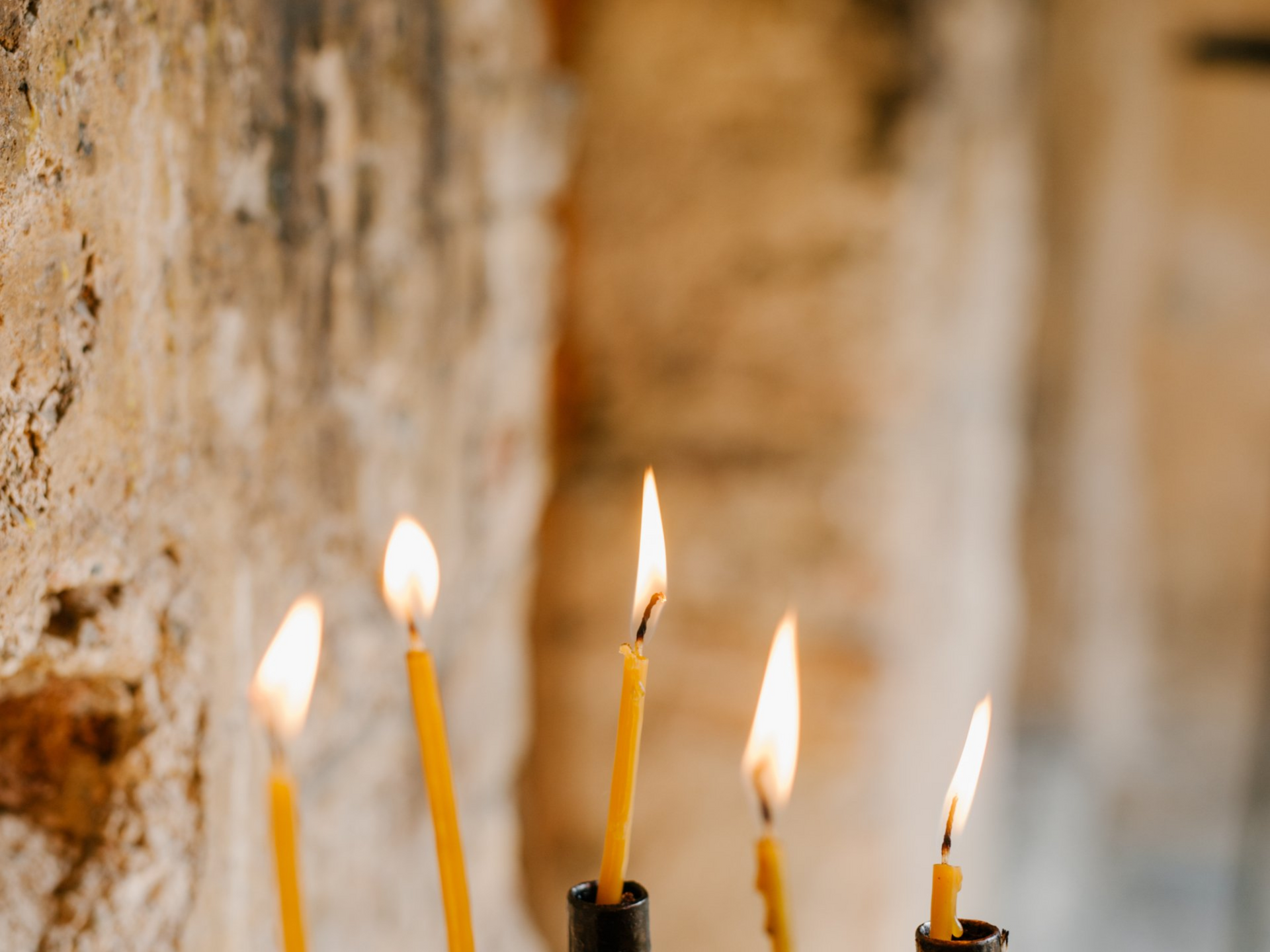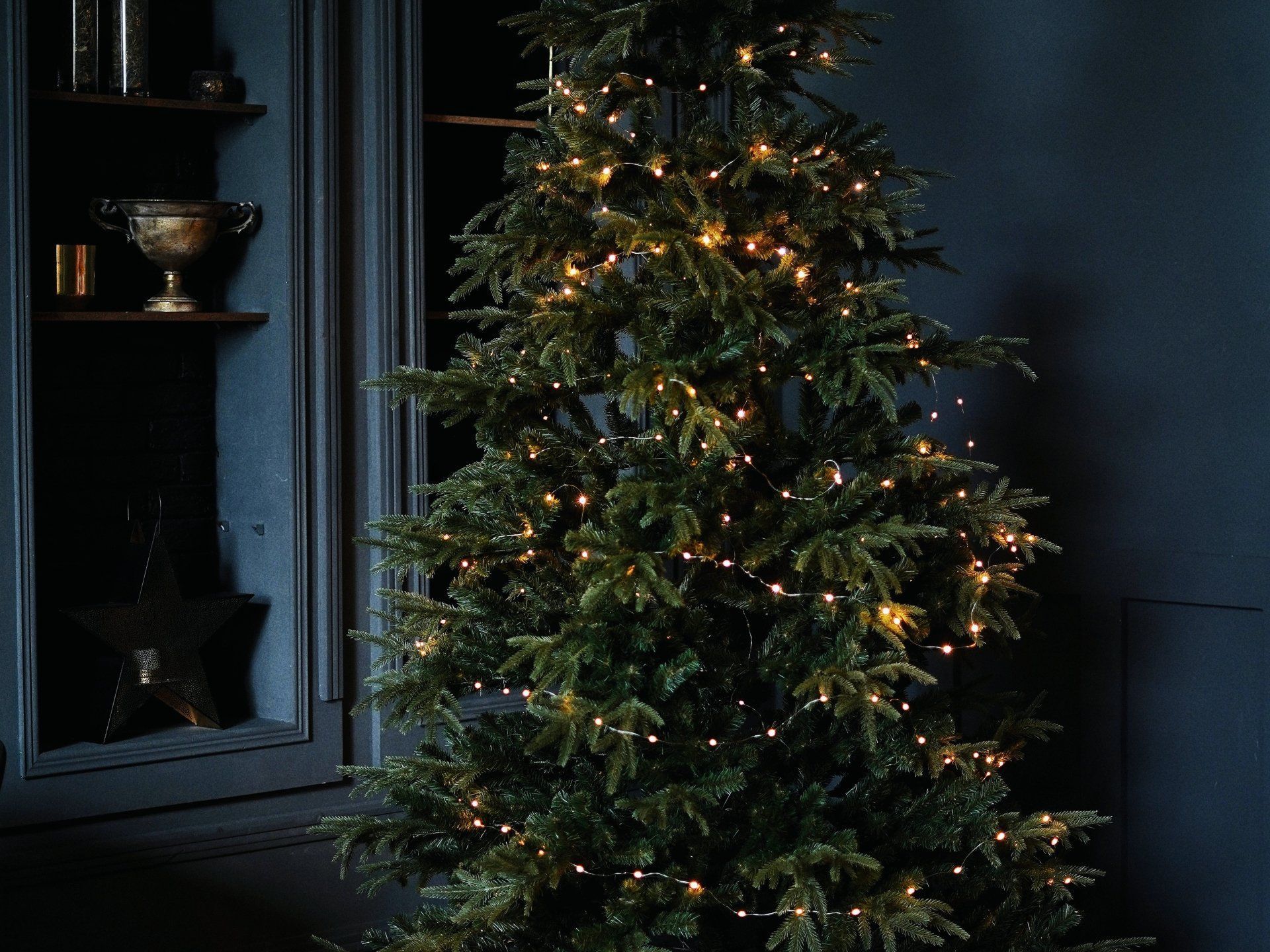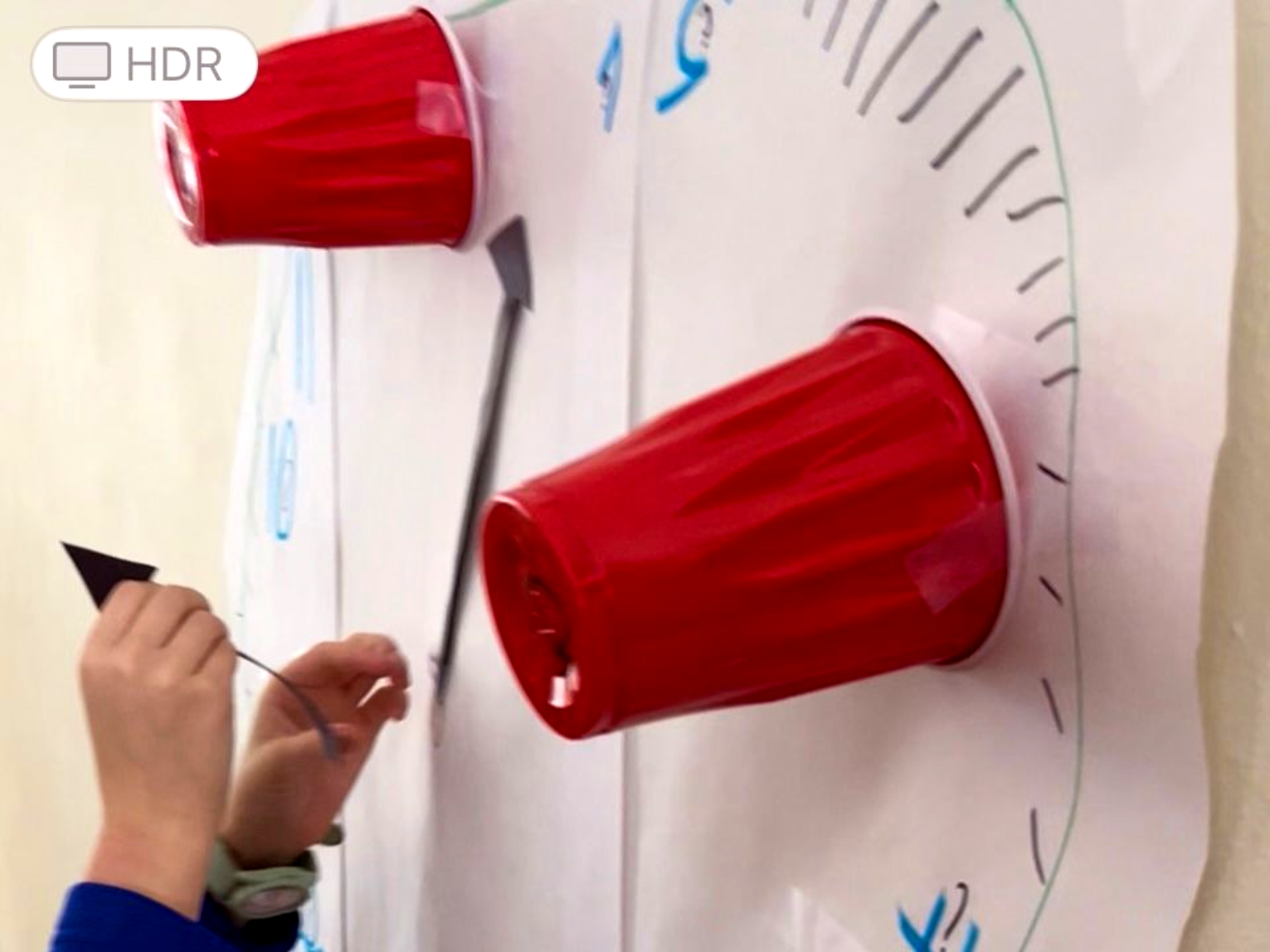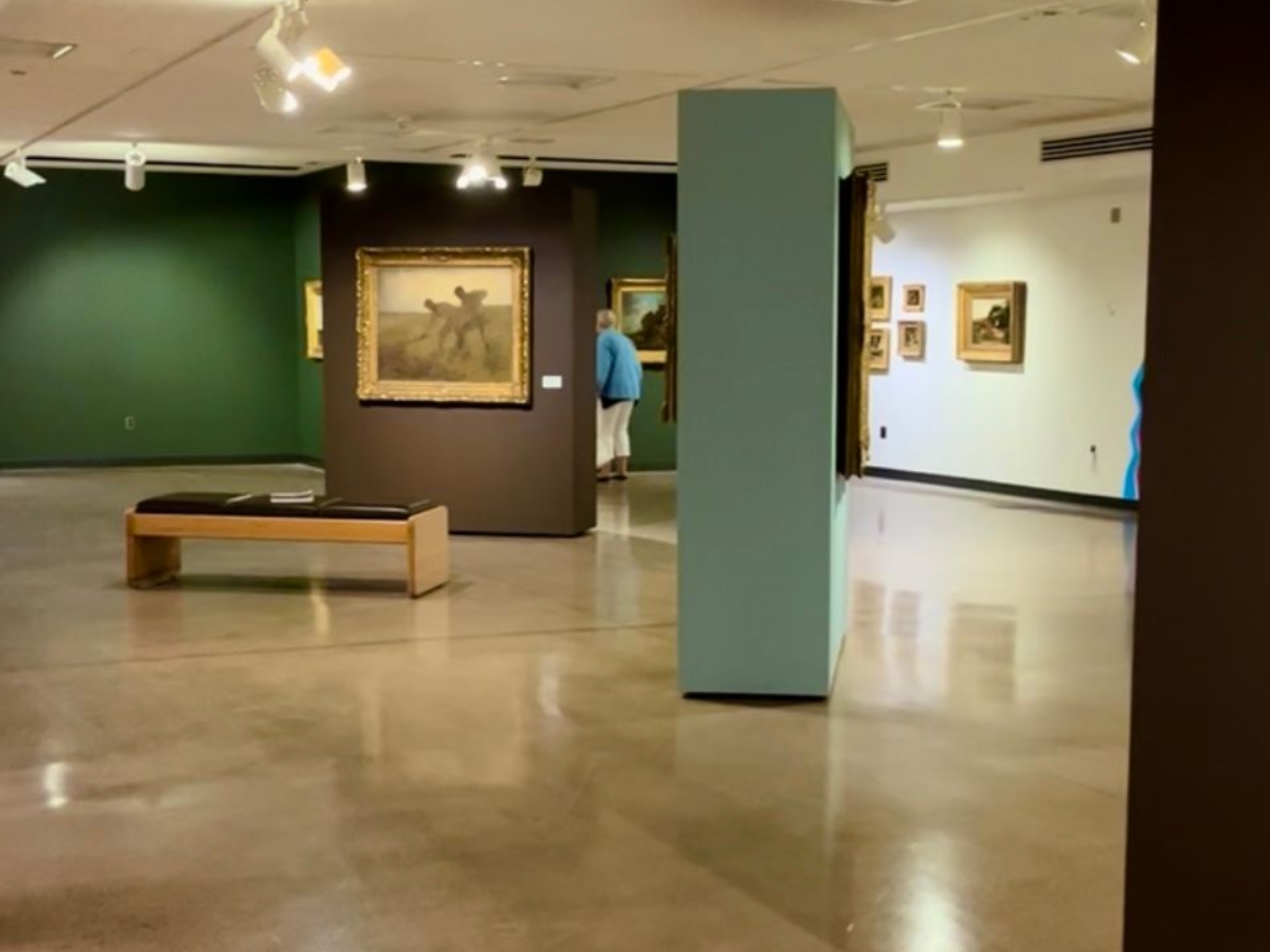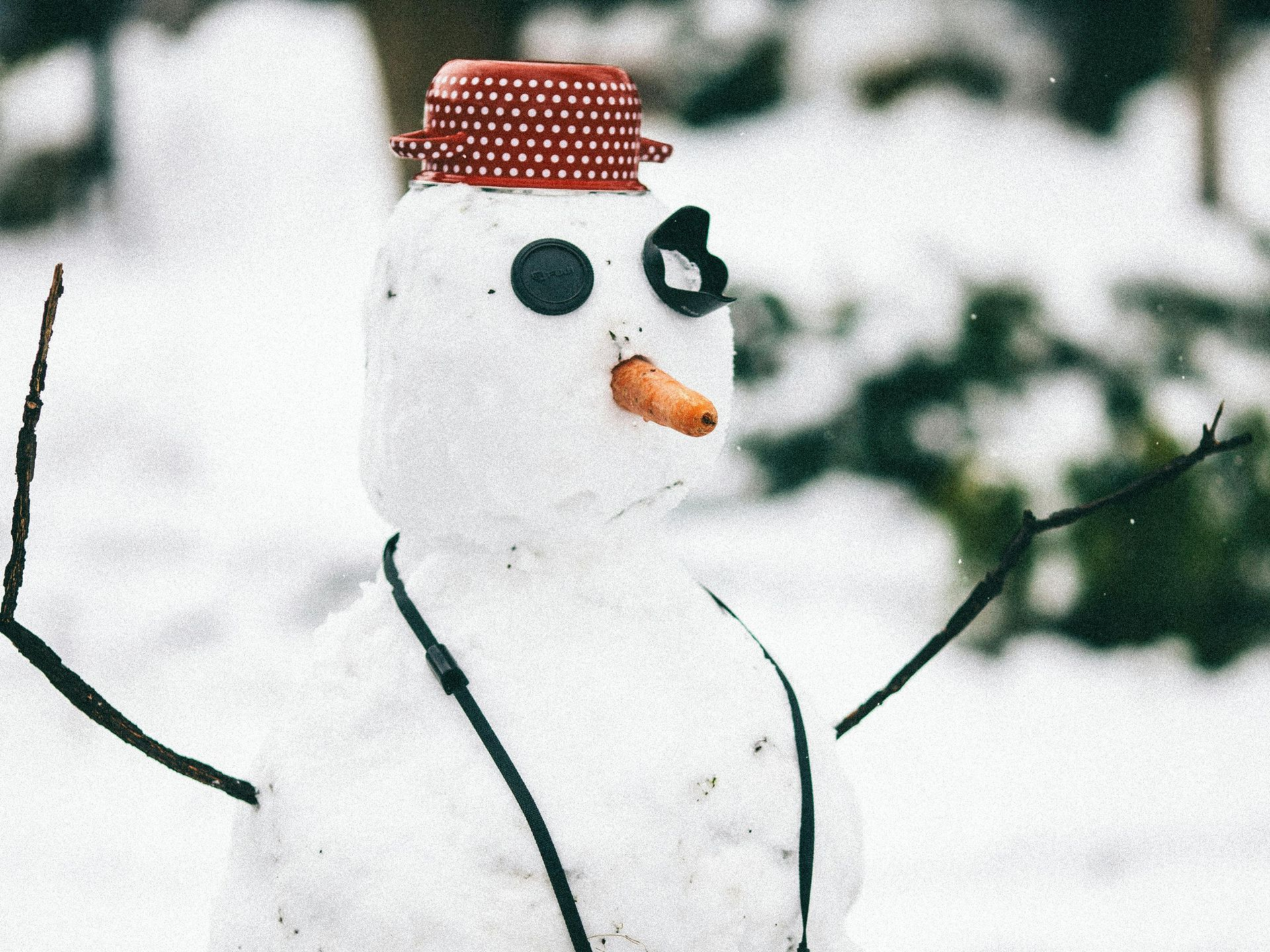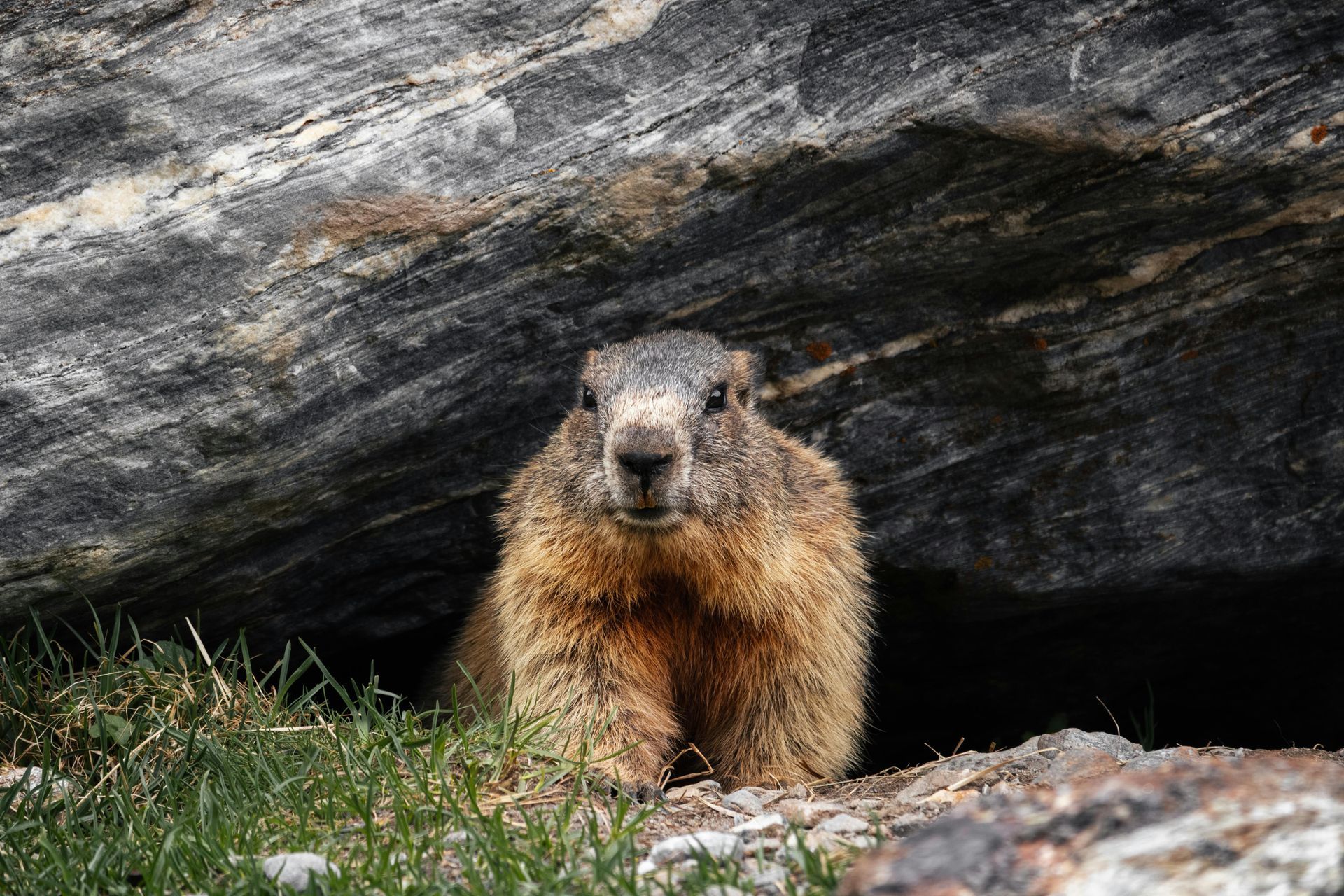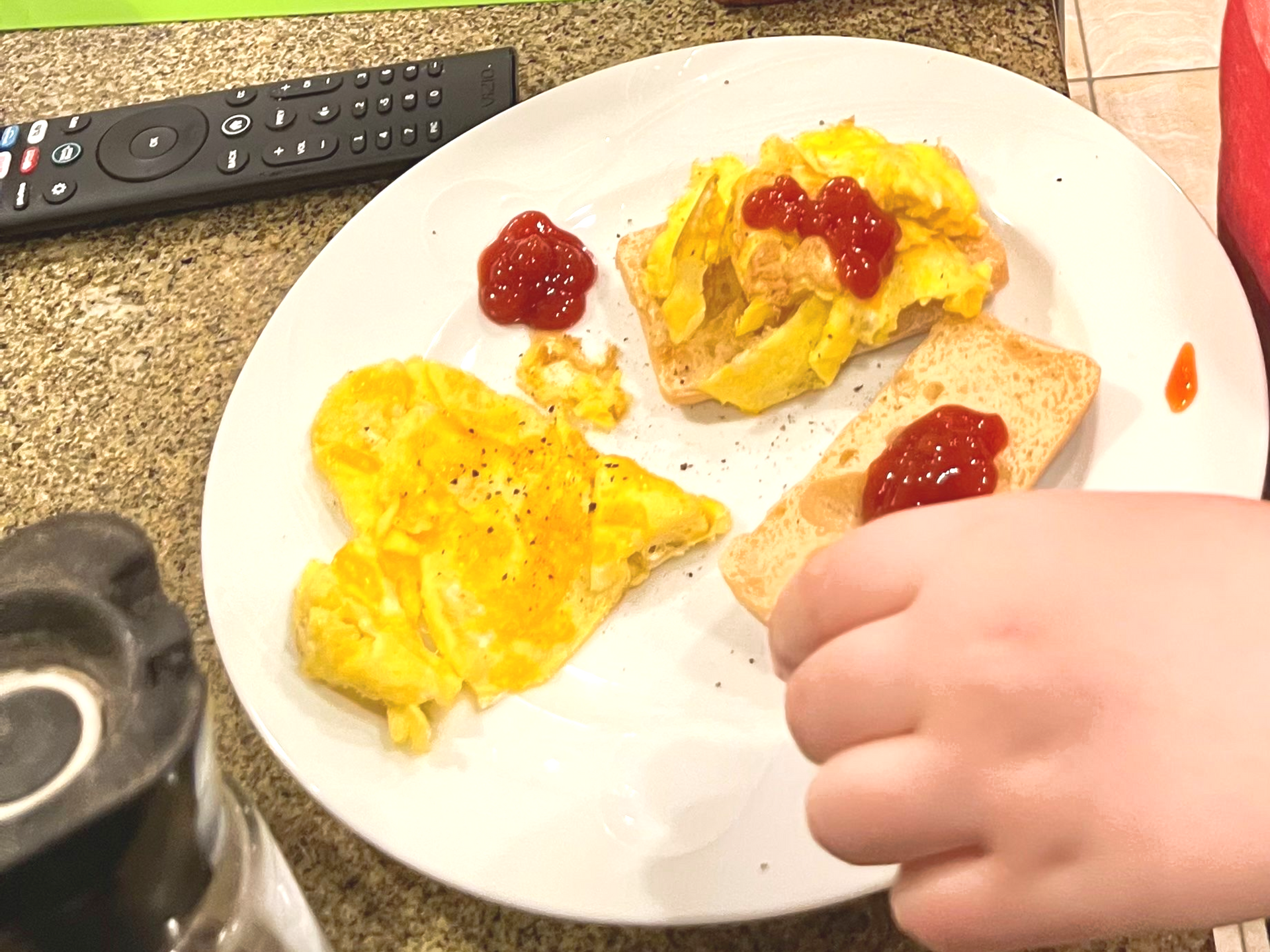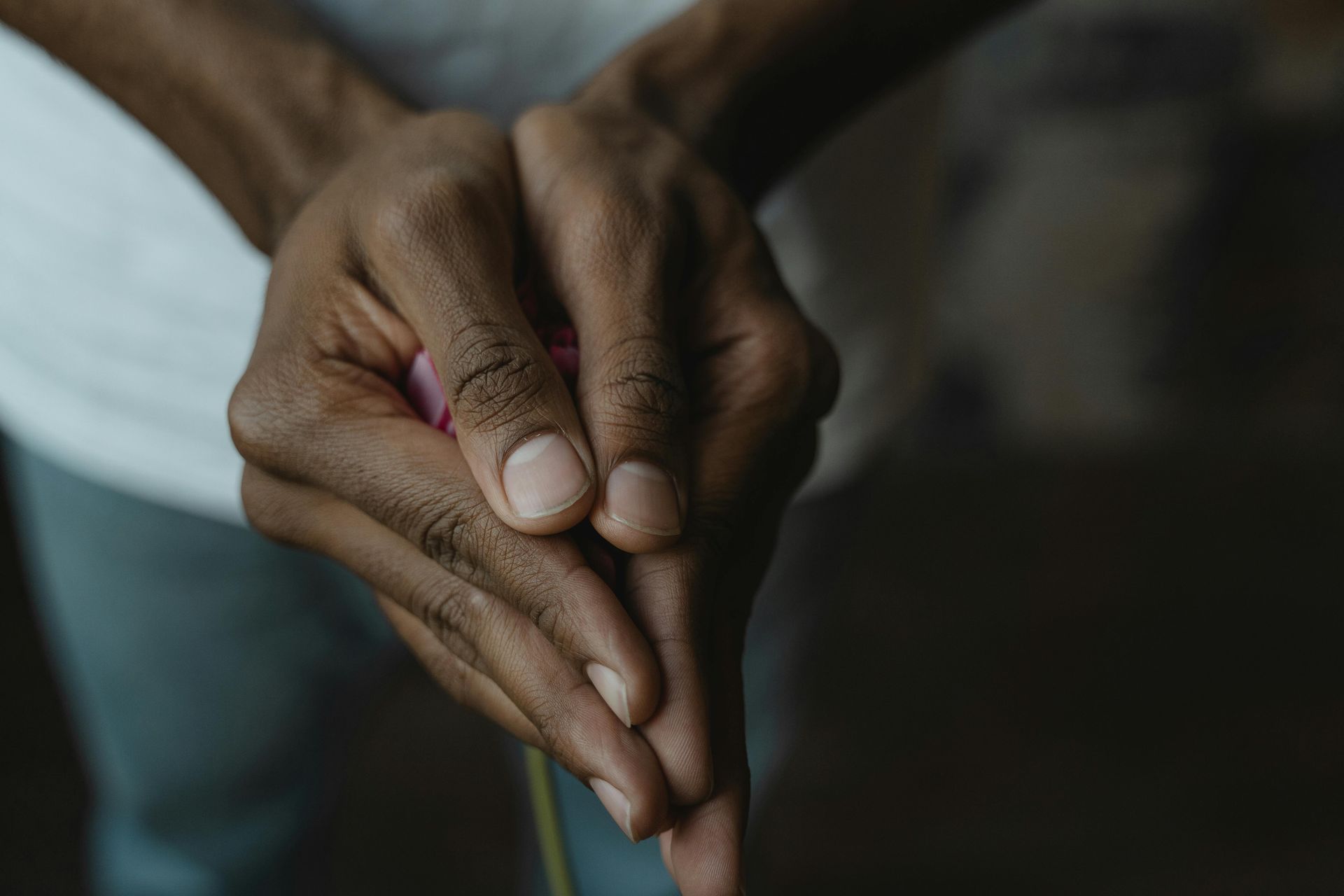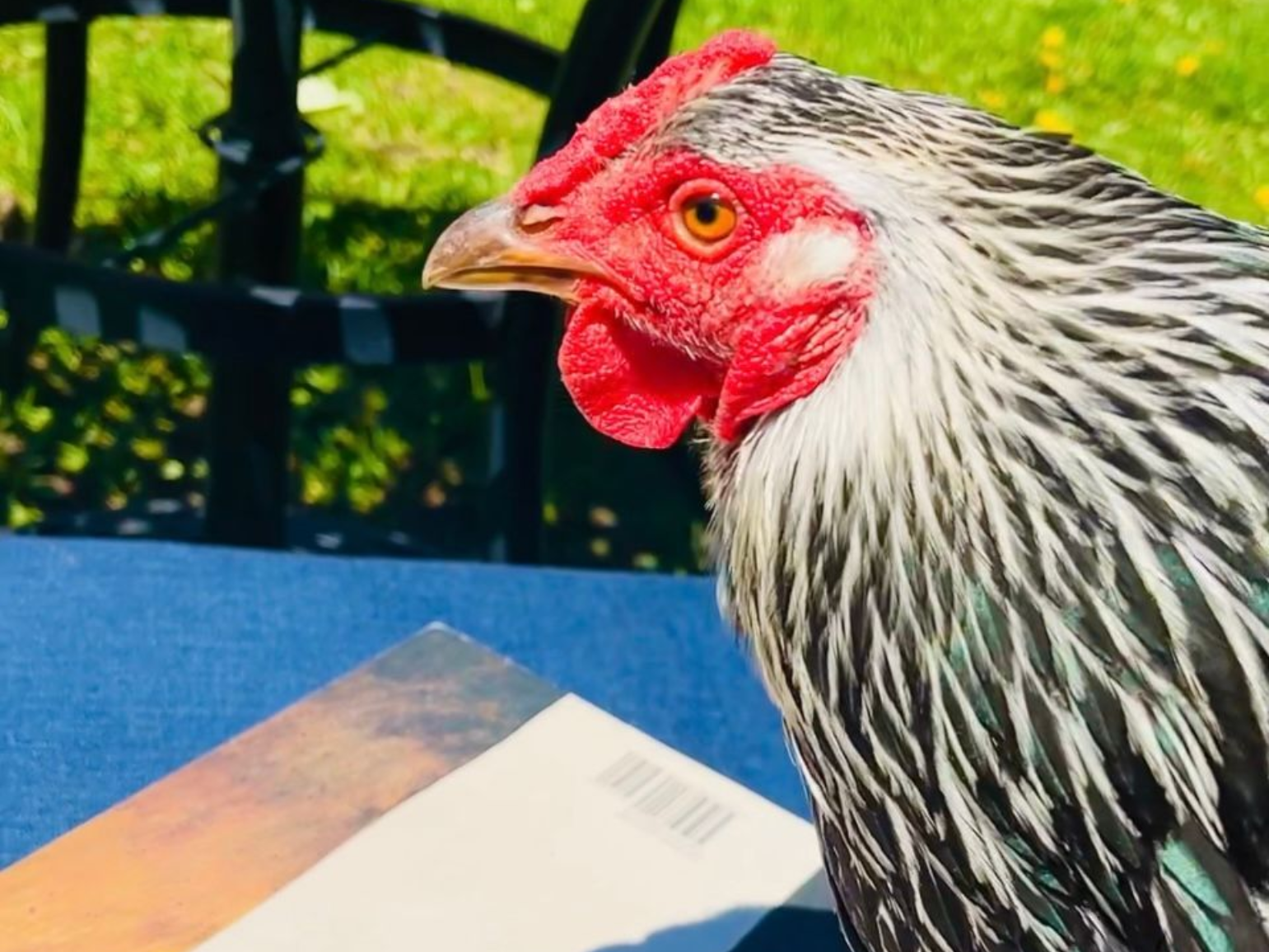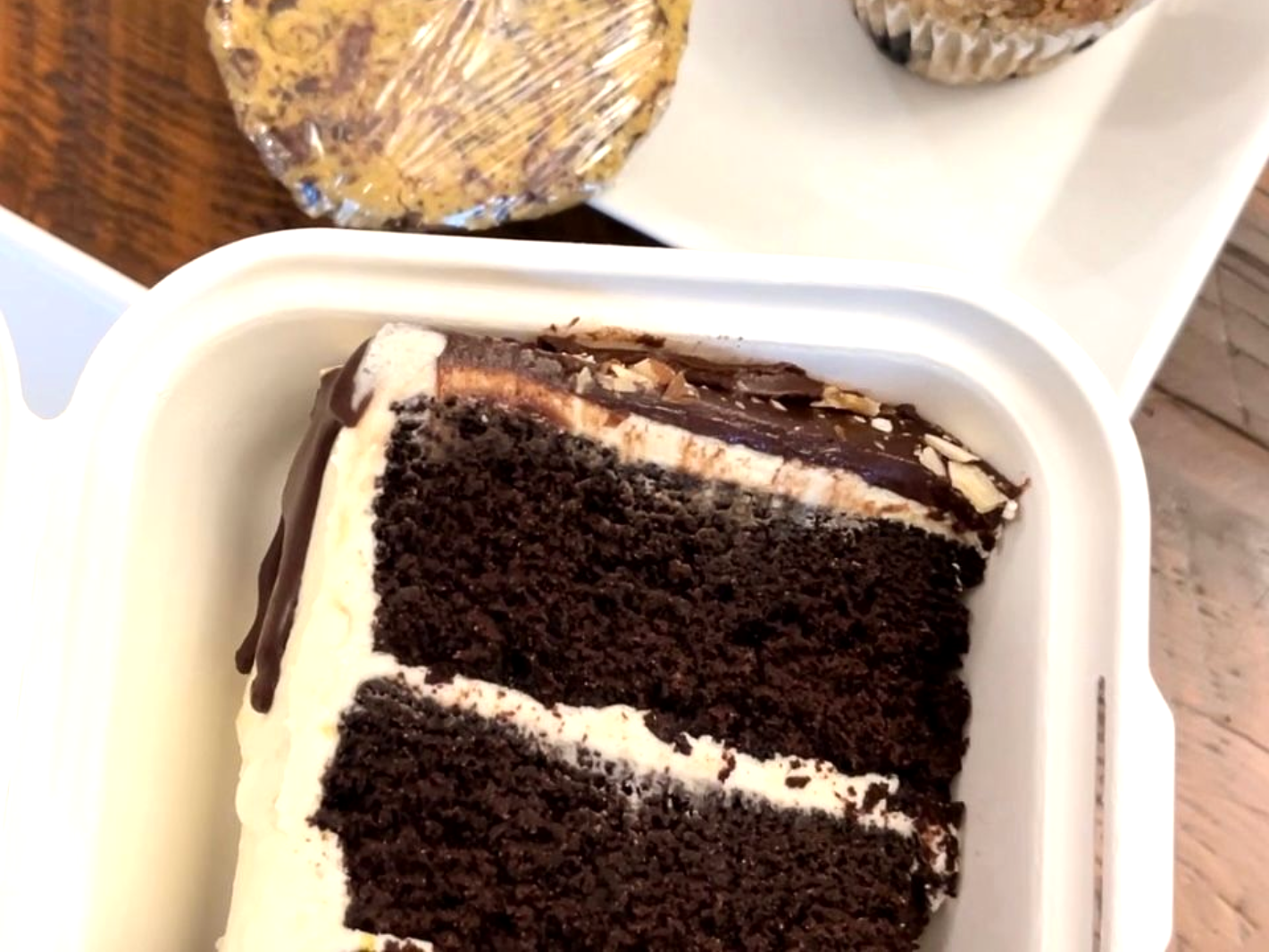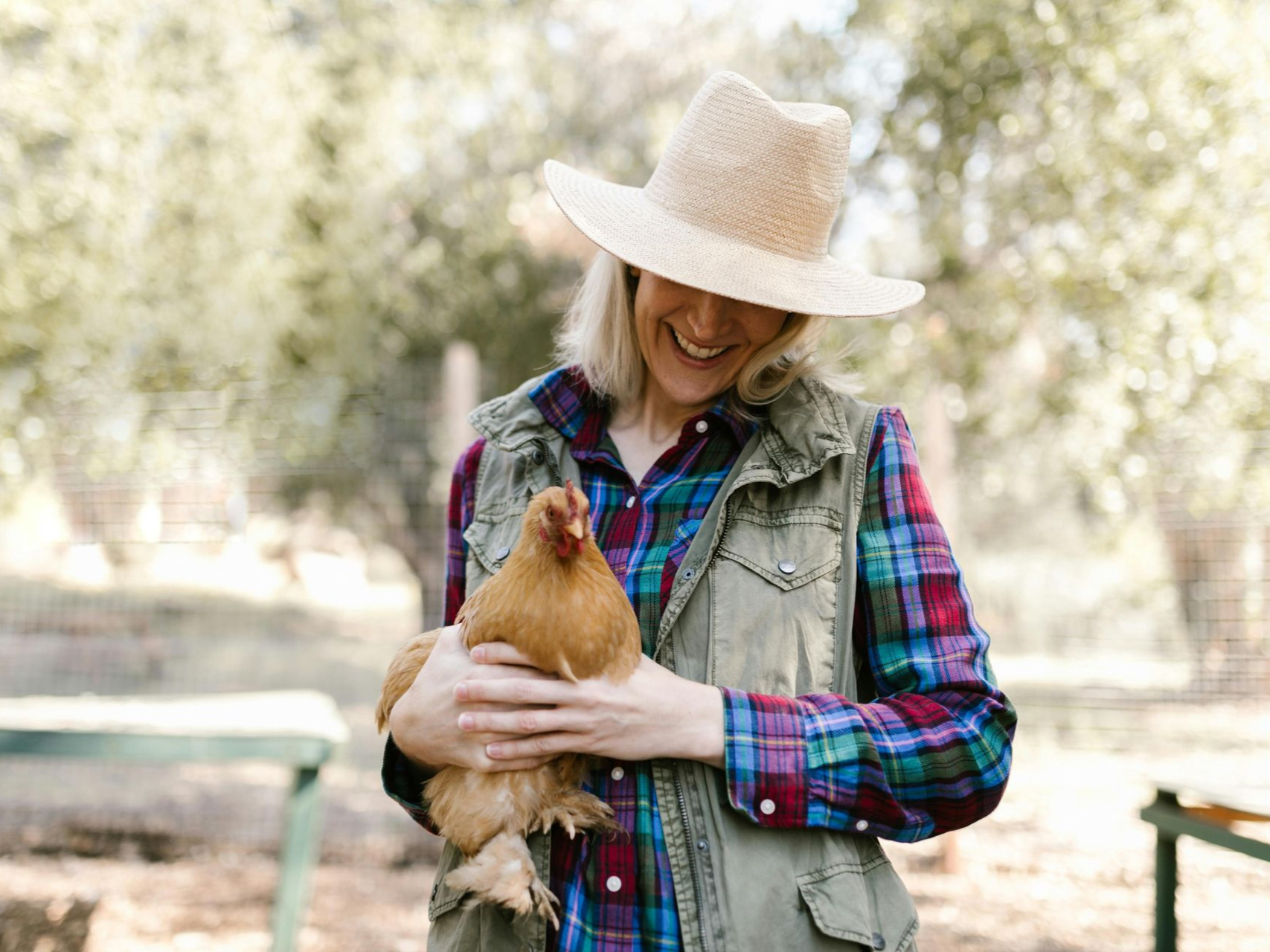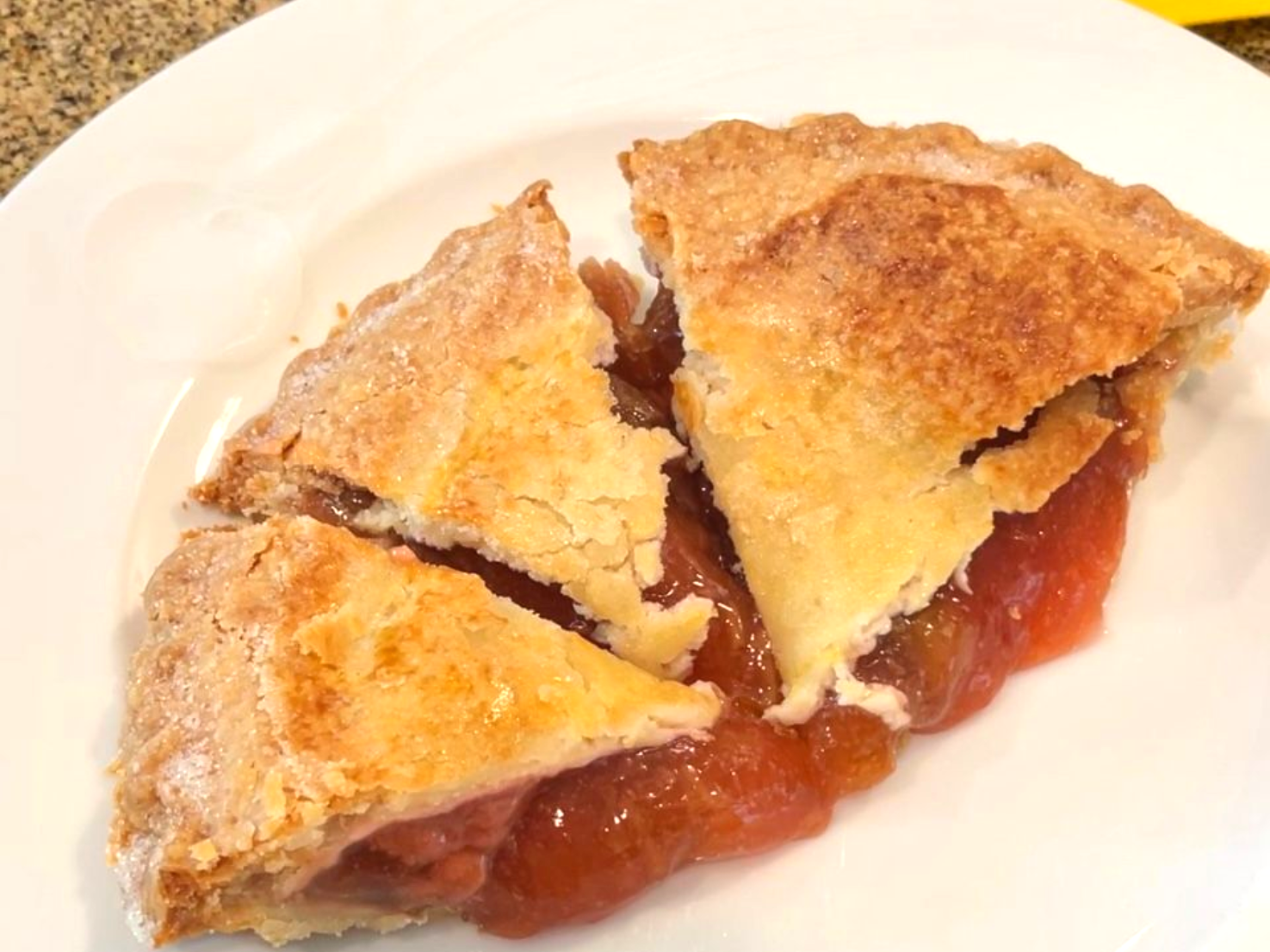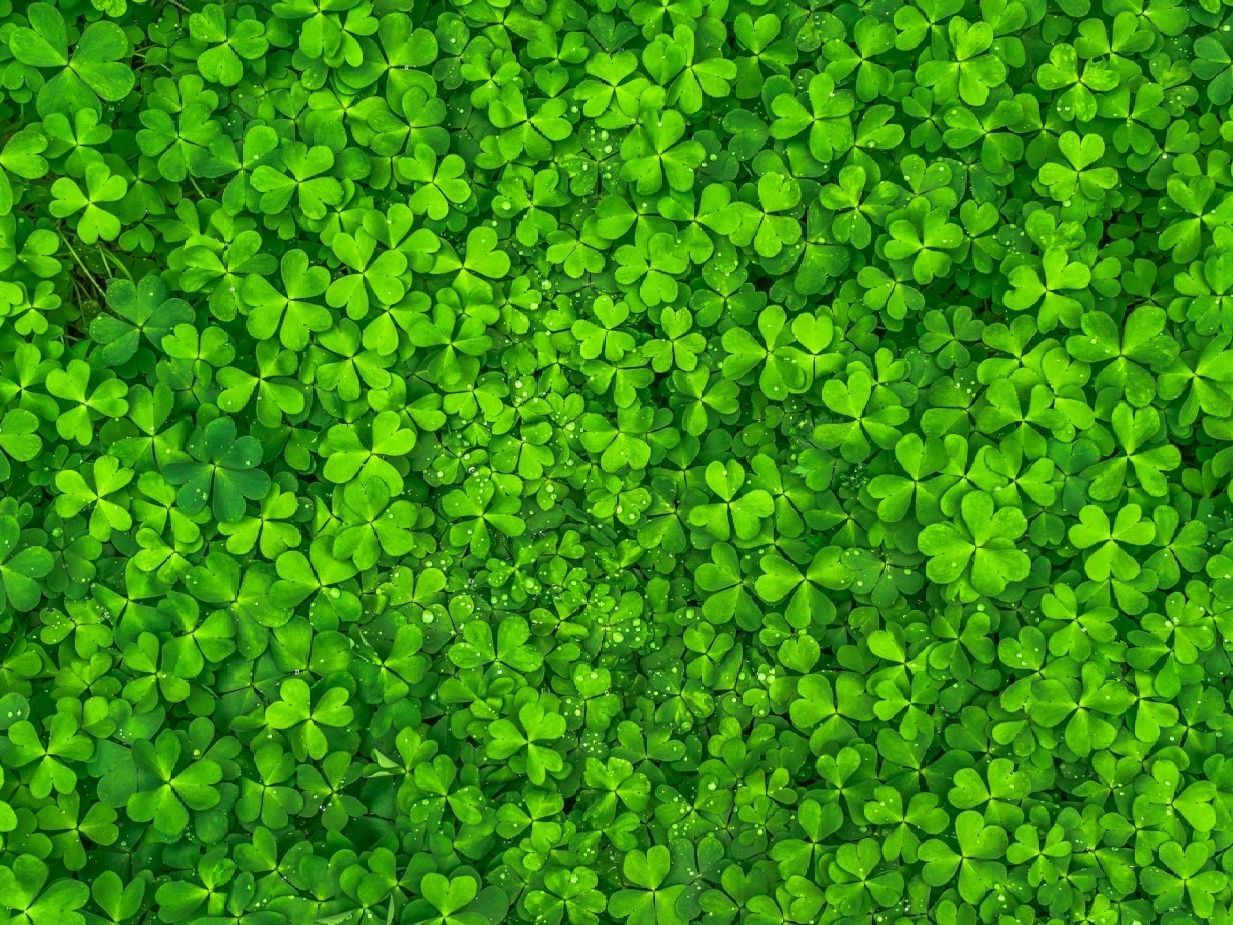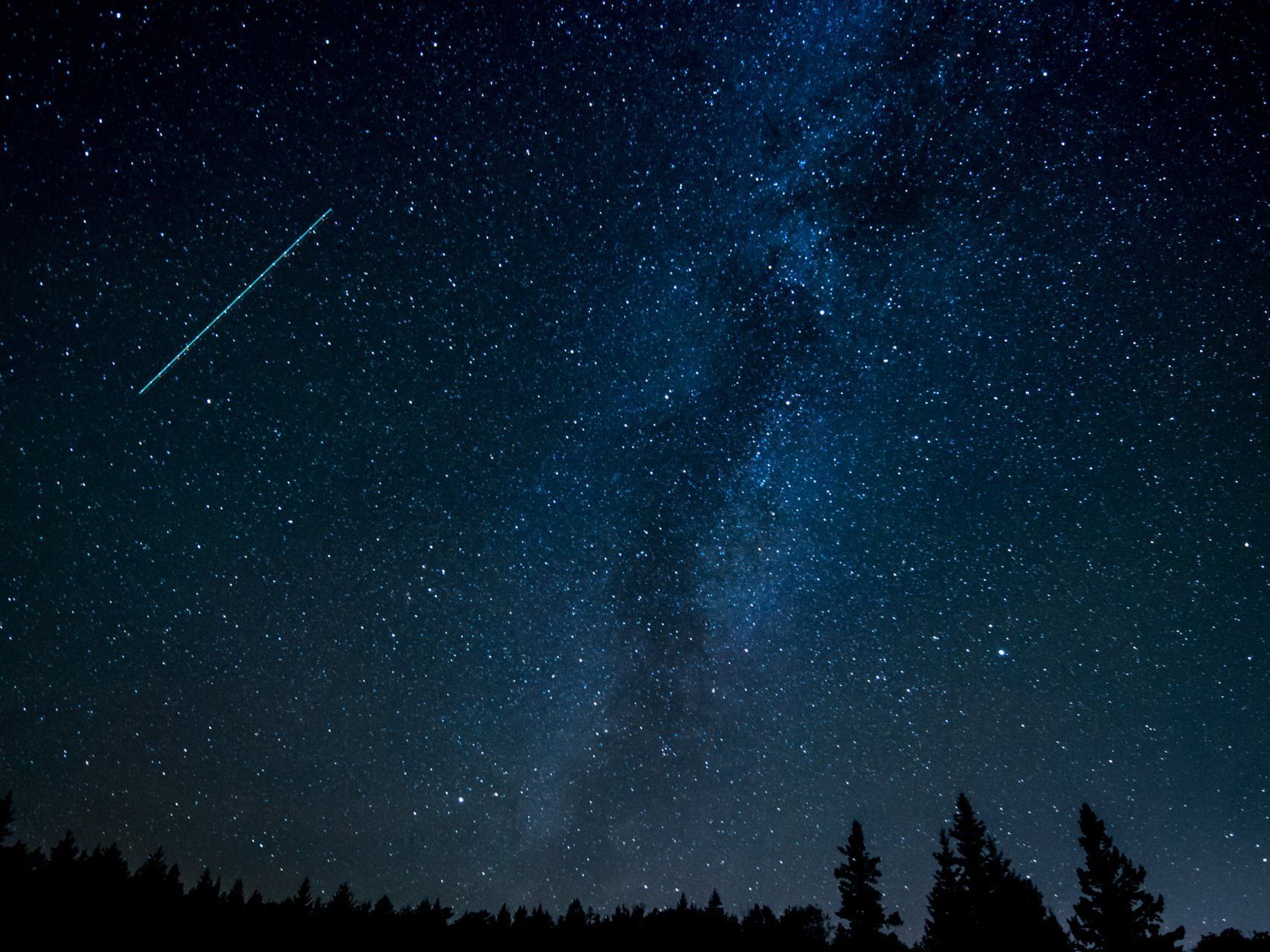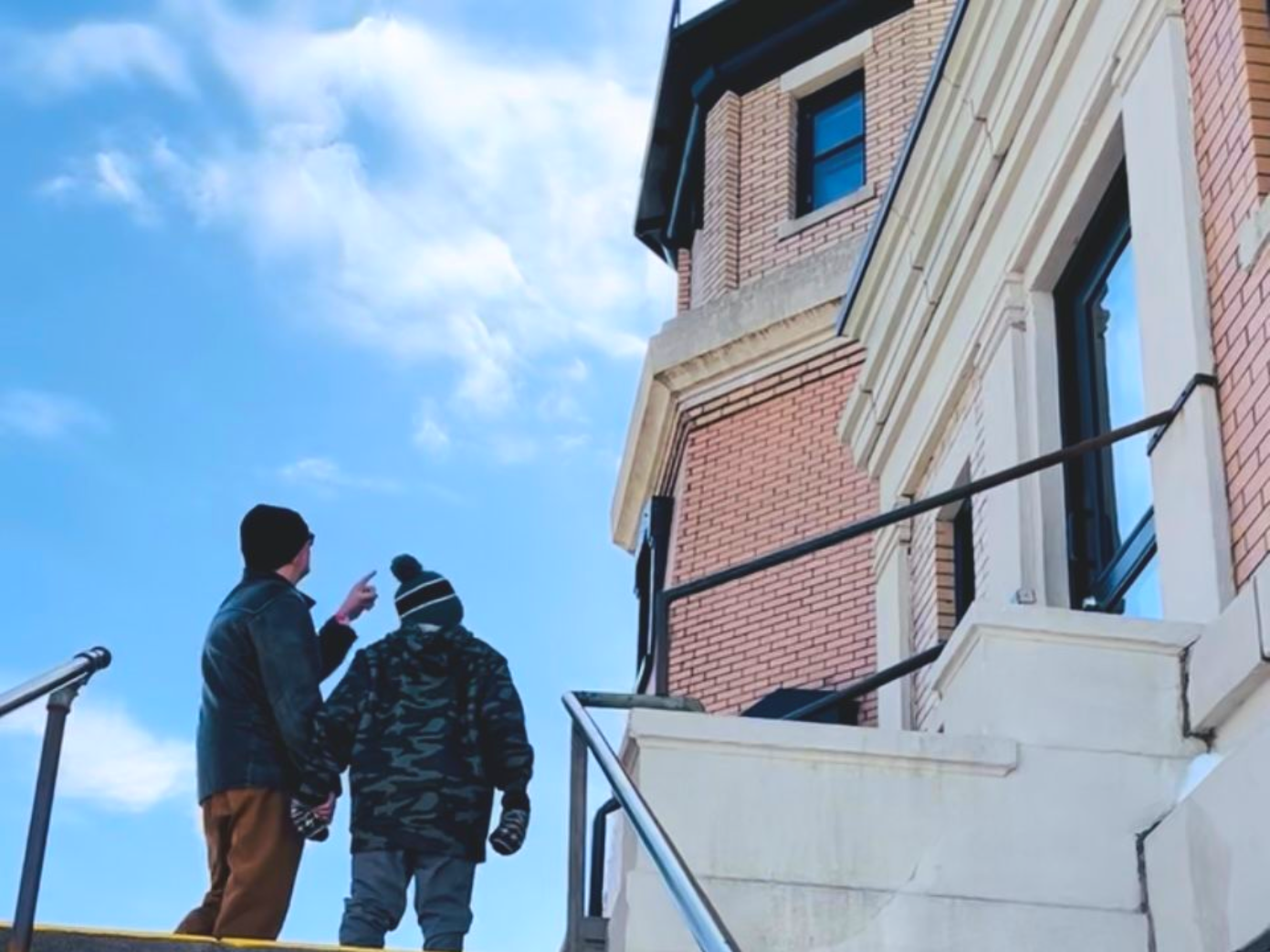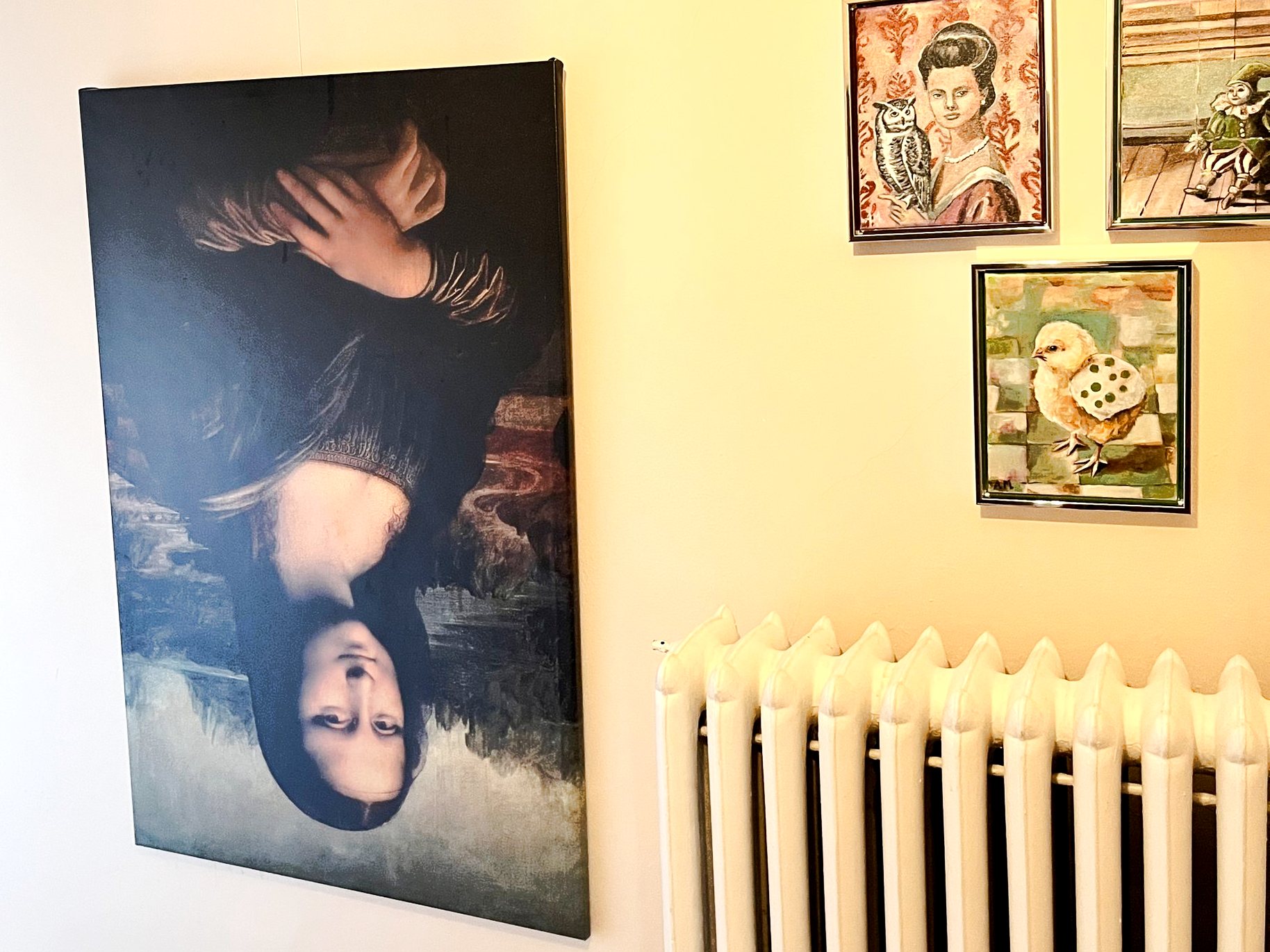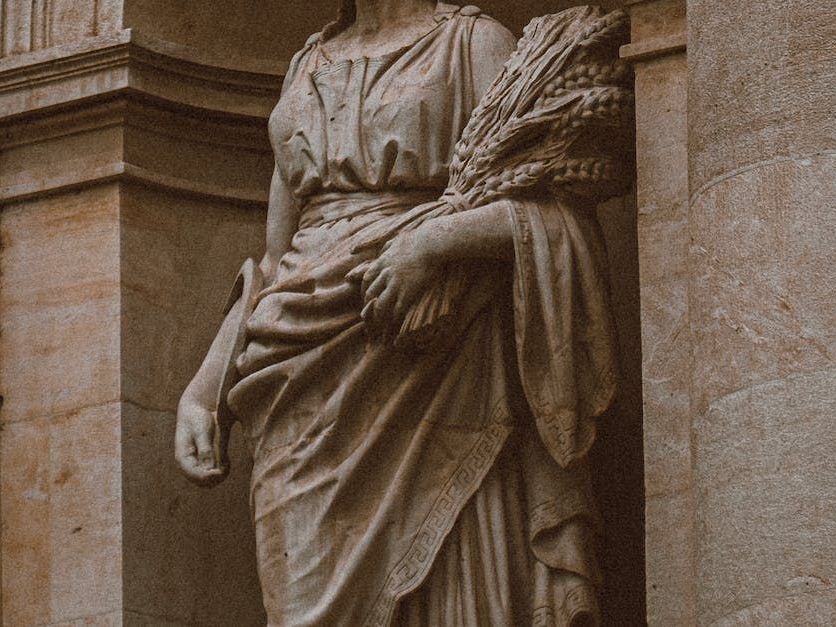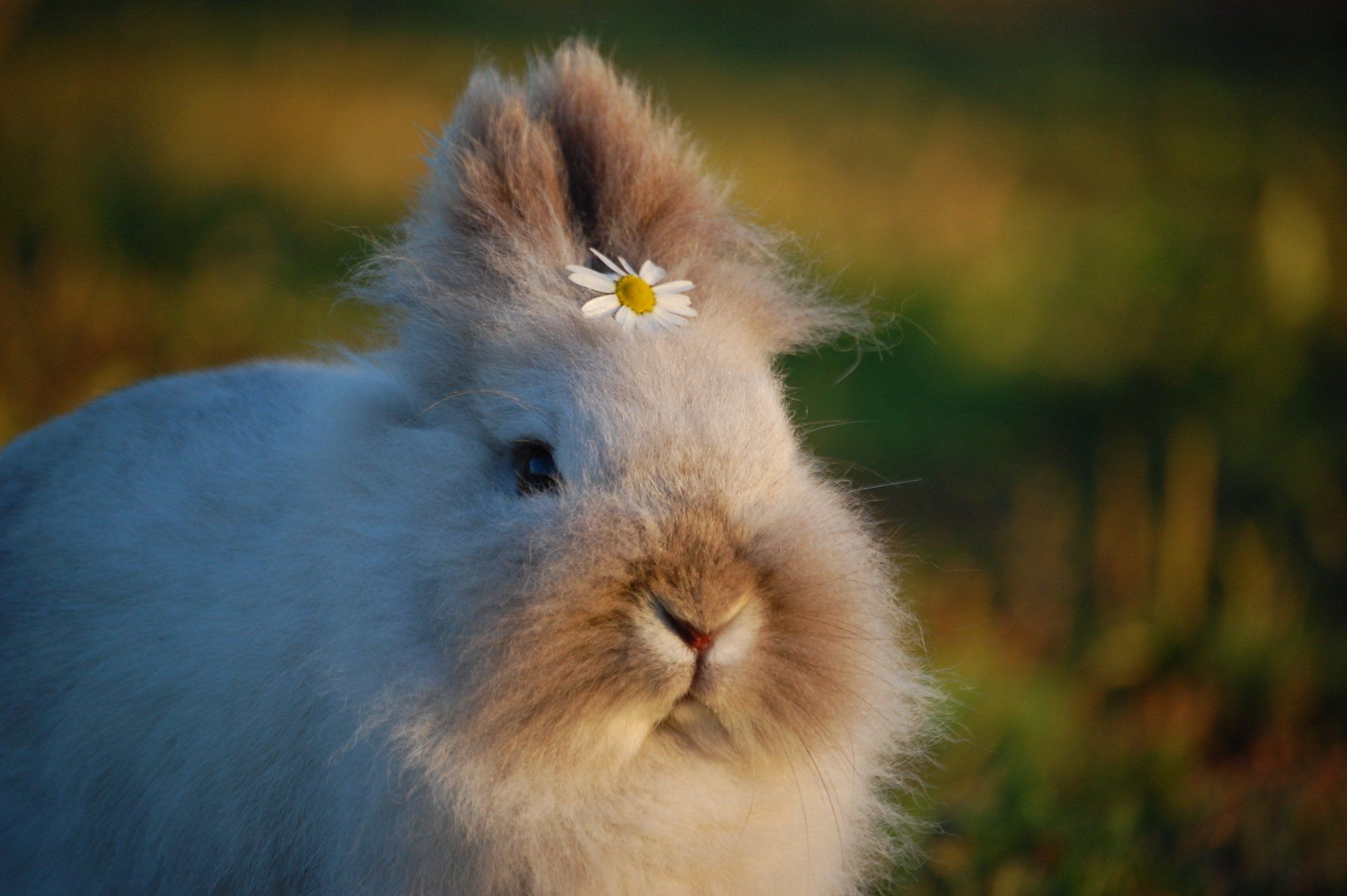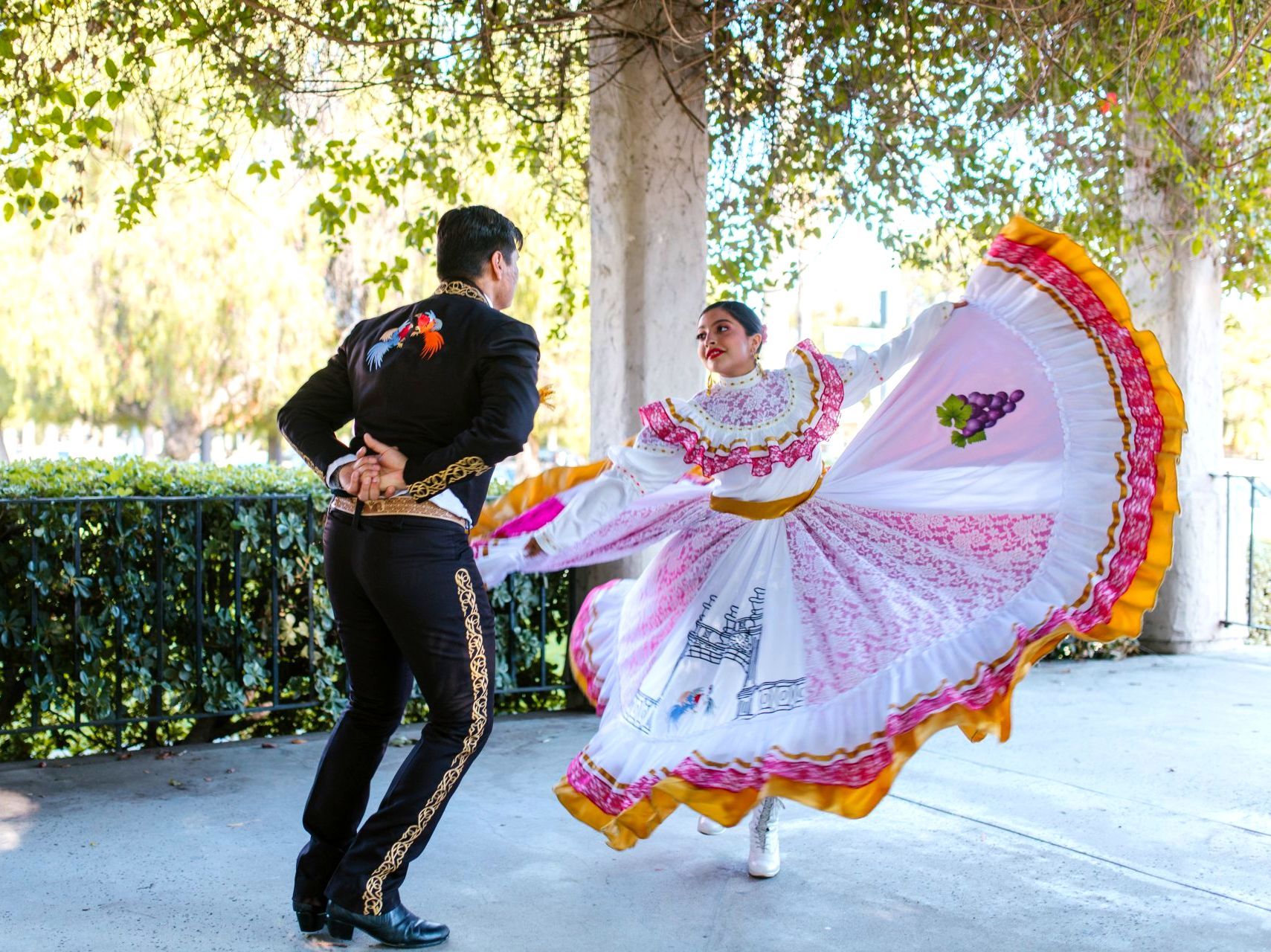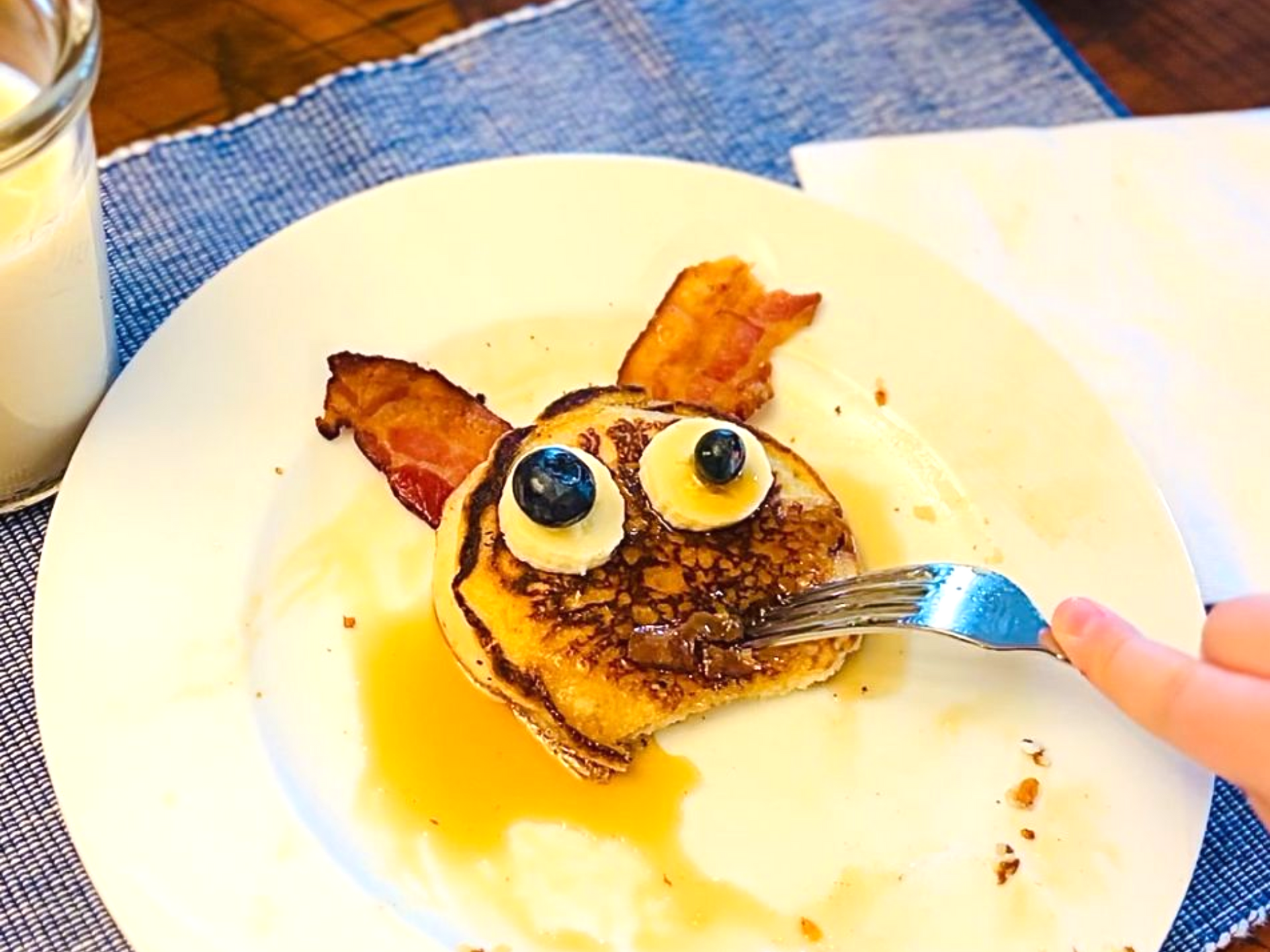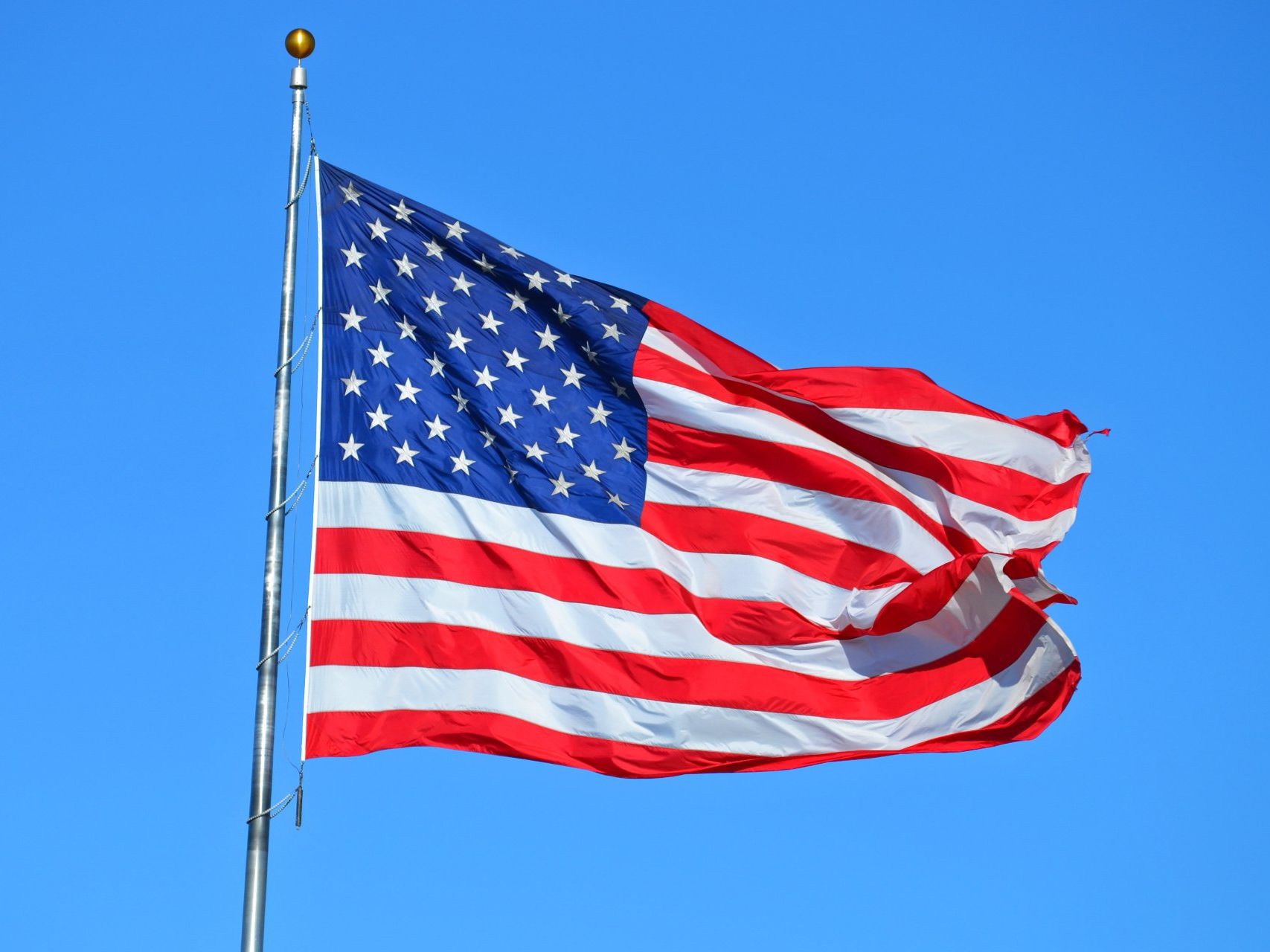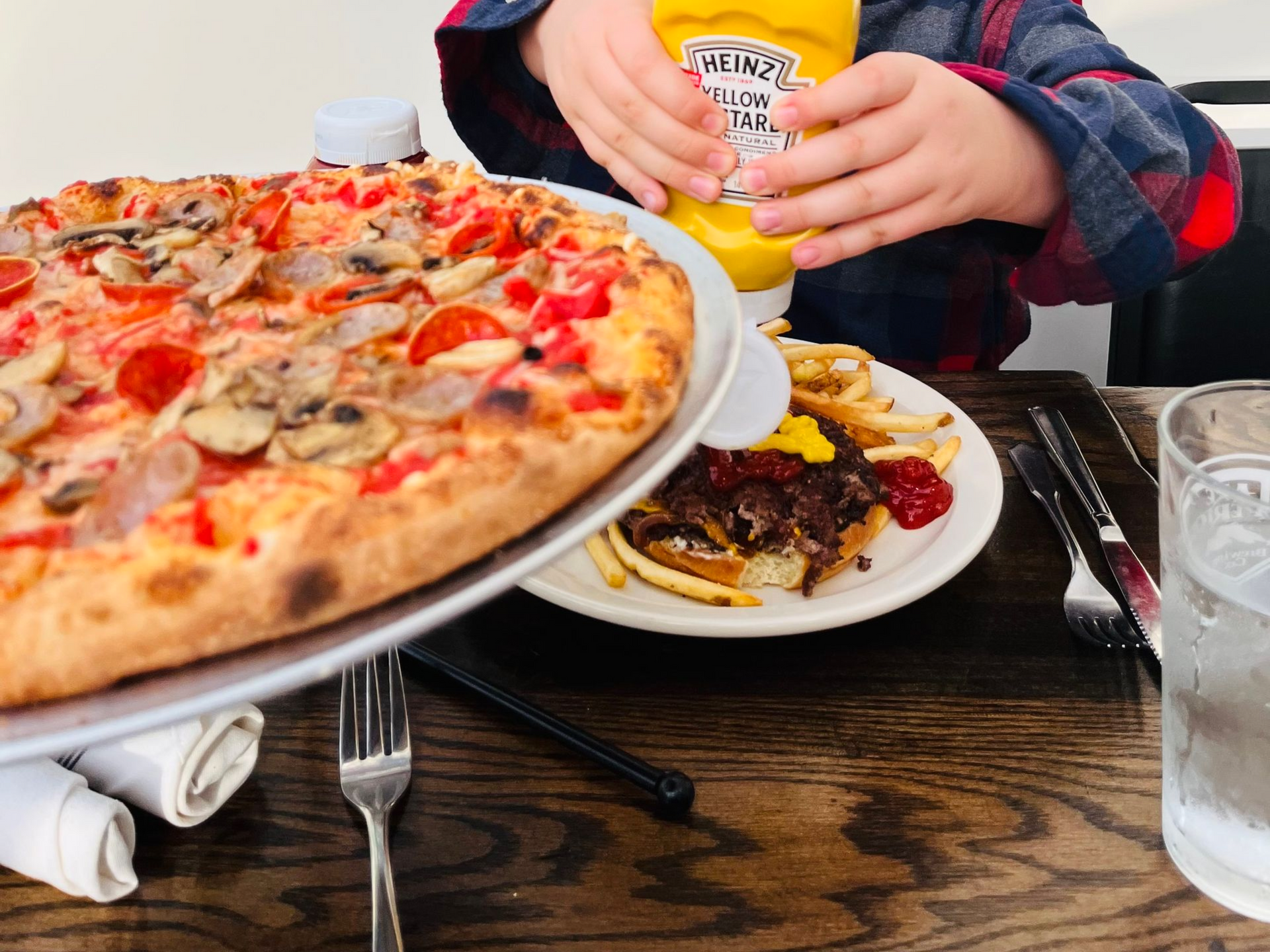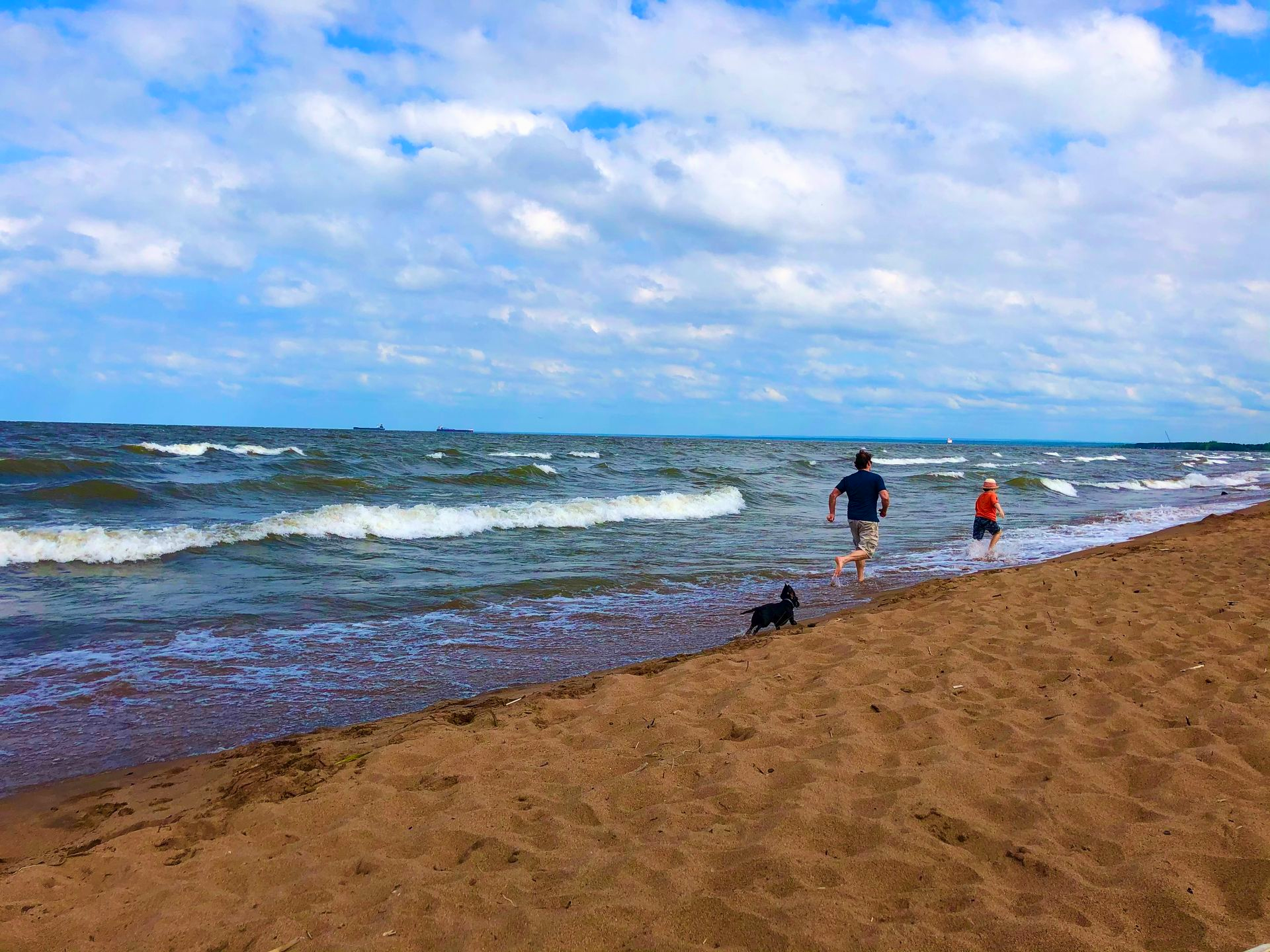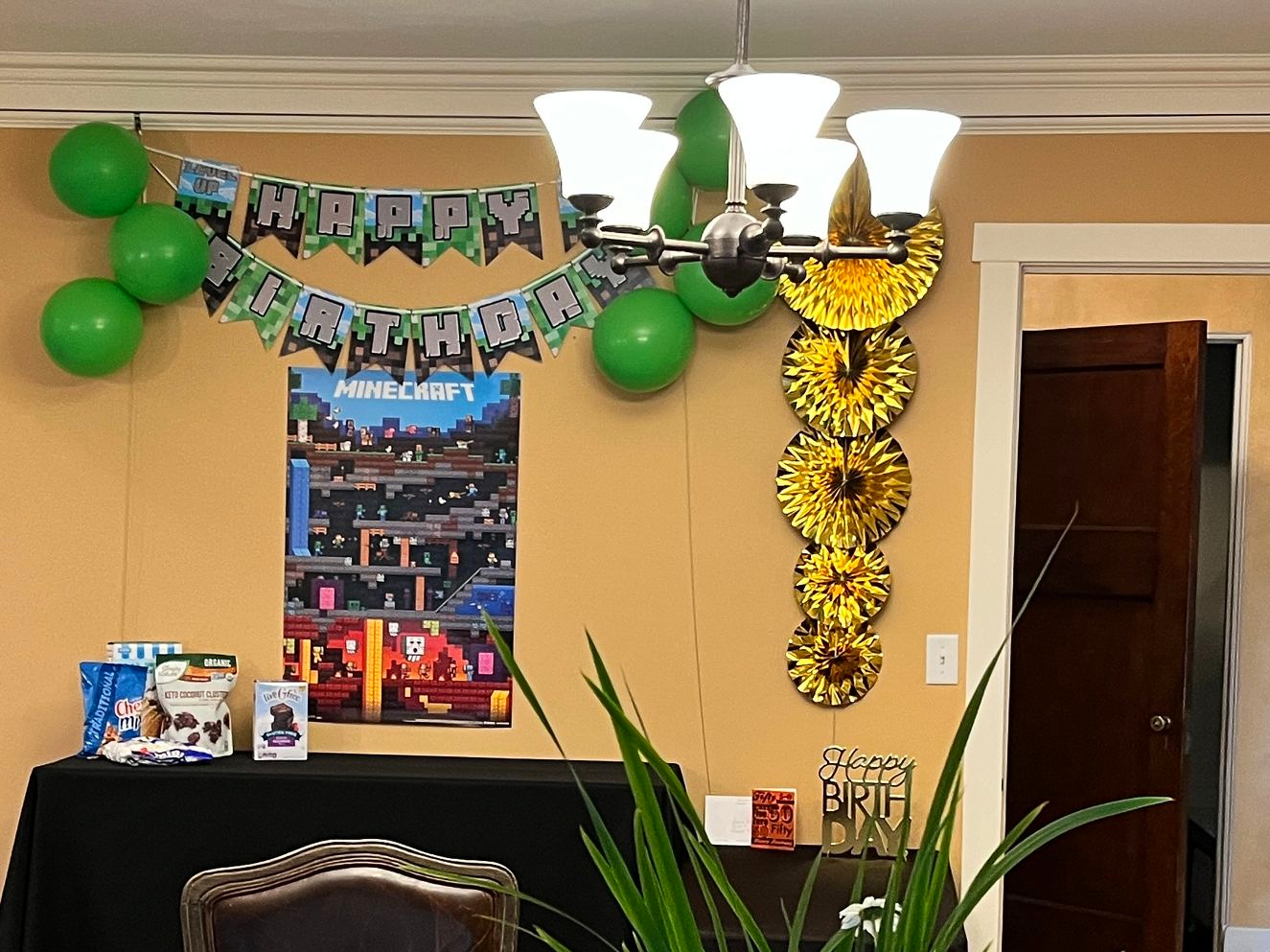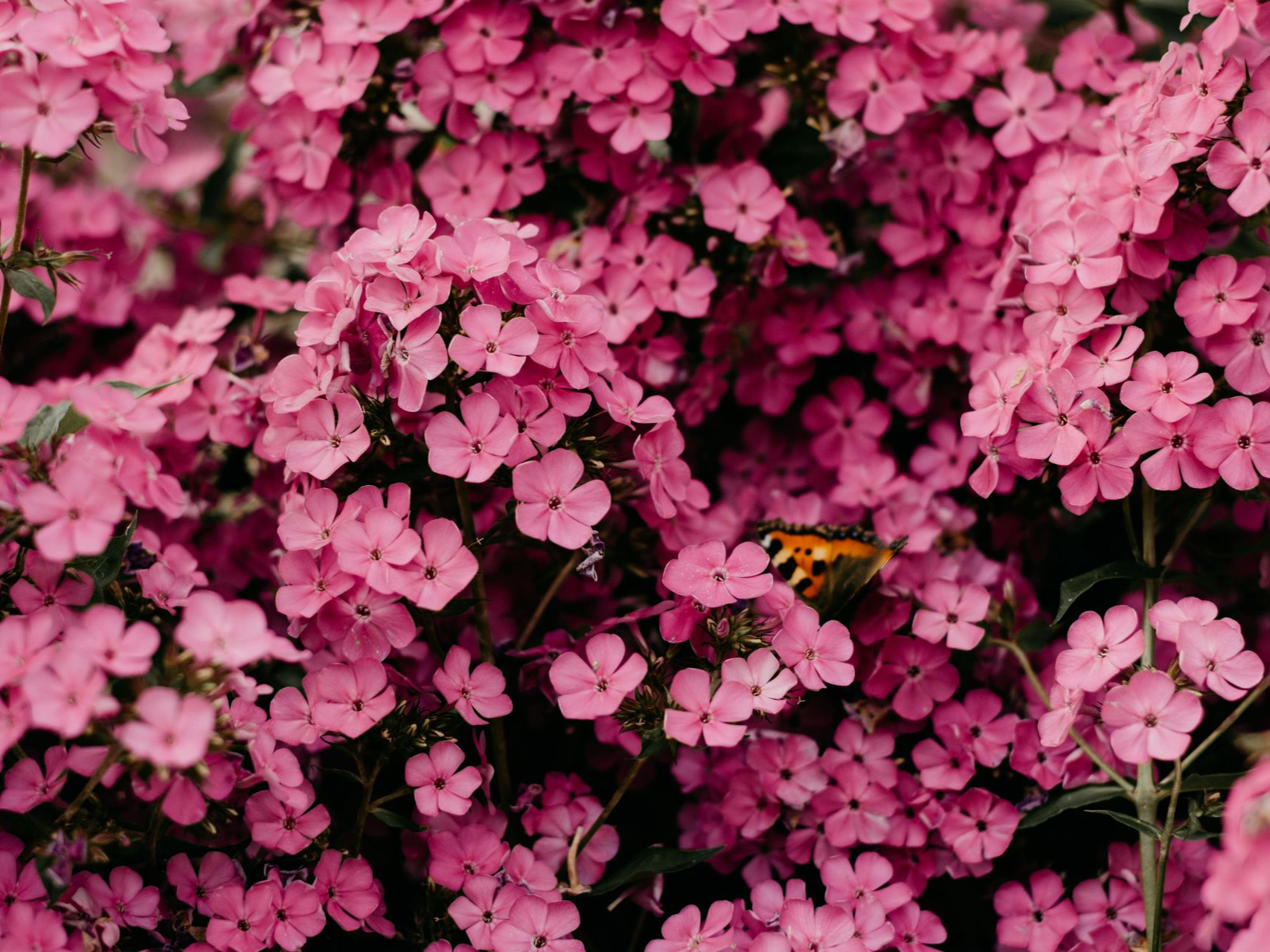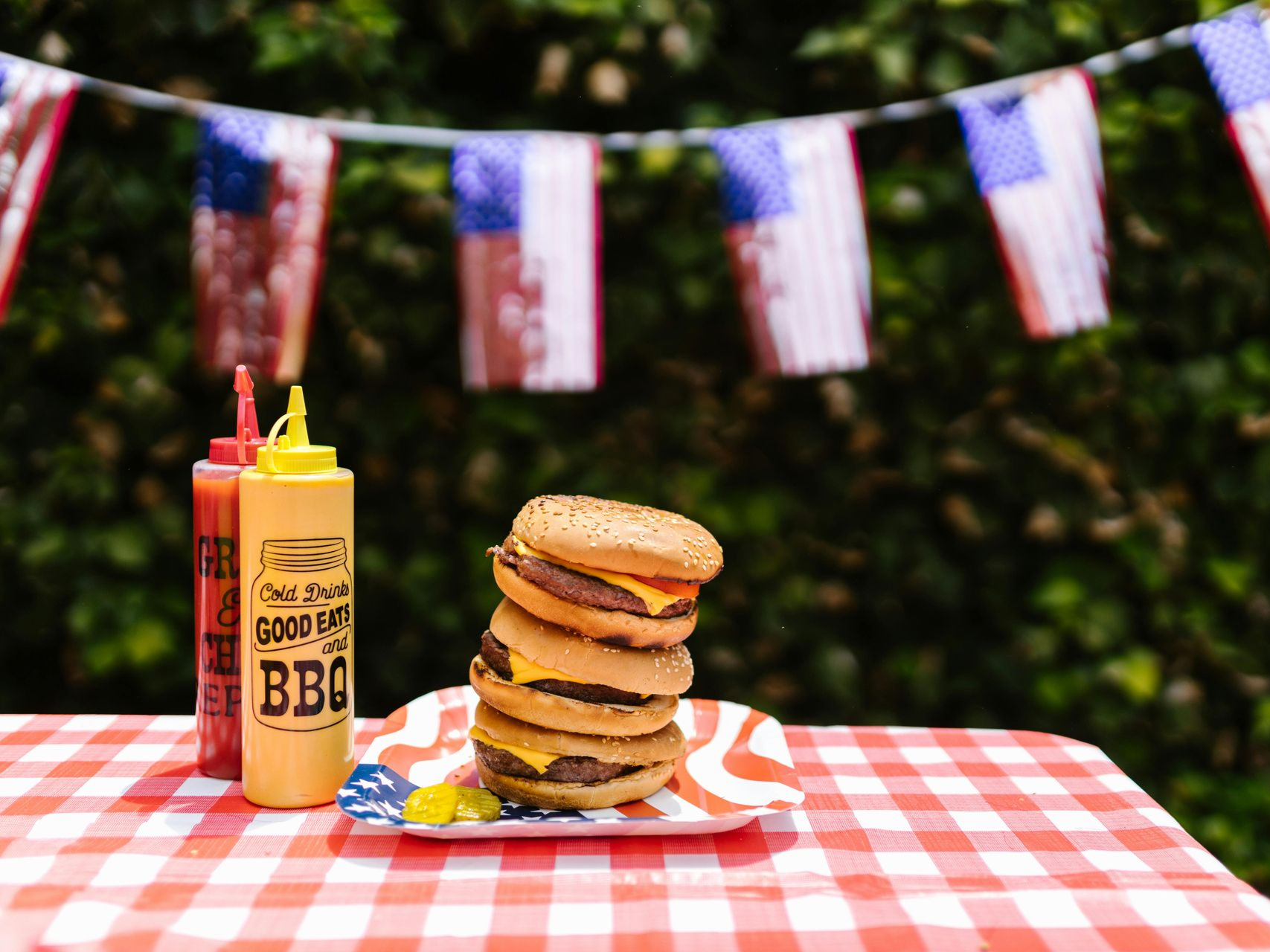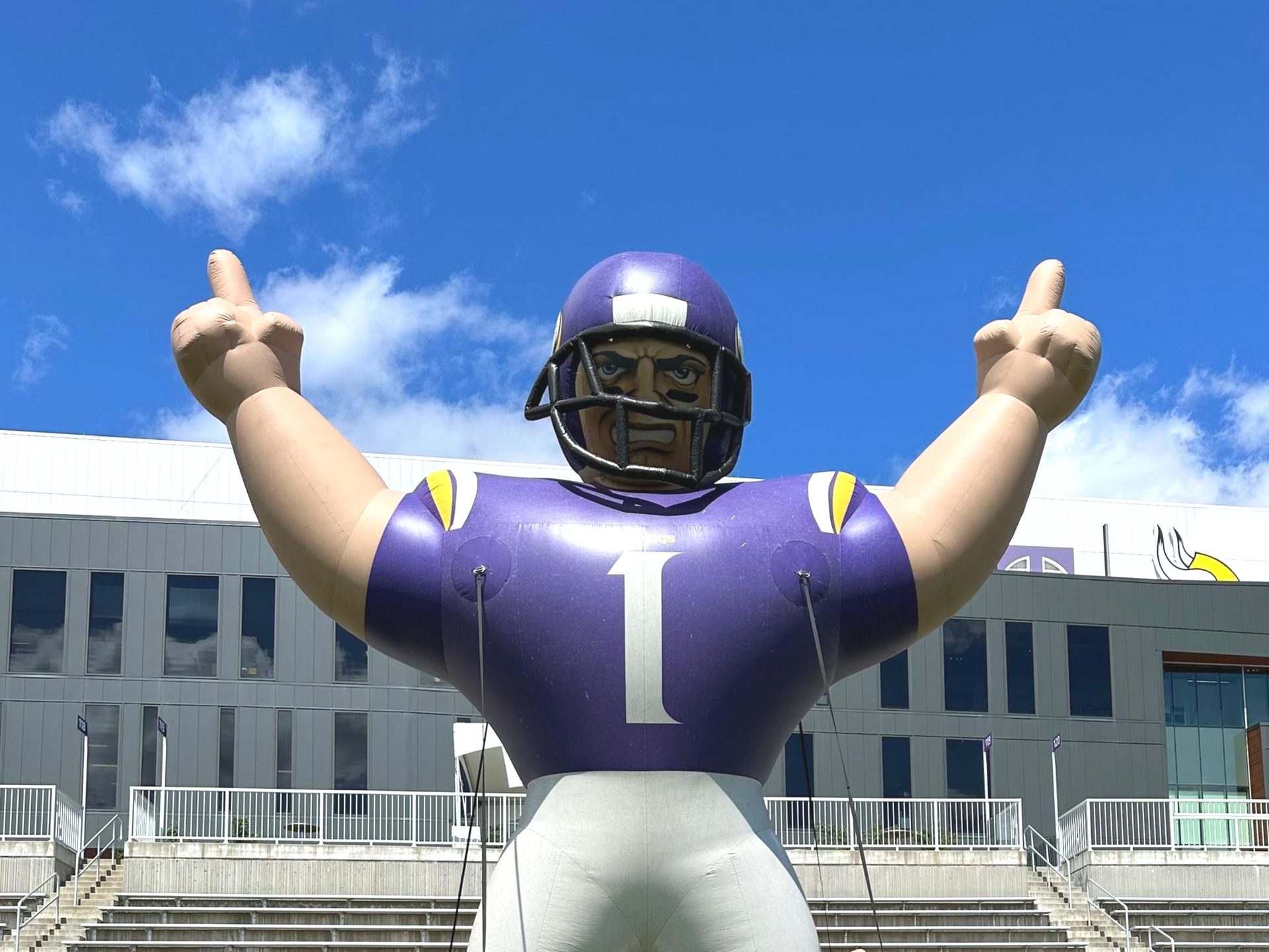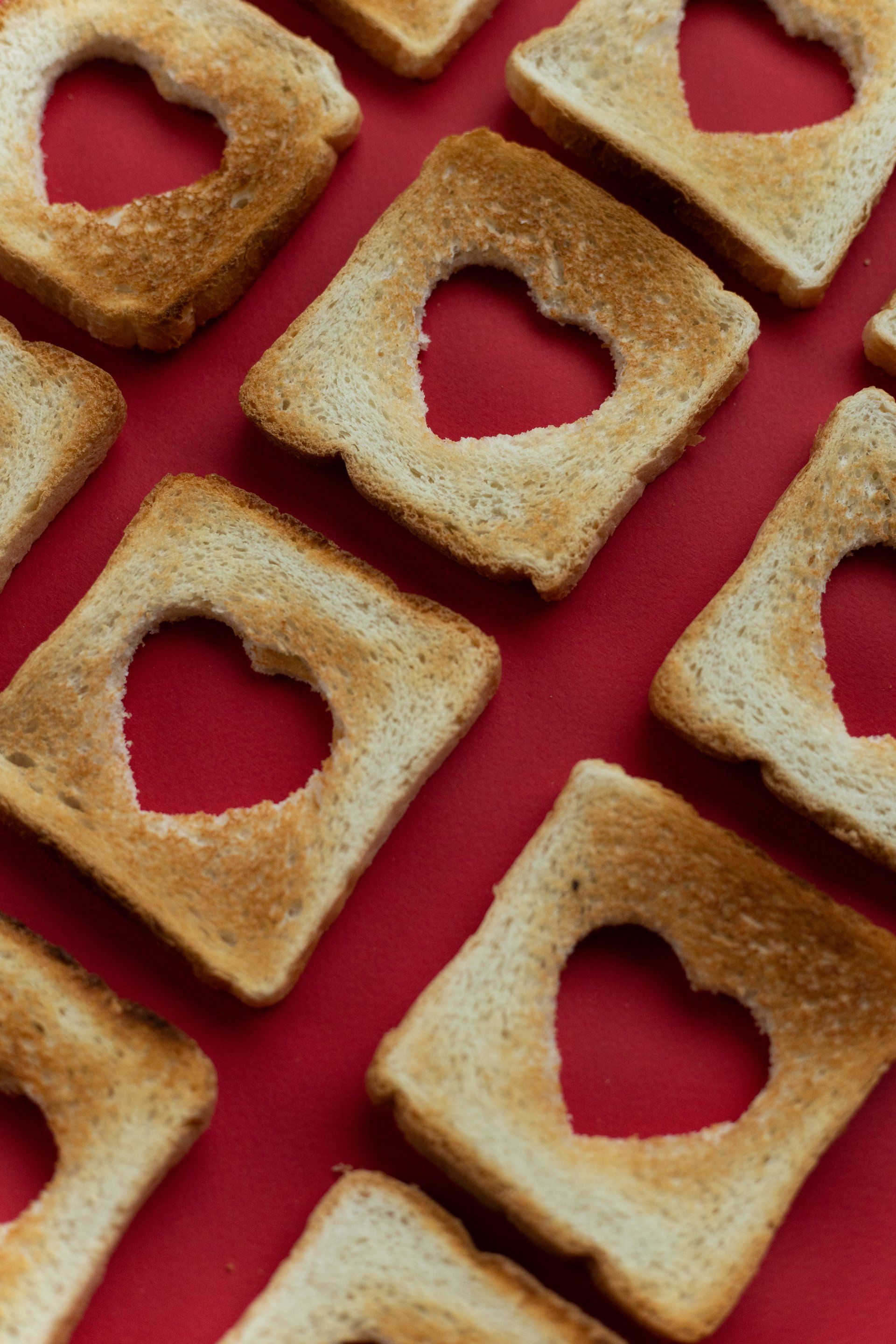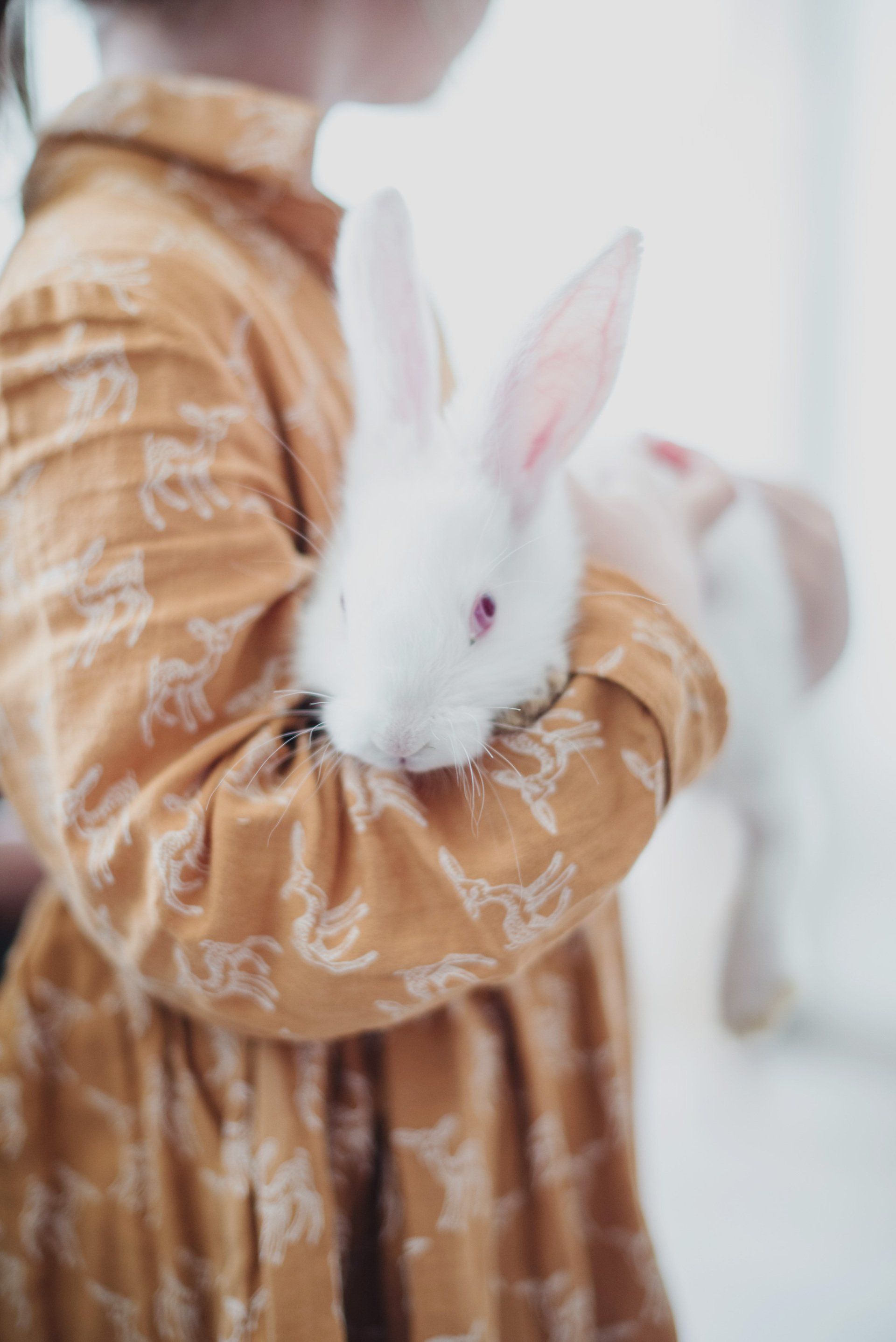inspired by Seasons, enriched with Art,
driven by Stories

Holidays& Traditions
September
A Day of Sweets
🐿️ Nutkin chatters, tail held high, sweetness shines in the autumn sky.
A long time ago, in the late 1800s and early 1900s, children at schools and autumn fairs enjoyed special treats like candied apples, maple sugar candy, and even molasses taffy that they pulled and stretched together. Candy was often part of cake walks and school gatherings, making fall feel extra festive. By the middle of the 1900s, though, schools began moving away from candy at events, and today it is rarely part of school traditions.
SWEET-THEMED LEARNING:
🍬 Candy goes way back—over 3,000 years ago, in India, people made the first “sugar candy” by boiling sugarcane juice until it crystallized. It spread from there to the rest of the world.
Where do famous sweets come from?
Licorice: Europe
Mochi: Japan (Rice cake)
Maple sugar candy: Canada
Sweet Story Game: One person starts a candy adventure (“Once upon a time, there was a boy with a chocolate bar who went to the fair…”), and each person adds a line.
PARENT & TEACHER TO-DO LIST
✨ This year’s sweet story is "The Candymakers" by Wendy Mass. 🍬
🐿️ Squirrel Nutkin’s Sweet Feast
On a crisp autumn day, Squirrel Nutkin darted through the golden woods, his cheeks already bulging with acorns. But Nutkin wasn’t just gathering nuts this time—oh no! He had heard a secret: children were walking to the candy shop to celebrate the sweetness of the season.
Curious and full of mischief, Nutkin scampered along the hedgerows, imagining shelves piled high with caramels, chocolates, and sugar drops. “What a harvest this will be!” he chattered.
And though Nutkin never made it inside the shop (for squirrels are not often welcome in candy jars), he peeked through the window, eyes wide, tail twitching, watching the children choose their treats. To Nutkin, it was a feast all the same—a feast of joy, laughter, and sweetness to carry into the long autumn nights.
Original Tale, 2025
📖 Language Arts / Reading & Writing
Write or Share 5 sentences describing candy using all five senses (sight, sound, touch, taste, smell).
Main Lesson
Good morning, dear Earth,
Good morning, dear Sun,
Good morning, dear stones, and flowers, every one.
Good morning, dear animals, and birds in the tree,
Good morning to you, and good morning to me.
Traditional Waldorf Verse
🌿 The Sweetness Keeper
Long ago, when the earth was still young, there lived a kindly being known as the Sweetness Keeper. She wandered the meadows and forests, sprinkling little sparks of joy into the plants. Into apples, she placed crisp sweetness. Into carrots, she tucked a quiet sugar that shone when roasted by the fire. Into flowers, she poured nectar for the bees to gather.
One day, a curious child named Linnea followed a bee buzzing from blossom to blossom. She asked, “Why do you carry sweetness away?”
The bee answered, “So it may be shared! Sweetness must never sit too long in one place—it must travel from flower to hive, from hive to honeycomb, from honeycomb to child.”
The Sweetness Keeper appeared then, her arms full of sugar canes and golden grains. She smiled. “All sweetness is a gift from the earth and the sun. It is here to remind you of joy. But remember, little one—too much sweetness all at once can make the body heavy. The true magic is in balance, just as day balances night, and work balances play.”
Linnea thought of her garden fruits, her grandmother’s warm bread, and even the candies she had once tasted. She nodded slowly. “I see… sweets are for sharing, and for celebrating.”
The Keeper bent low and placed a tiny crystal of sugar in Linnea’s palm. “Carry this thought with you,” she said. “Whenever you taste sweetness, remember the earth that grew it, the hands that shaped it, and the joy of sharing it together.”
And so it was, from that day on, Linnea never ate sweets without a smile of gratitude, and always, always shared.
Original Story, 2025
✨ How it connects to your Day of Sweets candy store trip:
• Sweetness comes from the earth (plants, bees, grains).
• It’s meant to be shared joyfully, not hoarded.
• Choosing sweets with gratitude, delight, and balance.
Remind them: The earth gives sugar cane, honey, apples, and grain. People with clever hands mix them into sweets to share. But sweets are best when we eat them with joy, balance, and gratitude.
✨ Sweetness comes from the earth and sun. Plants gather the sun’s light to make sugar, fruits and roots store it, and bees turn nectar into honey. They all share it with us as a gift.
Written Work / Main Lesson Book
Copy a short fact onto the illustration: Sugar comes from plants like cane and beets.
Closing
Round and round the earth is turning,
Turning always into morning,
And from morning into night.
Traditional Waldorf Verse
September Adventures
Fall is a time to follow where the trees will lead.
Trees know when to drop their leaves because of sunlight—less daylight triggers them to seal off leaves and rest for winter.
✨ Traditional Waldorf Verse
Round and round the earth is turning,
Turning always into morning,
And from morning into night.
✨ Hand Motions for Verse
• Trace a big circle in the air with your finger while singing “round and round the earth is turning.”
• Open arms wide for “into morning”, and fold them gently across your chest for “into night.”
🍂 The Talking Tree
“Hello there,” said the tree, rustling its branches. “Do you see my leaves turning colors? That’s because I’m getting ready for winter.
All summer long, my leaves worked hard, catching sunshine to make food for me. But when the days get shorter and the sun isn’t as strong, I know it’s time to rest.
So I close the little doors where the leaf attaches to my branch—kind of like shutting a window. That way, I don’t lose any food or water I need to stay alive. When the leaf is sealed off, it changes color, dries up, and drifts down to the ground.
Don’t worry, though. I’m not sick—I’m just resting! Through the cold winter, I’ll be quiet and still, saving my strength. When spring comes and the warm sunshine returns, I’ll wake up, open my branches, and grow brand-new leaves.”
Original story, 2025
A simple step, a brighter day.
🚶 Walking even 20–30 minutes a day helps your heart, your mood, and your focus—it’s like recharging your brain’s batteries just by moving your legs.
🌿 The Magic Walk
One day, Mia felt tired and grumpy. Her brain felt fuzzy, like a flashlight with weak batteries.
Her mom said, “Let’s go for a walk.”
So they walked down the street, swinging their arms and listening to the birds. After just a little while, Mia noticed something amazing—her heart felt stronger, her grumpy mood was gone, and her brain felt bright again, like fresh batteries had been popped inside.
She smiled. “Wow, walking is like magic!”
Her mom nodded. “Yes, even a short walk every day can recharge your body and brain.”
From then on, Mia thought of every walk as her magic recharge.
Original story, 2025
🍂 Once, long ago, children walked to school on paths through fields and forests. Their shoes crunched on fallen leaves, and they noticed the geese flying south and the squirrels gathering nuts. Sometimes their teachers took them outdoors to learn from the world around them—measuring shadows, naming trees, and listening to the wind. In autumn, the forest itself was a classroom, filled with lessons written in gold and red.
🐿️ Squirrel Nutkin’s Autumn Lesson
One morning, as the children walked through the wood, Squirrel Nutkin peeked out from behind an oak tree. His cheeks were stuffed with acorns, and his tail twitched with mischief. “Why hurry to school?” he chattered. “The trees are teaching today! Count the acorns, read the rings on a stump, follow the letters the branches write against the sky!”
And then—with a flick of his tail—Nutkin darted away, leaving only laughter and the sound of rustling leaves, as if the forest itself were agreeing with him.
Original story, 2025
🍎 The Apple Tree and the Star
Once, on the edge of the forest, stood an old apple tree. Its branches stretched wide, heavy with fruit. One autumn day, a child wandered to the tree and picked up a fallen apple. The apple was red and warm from the sun, but the child wondered what secrets it held.
The tree whispered, “Every gift has a mystery inside.” The child cut the apple in two—and there, shining in the center, was a perfect little star.
The tree spoke again: “Just as the star hides in the apple, so do your own gifts live inside you. Wait for the right season, and they too will shine.”
The child smiled, held the apple close, and carried the lesson home: that even the simplest things can hold a hidden light.
Original story, 2025
• Lesson: Hidden gifts within nature, patience, and gratitude.
• Tie-in: Cut open apples together to find the star; talk about inner light and gifts within each child.
🌰 The Brave Little Acorn
High in the oak tree, an acorn swung on its stem. The autumn wind whispered, “It is time to fall.”
But the little acorn trembled. “I don’t want to leave! The branch is all I’ve ever known.”
The oak said gently, “Falling is not an end, little one. The earth waits for you. Someday, you will be an oak like me, strong and tall, giving shade and shelter.”
The wind hummed its song, the leaf beside him let go, and finally the acorn took a deep breath and fell. Down, down it tumbled, landing softly in the earth’s warm bed. And there, in the quiet soil, the little acorn dreamed of the day it would stretch into the sky.
Original story, 2025
• Lesson: Courage, transformation, and new beginnings.
• Tie-in: Children can gather acorns, plant one, or draw its journey from seed to oak.
🦔 The Lantern of the Hedgehog
In the deepening autumn, when nights grew long and dark, a little hedgehog scurried through the forest. He was afraid of the shadows. One evening, under a pile of leaves, he found an old lantern. Its glass was dusty, but inside still glowed a tiny spark.
Hedgehog carried the lantern through the woods, and its glow lit his way. Soon, a rabbit hopped beside him. “May I share your light?” Rabbit asked. Hedgehog nodded. Then a mouse, a bird, and even a tired fox followed, warmed by the lantern’s glow.
Together, they gathered nuts, berries, and roots for winter. Hedgehog realized he was no longer afraid; the lantern’s light had become a circle of friendship.
That night, the animals curled up safe, the little lantern glowing bright, a reminder that sharing light makes even the darkest nights warm.
Original story, 2025
• Lesson: Carrying light into darkness, kindness.
• Tie-in: Make paper lanterns or beeswax candles; talk about bringing light into dark times.
🍁 The Wind and the Red Leaf
On a tall maple tree, a single red leaf clung tight to its branch. Autumn had come, and many leaves had already let go, dancing down to the earth. But the red leaf was afraid.
“If I fall, what will become of me?” it whispered.
The autumn wind sang softly: “Trust me. You will not be lost. You will drift gently to the earth, where you will rest. You will feed the soil, and in spring, new life will grow from your gift.”
Still, the leaf held on. The wind whirled and sang again, this time with joy: “Change is part of life. Trust, and let go.”
The red leaf finally opened its stem, and down it floated—swirling, spinning, laughing as it drifted. It landed on the forest floor, where children walking by picked it up, holding it like a treasure.
The leaf sighed happily, knowing it had found its place in the great circle of seasons.
Original story, 2025
• Lesson: Letting go, change, and trust in the seasons.
• Tie-in: Leaf painting or a leaf release activity—kids let go of a leaf into the wind as a symbol of change.
Games
✨ Imaginative & Storytelling
Forest Statues:
One person calls out a forest animal (“bear!” “owl!” “chipmunk!”). Everyone has to freeze in a statue pose of that animal until the caller says “move.”
🌳 Movement Games
Shadow Tag
Instead of tagging bodies, players must step on each other’s shadows. Works best on sunny days!
Leaf Catch
Toss dry leaves in the air. Try to catch one before it lands. Harder than it sounds!
🦉 Quiet & Observing
Owl Eyes
Everyone sits still and closes their eyes. When the leader says “open your owl eyes,” players must notice the smallest movement they can see (an ant, a leaf falling, a shadow shifting).
🐿️ Playful Pretend
Build a Forest Home
Using only sticks, leaves, and pinecones, build a tiny “house” for a woodland creature—an elf, a mouse, or even Squirrel Nutkin.
🍂 Collecting & Creating
Stick Sculpture
Collect sticks and work together to make a little tower or teepee. See how tall you can build before it topples.
Forest Mandala
Gather leaves, pinecones, rocks, and flowers. Arrange them in a circle pattern on the ground. Everyone adds pieces until it feels complete.
Pebble Patterns
Lay stones in shapes: spirals, stars, or arrows. Trade patterns and guess what each design means.
🍁 Storytelling & Imagination
Once Upon a Stick
Each person picks up one stick. Whoever holds the “story stick” tells part of a story, then passes it on.
🌞 Just-for-Fun Challenges
Leaf Races
Drop leaves into a stream or down a hill. Cheer for whose leaf reaches the bottom first.
🌿 Forest Gratitude
Take turns naming one thing in nature you’re thankful for right now.
Falling Into History
🍁 History in the Fall
In autumn, the world changes—the leaves turn bright colors, the harvest is gathered, and the days get shorter. Long ago, when nights grew longer, families told stories by the fire. They shared tales about their ancestors, heroes, and the things people had done in the past.
🌰 Nutkin and the Stories of the Past
Nutkin was always full of riddles and games, but he didn’t want to listen. His cousins remembered to show respect to Old Brown the owl, who carried the wisdom of the woods. Nutkin only wanted to play—and nearly lost his tail because he forgot that the stories and lessons of the past matter.
🏰 Falling into History at the Glensheen
When we learn about our local history—about the people who lived here, the homes they built, the struggles they faced—it’s like listening to Old Brown. These stories can guide us, help us make good choices, and remind us that respect and courage are part of living well in the world.
📖 Language Arts / Reading & Writing
Narrative: Write a diary entry as if you lived in the mansion 100 years ago.
Remember, big historic houses often had their own gardens, stables, and staff—like a tiny village working together.
Closing
Round and round the earth is turning,
Turning always into morning,
And from morning into night.
Traditional Waldorf Verse
Main Lesson
🍎 Story & Imagination Games
Forest Riddle Chain:
Each person takes a turn making up a riddle about something in the woods (“I’m tall and green, I give shade, and squirrels love me—what am I?”).
🕯️ The House by the Lake
Long ago, by the shores of the great, shining lake, there lived a family who dreamed of a home where beauty, hard work, and love of the land could come together. They built a house of stone and wood, strong enough to stand against the winter winds and gentle enough to welcome the light of summer mornings.
But this house was not just any house. It was alive in a quiet way. Its windows were the eyes that looked out over the lake. Its doors were the arms that welcomed guests. Its hearth was the heart, beating warm whenever a fire was lit.
The family tended gardens where carrots, beans, and flowers grew. They cared for horses in the stables, and the children laughed by the shore as boats swayed in the boathouse. Painters came to fill the air with color, and musicians played so the halls rang with song.
As the years passed, the house became a keeper of memories. It remembered the footsteps of children, the clatter of dishes set for feasts, the quiet work of gardeners, and the whisper of lake winds moving through the trees.
Now, when you walk through Glensheen, if you listen closely, you might hear the house telling its story:
“I am not only wood and stone. I am a memory-keeper. Each room holds echoes of love and labor. Each garden path remembers the hands that planted seeds. And the lake, always the lake, carries my story on its waves.”
And so, whenever someone visits, the house opens its arms again, inviting you to step not just into a building, but into the living story it carries.
Original Story, 2025
✨ How this connects to the field trip:
You will see the mansion not just as a historic site but as a living being with eyes (windows), a heart (fireplace), and memory.
The story places emphasis on gardens, horses, art, and the lake—so you will notice those details more deeply when visiting.
It helps you get ready to “listen to the house.”
Snack of the Day: The Sneakiest Egg Trick in the Book 🥚✨
Beneath what looks like a simple, flat omelet lies the surprise — a hidden treasure of diced potatoes, peppers, spinach, and onions. The perfect undercover snack!
How to Make Squirrel Nutkin & Old Brown Owl
✨ Review of "The Tale of Squirrel Nutkin"
🐿️ How to Make Squirrel Nutkin (pipe cleaner craft)
You’ll need: 3 brown/orange pipe cleaners, 1 smaller piece of white pipe cleaner (or cotton), scissors (if needed).
1. Body: Take one brown pipe cleaner and roll it into a tight spiral (like a snail shell) for Nutkin’s round body.
2. Head: Roll another short piece into a smaller spiral for the head, and twist it onto the body.
3. Ears & Arms: Bend two tiny “V” shapes from leftover pipe cleaner and twist them on top of the head for ears. Use two short pieces on the sides for arms.
4. Tail: Use a full pipe cleaner, fluff it out and curl it into a big bushy tail, then attach it to the back.
5. Details: Add a dot of white pipe cleaner or cotton for the tummy. If you want, tiny black pen marks or beads can make eyes.
🦉 How to Make Old Brown Owl (pipe cleaner craft)
You’ll need: 2–3 brown pipe cleaners, 1 yellow/orange (for beak and feet), optional white for chest.
1. Body: Wrap one brown pipe cleaner around your finger to make an oval body.
2. Head: Roll a second into a small circle and twist it on top for the head.
3. Wings: Bend two pipe cleaners into long oval shapes and twist one onto each side for wings.
4. Feet & Beak: Use small yellow/orange pieces—bend two “claws” for feet, and a tiny triangle for a beak, then twist into place.
5. Eyes: Bend two small circles from leftover yellow or white pipe cleaner, press them flat, and add a dot with marker for eyes.
Welcome
September 2, 2025
🌸 Squirrel Nutkin’s Flower Lesson
One crisp morning, Squirrel Nutkin bounded through the meadow, twitching his tail with excitement. He had found something marvelous—flowers! Not just one kind, but many.
“Look here!” Nutkin chattered, pointing to the golden marigolds swaying in the breeze. “In India, these bright flowers are used to celebrate new beginnings. They shine like little suns, saying, welcome to something fresh and good!”
He scampered to a tree where soft pink cherry blossoms drifted down like snowflakes. “And in Japan,” he explained, “people gather to see these blossoms. They remind everyone that seasons change, that life is always moving, and that beauty comes in each new moment.”
Nutkin paused and held a daisy close to his chest. “Flowers are quiet,” he whispered, “but they speak loudly to the heart. They celebrate our joys, comfort us in our goodbyes, and cheer us on in our achievements. Wherever they bloom, they remind us that something new is beginning.”
With a flick of his tail, Nutkin tucked the daisy behind his ear and grinned. “So whenever you see a flower, remember—it carries a message: life is full of fresh starts.”
🌟 Knowledge → Practice gratitude: write or share one goal or hope for the new school year.
Snack of the Day: Belly of Bread 🥖
Your bread of choice, layered with creamy hummus, fresh onion, tomato, cucumber, buttery avocado, and a drizzle of olive oil. Bon appétit!
Why Fall Used to be the New Year
🍂 Why Fall Used to Be the “New Year”
That feeling you get in fall — like it’s the start of a new year — goes way back to our ancestors. Long ago, many people believed the year began in autumn, at harvest time. 🌾 Later, Roman leader, Julius Caesar changed the calendar so the year started in January. So when fall feels like a ‘new year’ to us, that’s our natural instinct remembering the old way.
A long time ago, many people thought of fall as the real beginning of the year — not January 1 like we do today. Why? Because fall was the time of harvest. The crops were ready, food was stored, and everyone began preparing for the long winter ahead. It felt like the end of one cycle and the start of another.
• The Celts (people who lived in parts of Europe long ago) celebrated Samhain around October 31. For them, that was New Year’s Eve — the day when the light half of the year turned into the dark half.
• In Jewish tradition, the holiday of Rosh Hashanah (usually in September) is the start of the year even today.
• In Medieval Europe, fall holidays like Michaelmas (Sept. 29) marked the beginning of school years, rent payments, and new work.
So why do we start the year in January now? The ancient Romans changed it. They chose January 1 to honor Janus, the two-faced god who looked to the past and future. Over centuries, that Roman tradition stuck, even though it’s the least natural “new year” in terms of cycles of nature. Over time, that system spread, and now most of the world uses January 1 as New Year’s Day.
🌱 Your Feeling is Ancient
If fall feels like the beginning of the year to you, you’re in tune with how many of our ancestors lived. The harvest, the equinox, and the rhythm of the earth made autumn the natural time for a “reset.” In a way, January 1 is just a date chosen by rulers for organization, while fall carries the deeper, ancestral sense of new beginnings.In this case:
• Fall New Year = based on farming, harvest, the earth, and how people lived.
• January 1 New Year = based on Julius Caesar and Roman leaders deciding it would be easier for calendars, taxes, and politics.
Why Fall Feels Like a “New Year” to Animals
🦌 For many animals, fall is when everything resets. Squirrels stash acorns, bears bulk up for hibernation, and birds migrate. Their whole focus shifts — one cycle (summer plenty) is ending, another (winter survival) is beginning.
• Natural Reset: The landscape itself changes. Food sources, shelter, and behavior patterns all pivot. In a way, fall is when their “calendar” turns the page.
🐾 Examples
• Bears: Fall is the beginning of hyperphagia (nonstop eating) to prepare for hibernation. For them, fall sets the tone for survival through the year ahead.
• Squirrels/Chipmunks: Their “new year” starts with burying nuts — the work that defines their coming months.
• Birds: Migration begins, and the journey south becomes the defining event of their year.
• Deer/Elk: Fall rutting season = their biological new year, when reproduction kicks off.
🌱 Big Picture
Fall really does act like a “new year” in nature. It’s the turning point: the old season closes, the next survival cycle begins.
✨ In fact, it might even be more “natural” than our January 1 — animals are tuned to the earth’s rhythms, not human-made dates.
🍂 By early September in Minnesota, many animals are already beginning (or even well into) their fall work. Here’s what’s happening:
🐿️ Squirrels & Chipmunks
• They start gathering and caching nuts and seeds as early as late August.
• September is peak time for running back and forth, stashing food in tree cavities or burying it underground.
🐻 Bears
• By September, black bears are entering hyperphagia — eating up to 20 hours a day to fatten up for hibernation.
• They’ll forage berries, acorns, and whatever food they can find to build their fat stores.
🐦 Birds
• Migration prep has begun. Many warblers, swallows, and shorebirds are already moving south in early September.
• Larger species (geese, cranes) may begin later in the month, but flocks are gathering now.
🦌 Deer
• Bucks are rubbing the velvet off their antlers in September, marking the start of the rutting season ahead.
• They’re also bulking up on food before the energy demands of fall mating.
🐝 Bees & Insects
• Honeybees are still collecting nectar but also preparing hives for winter by storing honey.
• Some insects (like monarch butterflies) are already migrating south by early September.
🌱 Big Picture
By the time September rolls around, the shift has already begun. Animals aren’t waiting until the leaves are in full color — they’re tuned to subtle changes in daylight length and temperature, which signal it’s time to start the “new year’s work” of preparing for winter.
Autumnal Equinox
September 22, 2025
☀️ The day when the hours of day and night are exactly equal all over the world. After that, the nights grow longer.
🍂 Squirrel Nutkin and the Balanced Day
One fine September afternoon, Squirrel Nutkin scampered to the very top of an oak tree and peered out over Lake Superior. The air was crisp, the leaves were just beginning to glow red and gold, and Nutkin was full of excitement.
“Today is no ordinary day!” he squeaked. “The sun is right above the middle of the world—the equator! That means it’s the Autumnal Equinox, the true start of autumn.”
He leapt from branch to branch, chattering loudly. “Do you know what that means? Light and shadow are dancing evenly—twelve hours of day, twelve hours of night! The whole world is in balance, just for today.”
Down below, Nutkin’s woodland friends were busy setting up a grand harvest table. Steam rose from pots of stone soup, golden cornbread filled the air with its warm smell, and baskets overflowed with crunchy carrots and shiny red apples.
Nutkin hopped down to the table, tail twitching. “Ah, yes,” he declared, “a feast to honor the balance of the sun and the earth. A day to share the harvest, to be thankful, and to welcome autumn’s gifts.”
He nibbled on an apple slice, then raised it high like a toast. “To light and shadow, to balance, and to the bounty of fall!”
And with that, the feast began—under a sky where day and night shook hands in perfect harmony.
Original Tale, 2025
🍁 The ancient Greeks explained the change of season through this myth.
Demeter, the goddess of Earth and Harvest and mother of Persephone, says goodbye to her daughter. Demeter's heart-heavy farewell ushers in a season of cold. Persephone returns to the Underworld's embrace with husband Hades, who had kidnapped his wife to rule the Underworld with him. With the seasons of Autumn and Winter, so comes Demeter's sorrow, causing Earth to wither and freeze when her daughter is away. But within this ancient story lies the promise of reunion as Persephone returns to live with her mother in spring and summer, a time of warmth and bliss when Demeter makes the earth bloom. A reminder that a future hello is after every goodbye.
PARENT & TEACHER TO-DO LIST
🌽 A dish to mark the occasion: Stone Soup
Apple Picking
🍁 Squirrel Nutkin and the Story of Apples
One golden afternoon, Squirrel Nutkin sat high in the branches of a crabapple tree. He nibbled on a tart little apple, wrinkling his nose at the sour taste.
“Did you know,” he chattered to the forest around him, “long ago, this was the only apple in America? Just the little crabapple, small and sharp on the tongue!”
He tucked the apple core away and scampered along the branch, his tail flicking with excitement. “Then came the great voyages of Christopher Columbus. After his explorations, apple seeds from far across the ocean began their journey here.”
Nutkin bounded down the trunk and hopped onto a rock, his eyes gleaming. “In the 1600s, French Jesuits carried apple seeds across the sea, hoping to grow not just trees, but their hopes and beliefs in the New World.”
He paused, remembering. “But the apple’s story goes back even farther—way back to the 8th century! Apple orchards then were already a part of people’s lives, tied to faith, stories, and the passing of the seasons.”
Nutkin picked up a shiny red apple from a basket nearby and held it high. “Every apple is more than a snack—it’s a slice of history! It carries the adventures of sailors, the dreams of settlers, and the roots of ancient orchards. And every bite,” he added with a cheeky grin, “is a promise to keep your spirit young!”
With that, Nutkin took a big crunching bite and twirled his tail, delighted that something so small could hold such a long, rich story.
Original Tale, 2025
🍏 Apples float in water because about 25% of their volume is air!
That’s why bobbing for apples works—they’re like little life preservers made of fruit.
✨ Squirrel Nutkin and the Norse Apples
Squirrel Nutkin sat on a low branch, clutching a shiny red apple. “Do you know where some of the most magical apple stories come from?” he chattered. “From the Norse people—long, long ago in places called Norway, Sweden, Denmark, and Iceland. Those folks lived with cold winters, tall mountains, and deep forests, and they loved to tell exciting stories about their gods, giants, and magical creatures. We call those stories Norse myths.”
Nutkin twitched his tail. “One of my favorites is about a goddess named Iduna. She cared for a special basket of apples. But these weren’t ordinary apples! Oh no, no! They were apples of immortality. Whenever the gods began to grow tired, gray, or weak, they just took a bite of Iduna’s apples and—POOF!—they were young and strong again.”
His eyes sparkled as he held the apple high. “Can you imagine? Apples that could bring back your energy, your joy, your youth? Now here’s a question for you…”
He twitched his tail and looked at the children gathered nearby. “But what if you could plant a magic apple tree of your own?” he asked with a grin. “What would your apples do? Would they give courage? Kindness? Super speed? And most important—who would you share them with?”
He tucked a crabapple into his cheek and squeaked, “Think carefully! Every apple holds a story—and maybe even a little magic.”
Nutkin giggled, tucked the apple into his cheek, and scurried off, leaving the children to dream up their own magical apples.
Original tale, 2025
PARENT & TEACHER TO-DO LIST
🍎 apples
🔢 Math → Estimate how many apples are on one tree. Multiply by the number of trees in sight.
October
The Sweet Ending
🐿️ Squirrel Nutkin’s The Sweet Ending
The forest was still in winter’s hush, but Nutkin’s paws carried him not to his usual oak, but down the lane to town. There, in the window of the candy shop, glass jars gleamed like jewels—peppermints, caramels, and sugared almonds.
Nutkin pressed his nose to the glass, eyes wide. He had spent all autumn gathering nuts, but here was a treasure he had never hidden and never stored—sweetness made by human hands.
Inside, a kind shopkeeper saw the little squirrel and placed a single sugared nut outside the door. Nutkin darted forward, holding it carefully in his paws. He could have eaten it at once, but instead he tucked it gently into a hollow near the oak tree.
“This one,” he whispered, “is for tomorrow. A sweet to remind me of the joy of today.”
The candy sparkled in the moonlight, and Nutkin’s heart felt full. He had enough acorns, enough warmth, and now—just a touch of sweetness to carry the story to its close.
And so Nutkin’s sweet tale ended not only with winter’s peace, but with a sugared promise: that even in the cold, life can be sweet.
Original Tale, 2025
Sweet History
🍭 Chocolate was once so precious that the Mayans and Aztecs used cocoa beans as money.
🍭 By the 1800s, American candy makers were everywhere—peppermint sticks, candy canes, and eventually Hershey’s chocolate. Candy became cheaper thanks to factories, so kids could buy it for just a penny.
Sweet Math
🍭 If 5 gummy bears got on a bus and 2 jumped out, how many are still riding?
Sweet Science
🍭 Why does sugar dissolve in water?
👉 Because sugar crystals are made of tiny molecules that love to mix with water. When you stir, the water pulls them apart until they “disappear” — though they’re still there, just spread out in the water!
🍭 Why does cotton candy melt in your mouth?
👉 Cotton candy is just spun sugar with lots of air. Your warm, wet mouth makes the sugar crystals break down right away — poof! It vanishes on your tongue.
🍭 Why does chocolate melt in your mouth?
👉 Chocolate has cocoa butter, which melts at almost the same temperature as your body. That’s why it feels solid in your hand but turns creamy and smooth as soon as it touches your tongue.
🍭 What happens if you heat sugar in a pan?
👉 First it melts into a golden liquid, then it changes (through caramelization) into brown caramel with a yummy smell. Heat actually changes the sugar’s structure.
🍭 Why do sour candies make us pucker?
👉 They’re coated with acids like citric acid (the same thing in lemons). Our taste buds send a signal that says “Wow! Sour!” and our faces scrunch up.
PARENT & TEACHER TO-DO LIST
Completion of this year’s sweet story "The Candymakers" by Wendy Mass. 🍬
October Adventures
🌞 Walk-and-Wonder Stories
🍂 Nutkin and the Harvest Moon
(October Version of Squirrel Nutkin’s August Lesson)
The October moon rose full and golden, spilling silver light across the forest. Squirrel Nutkin, always quick and restless, darted about with cheeks full of acorns.
“Why hurry so?” asked Owl, perched wisely on a branch.
Nutkin twitched his tail. “I want to play, I want to chatter, I want to race the wind!”
But as the night grew colder, Nutkin saw his cousins quietly tucking away nuts into the hollow of a tree. Their lantern eyes shone steady in the moonlight.
That night Nutkin learned: there is a time for play and a time for work. The Harvest Moon whispered, “What you gather now will warm you in winter.” And Nutkin, at last, slowed down, adding his acorns to the pile with care.
Original tale, 2025
Angle: Instead of just autumn mischief, Nutkin learns about the patience of storing food under October’s glowing moon.
🎃 The Star in the Pumpkin Patch
(October Version of the Apple Tree and the Star)
Deep in the October garden, a little pumpkin grew round and bright. By day he basked in the sun; by night he dreamed of shining like the stars above.
One crisp evening, children came with carving knives and gentle hands. They cut a window, round and careful. Inside, the pumpkin felt a spark. When the candle was lit, his light spilled out, and to his joy, he saw—he was a star!
The children clapped and set him on the porch. The pumpkin glowed proudly, a hidden star revealed, reminding all who passed that even in darkness, light can be found within.
Original tale, 2025
Angle: A pumpkin is carved and lit, revealing a star inside its seeds—teaching the same magic of hidden light but in an October garden.
🌰 The Acorn’s Halloween Journey
(October Version of the Lantern of the Hedgehog)
On a cool October night, a little acorn tumbled from its oak branch. “Oh! I have fallen too soon,” it sighed.
The wind picked it up and carried it past owls swooping, bats darting, and children laughing with lanterns. The acorn was afraid but held tight to its shell.
At last, it landed soft in a patch of earth, tucked under fallen leaves. The acorn shivered, but the earth whispered, “You are safe now. Brave one, you have found your place.”
And the acorn rested, dreaming of roots that would one day hold strong against every storm.
Original tale, 2025
Angle: The acorn braves chilly October winds, discovering courage among owls, bats, and rustling leaves.
🦔 Hedgehog’s Harvest Lantern
(October Version of the Lantern of the Hedgehog)
Hedgehog waddled through the stubbled fields, the harvest long gathered. Darkness pressed around him, and the night was cool.
From his tiny paws he carried a lantern—glowing warmly, swaying gently. One by one, the forest creatures joined him: Mouse, who feared the owl; Rabbit, who feared the shadow; and Toad, who feared the chill.
Together they walked behind Hedgehog’s light, their fears fading with each step.
“Your lantern keeps us safe,” whispered Mouse.
“No,” said Hedgehog softly, “It is not my lantern, but the light we share.”
And so the friends walked on, guided by more than flame—guided by each other.
Original tale, 2025
Angle: Hedgehog carries a lantern through the fields after harvest, guiding friends safely through the crisp October night.
🍁 The Wind and the Pumpkin Leaf
(October Version of the Wind and the Red Leaf)
High on a curling vine, a bright orange leaf clung with all its might.
“Stay with me, dear vine!” cried the leaf.
The vine answered gently, “It is October. The time has come.”
The wind swept low, rustling. “Come with me, leaf, and dance among the sky.”
“I am afraid,” said the leaf.
“But oh, the journey is beautiful,” promised the wind.
With one last sigh, the leaf let go. It twirled and spun, soaring high above fields and lanterns, until it rested soft upon the earth.
And there, it learned: letting go is not the end, but the beginning of something new.
Original tale, 2025
Angle: A single orange pumpkin leaf longs to stay, but the October wind gently teaches it the beauty of letting go.
🍂 The Most Classic Tale of Autumn
“The Legend of Sleepy Hollow” by Washington Irving (1820) is America’s classic autumn story—with Ichabod Crane, a harvest dance, and the Headless Horseman racing through October nights.
Underwater Lanterns
We go to the aquarium in October because…
the fish remind us that all creatures prepare for winter—not only the ones in the forest, but also those in the deep sea.
In the water, throughout October, there’s a great stirring. The fish begin their long journey upstream, leaping bravely against the current. The rivers swell with autumn rain, carrying golden leaves that spin and twirl. Even the lake, so still in summer, shivers with the breath of October winds. All creatures—fish, frogs, even tiny water bugs—know that the season has turned. The waters whisper, ‘Change is here. Prepare, prepare.
🌊 Fish sense the shift in light and temperature. Many move to deeper waters, just as squirrels gather nuts.
🌊 Salmon, sturgeon, and other migratory fish are finishing or have just finished their autumn runs—linking October to cycles of return, endurance, and transformation.
🌊 Sea creatures like crabs and lobsters molt shells in late summer/early fall, meaning by October they are strong and renewed—mirroring how autumn brings inner strengthening before winter.
🌊 October was the time coastal people salted or smoked fish to preserve them for the long cold months. Fish were a vital part of autumn’s preparation, as necessary as root vegetables in the cellar.
🌊 Fisherfolk honored the sea in autumn, knowing the harvest of fish was as important as the harvest of grain.
🔬 Science → We learn about bioluminescence; draw a fish, like the lanternfish that makes its own light.
🐿️ Squirrel Nutkin and the Trout of Lake Superior
One bright October day, the wind tugged at Nutkin’s tail and carried him down, down, all the way to the rocky shore of Lake Superior. The waves rolled and sparkled like silver acorns scattered far and wide.
Nutkin scampered along the water’s edge, chattering as always. “Who lives here? Who plays in these tumbling waves?”
From the clear, cold water, a great trout swam close. Its sides shimmered like bronze and gold leaves.
“Little Squirrel,” the trout said gently, “we too are busy in October. As you hide your acorns, we swim to the shallow, stony shores. We lay our eggs in hidden nests, safe and tucked away before the ice comes.”
Nutkin twitched his whiskers. “You mean—you make a home for your children while I make a store for my belly?”
The trout’s eyes glowed like lanterns in the deep. “Each creature prepares in its own way. You gather to eat. We leave behind new life. Both are needed for the winter to pass.”
Nutkin thought of the heavy acorns he had buried, safe in the ground. He thought of the shining trout eggs tucked between rocks. And for once, Nutkin was quiet.
The wind rustled through the red and yellow leaves, and the great lake rolled on, carrying both squirrel and trout into the turning of the season.
Original tale, 2025
🐿️ Squirrel Nutkin and the Codfish of the Atlantic
One restless October morning, Nutkin chased the wind farther than he had ever gone before. He scampered past fields and rivers, past barns and orchards, until at last he heard the roar of something vast—the mighty Atlantic Ocean.
Nutkin stood at the edge, his tail quivering. “What great forest is this, where the trees are waves and the leaves are foam?” he wondered aloud.
From the rolling water, a wise old codfish rose, his scales gleaming silver-gray. “Little Squirrel, you have found my forest, where the tides are our seasons.”
Nutkin twitched his ears. “But what do you creatures do in October? I bury acorns and fill my store.”
The codfish’s eyes were calm and deep as the sea. “We too prepare. Some of us swim far away into deeper waters, where the cold cannot reach us. Others return to the rivers, leaving our eggs behind before the frost. Just as you ready your winter store, we follow the pull of moon and tide.”
Nutkin’s eyes widened. “So even the great sea has its autumn work!”
The codfish nodded slowly. “Every creature, in forest or field or ocean wide, finds its way to live through the turning of the year.”
The waves rose and fell like a slow song, and Nutkin, for once, fell silent. He scampered back to the forest with a new riddle in his heart:
“What runs without legs, yet follows the moon?
What harvest is hidden beneath waters of tune?”
Original tale, 2025
Circle of the Turning Year
🌰 A wreath’s circle shape symbolizes the cycle of seasons—no beginning, no end.
We gather the circle of sticks to remind us that the year is a circle too. We add leaves, acorns, and pinecones—the treasures of autumn. Just as people long ago made wreaths to celebrate the harvest, we make ours to celebrate October.
🕯️ Historical & Cultural Significance
• Harvest & Protection: Wreaths in autumn were often symbols of gathering in the harvest and protecting the home. In old European traditions, a circle of twigs or vines was hung to ward off darkness as the days shortened.
• Celtic Samhain (late October/early November): People decorated with natural items—sometimes placing protective wreaths or garlands at their doors to guard against wandering spirits.
• Roman & Greek Traditions: Wreaths were used year-round, but autumn wreaths often held grapevines or grains to honor the harvest gods.
• Nordic & Germanic Folk Traditions: Twigs woven into circles symbolized the turning of the year, the endless cycle of seasons. Autumn versions often held nuts, berries, and dried herbs for luck in winter.
🍁 How to Make a Simple October Wreath with Found Nature
Materials (gathered outside)
• Flexible twigs or thin branches
• Colorful autumn leaves
• Acorns, pinecones, dried grasses
• Optional: yarn, string, or twine (to bind)
Instructions (kid-friendly & easy)
Make the frame:
o Gather a handful of long, bendy sticks.
o Bend one into a circle and overlap the ends.
o Wrap another stick around it to strengthen the circle.
o Keep adding and twisting until you have a wreath base. (If sticks are stiff, you can tie them at three or four points with yarn or string.)
Add color and texture:
o Tuck in bright leaves, pine needles, or dried grasses by sliding them into the gaps.
o Acorns, pinecones, can be tied on with yarn
Secure:
Use bits of yarn or twine to wrap around and hold things in place. The wrapping itself can become decorative if you crisscross in patterns.
Finishing touch:
Hang it on the door with a loop of yarn, or lay it flat on a table as a centerpiece
Stingy Jack: Carving Pumpkins
October 30, 2025
🕯️ From the haunting folklore of Ireland… comes the tale of Stingy Jack
Back in the 1700s, there lived an old man named Jack. Everyone knew him for being tricky and mischievous—so tricky that even the devil himself grew curious (and a little jealous). The devil decided he wanted to take Jack’s soul to hell.
When the devil came to collect him, Jack didn’t panic. He calmly agreed to go—but first, he asked for one last meal. The devil agreed and climbed up a tree to grab some fruit. But clever Jack quickly carved crosses into the bark, trapping the devil high in the branches!
Jack made a deal: if he let the devil go free, his soul could never be taken to hell. The devil had no choice but to agree.
But when Jack finally died, heaven turned him away because of his mean and selfish life. Hell, bound by the bargain, refused him too. So Jack was left with nowhere to go—just a lonely wanderer in the dark.
To light his endless roaming, Jack carried a glowing coal from hell, tucked inside a hollowed-out turnip. People began calling him “Jack of the Lantern,” or Jack-o’-lantern.
To protect themselves from his spirit, folks carved scary faces into their own lanterns—first turnips, later pumpkins—placing them outside their homes to scare Stingy Jack away.
So when you carve your pumpkin this Halloween and light a candle inside, remember the tale of Jack: too clever for hell, too wicked for heaven, and forever wandering in the night. 🎃
Parent & Teacher To Do:
🎃 Carve Pumpkin
🕸️ Spider Web Obstacle Course, Don't touch the web
🎃 Seasonal Nature Table – Add acorns, leaves, pinecones, dried flowers, apples
The very first jack-o’-lanterns were carved from turnips, not pumpkins. When Irish and Scottish families moved to America in the 1840s, they discovered pumpkins grew better here—so pumpkins became the new lanterns!
📖 Language Arts / Reading & Writing
Creative Writing and Drawing: Invent your own spooky folktale character like Jack
🌰 Squirrel Nutkin and the Lantern Ghost
One October evening, as the wind rattled through the branches and the last leaves tumbled to the ground, Squirrel Nutkin scampered about the woods, searching for acorns. His tail twitched nervously—for the nights were growing darker and longer.
He found his friends huddled around a glowing pumpkin lantern. “What’s this?” Nutkin asked, his eyes wide.
The old brown owl cleared his throat and spoke in his deep, steady voice. “This, Nutkin, is a Jack-o’-lantern. Long ago, there was a man named Jack, known for his tricks and mischief. He fooled even the devil himself and made him promise never to take his soul. But when Jack died, heaven would not let him in either. And so… Jack was left to wander the earth forever, carrying only a burning coal from hell inside a hollowed turnip to light his way.”
Nutkin shivered and wrapped his tail tightly around himself. “So he’s out there… still wandering?”
The owl nodded solemnly. “On nights like these, Jack’s lantern flickers in the shadows. That’s why we carve faces into pumpkins—to scare him away, so his mischief does not trouble us.”
Nutkin tilted his head, then giggled. “Well, if I ever see him, I’ll offer him an acorn. Even a wandering soul must get hungry!”
The old owl’s eyes twinkled. “Perhaps, Nutkin. But best you keep your lantern lit, for a hungry spirit may not want only an acorn.”
And so the woodland creatures kept their pumpkin glowing through the night. Nutkin curled close to its light, whispering to himself, “Shine bright, lantern, and keep Jack away.”
Far off in the dark, the wind moaned through the trees. Was it only the autumn breeze… or Stingy Jack searching for company?
Original tale, 2025
👻 All Hallows' Eve
October 31, 2025
🎃 The Story of Halloween
Long Ago…
Over 2,000 years ago, the Celts in Europe celebrated Samhain (SAH-win) on October 31st.
• It marked the end of harvest and the start of winter.
• They lit bonfires, wore costumes, and carved lanterns out of turnips.
• They believed this was the night when the spirits of the dead could visit the living.
🌾 All Hallows’ Eve
Later, Christians called this night All Hallows’ Eve (the evening before All Saints’ Day on November 1st).
• “Hallow” means holy or saint.
• Over time, the name changed: All Hallows’ Eve → Hallowe’en → Halloween.
👻 Early Trick-or-Treating
• In medieval Europe, children went door-to-door offering prayers for the dead in exchange for small cakes called soul cakes.
• In Ireland and Scotland (1500s), people dressed up, performed songs or jokes, and received food or coins.
➡️ These customs later became trick-or-treating.
🍭 Candy & Costumes in America
• Before candy, kids got apples, baked treats, or coins.
• By the 1930s, trick-or-treating was common in the USA.
• In the 1950s, candy companies made fun-sized bars just for Halloween
🏙️ Halloween Capital
The city of Anoka, Minnesota calls itself the Halloween Capital of the World.
• In the early 1900s, pranks (like removing fence gates) caused trouble.
• Anoka started a big Halloween parade and celebration to keep the fun but stop the mischief.
✨ Today, when we carve pumpkins, wear costumes, and trick-or-treat, we’re carrying bits of all these old traditions!
November
Day of the Dead
November 1-2, 2025
🌼 Día de los Muertos (Day of the Dead)
• Where it began: The Day of the Dead started in Mexico.
• When it happens: Every year on November 1st and 2nd.
• What it means: It’s a time to honor and remember loved ones who have died, but also to celebrate life.
💀 How People Celebrate
• Families build altars (ofrendas) at home or at graves. They place photos, candles, and favorite foods of the person who died.
• Salt is sometimes added, symbolizing the flavors of life.
• The streets fill with parades, music, and people dressed as colorful skeletons and skulls (calaveras).
• Marigolds (cempasúchil flowers) are very important—their bright orange petals and strong scent are believed to guide the spirits back home.
• People tell stories about their ancestors so their memory stays alive.
✨ Why It’s Special
Instead of being scary, Día de los Muertos is joyful. It reminds us that even though someone has died, they are still part of our lives. It’s less about saying goodbye and more about saying:
“Welcome back—we remember you, we love you, and we celebrate with you.”
Cool fact: Sugar skulls 🎶 are decorated with bright colors, not to frighten, but to show that death is part of life’s beauty.
PARENT & TEACHER TO-DO LIST
🍲 a dish to mark the occasion:
Build-Your-Own Magic Potato
🍴 Toppings Kids Love
Cheesy choices: shredded cheddar, mozzarella, or cheese sauce
Protein picks: diced ham, bacon bits, shredded chicken, black beans
Veggie fun: broccoli florets, corn, peas, chopped peppers, green onions
Crunchy toppers: goldfish crackers, or crispy onions
Sauces & extras: sour cream, ranch dressing, ketchup, salsa
🌍 Social Studies / History
Day of the Dead → Learn about Mexico’s altars (ofrendas) and make a simple drawing of one.
Tradition of Fresh Soup & Bread
🏠 A Colonial Tavern Tradition
🍲 Why Celebrate?
By late autumn in Colonial America:
• The harvest was done.
• Root cellars were packed with food for winter.
• The first cold winds made hot soup the best comfort food!
🥕 What Was in the Soup?
Colonial soups and stews were made from what could be stored for months:
• Root vegetables like carrots, turnips, and potatoes (the roots of the plant!).
• Dried beans.
• Salted meats.
• Bread, rolls, or sandwiches baked from the last of the autumn flour.
🔥 Inside the Tavern
Taverns were more than restaurants. They were the heart of town life:
• Warm fireplaces.
• Big tables for sharing food.
• Post office, meeting hall, and gossip center all in one!
And most importantly, taverns were places where big Revolutionary ideas spread.
Some of the conversations sounded like this:
• “No taxation without representation!” (We shouldn’t pay taxes if we have no voice in Parliament.)
• “We can govern ourselves.” (Do we really need a king?)
• “Freedom and liberty are worth fighting for.” (Protecting rights mattered.)
• “Let’s spread the word.” (Pamphlets like Common Sense by Thomas Paine explained it to everyday folks.)
👦 What About the Kids?
Children were part of tavern life too! They might:
• Sit by the fire, eating soup and bread while listening to the grown-ups’ talk.
• Sweep floors.
• Carry water.
• Help stir the soup or grind corn for bread.
• Serve food to guests.
It was a busy, bustling place, and every family member had a job.
✨ So, when you think of a colonial tavern, picture a room glowing with firelight, bowls of hot stew on the tables, children bustling around helping, and the air buzzing with ideas that would change America forever.
🌟 An Adventure for Hot Soup & Bread → or Practice simple cooking skills
German Folktale: The Cabbage and the Cobbler
Long ago, in a small German village, a poor cobbler had nothing left to eat but one cabbage. He prayed, “If only this cabbage could feed us all.” That night, the cobbler dreamed of boiling it in a big pot. In his dream, neighbors came one by one, bringing potatoes, carrots, onions, and sausage to add. By morning, he told the town what he saw. They laughed at first, but agreed to try. Together they made the best soup anyone had ever tasted. From then on, whenever someone was hungry, they would say, “Let’s make cabbage soup together.”
Lesson: Community sharing turns little into plenty.
🕯️ Saint Martin's Day 🕯️
November 11, 2025
St. Martin's daybookLantern light, shining bright,
guides my heart through darkest night.
As the nights draw in, let's ready our lanterns for a walk that will light the way into winter's embrace. The Lantern Walk on Martinmas (St. Martin's Day on Nov 11)
Why We Carry Lanterns
At Martinmas, when the nights grow long and the days grow cold, we carry our lanterns to remind us that even the smallest light can shine bravely in the dark. The lantern walk comes from old European traditions honoring Saint Martin, a kind soldier who once shared his cloak with a beggar on a freezing night. His gift of warmth became a symbol of kindness and light in dark times. Families in Waldorf schools and many villages in Germany, Switzerland, and beyond still celebrate this day by walking together with lanterns, singing into the November night.
And where is Squirrel Nutkin now?
He has likely tucked himself away in his cozy home, safe among the roots and leaves, his cheeks full of acorns—watching, perhaps, as the glow of lanterns flickers between the trees.
REVIEW
Why do we celebrate Martinmas on November 11th?
PARENT & TEACHER TO DO LIST
🕯️ lantern walk
🕯️ Saint Martin’s Day (lanterns)
Children in Europe have carried lanterns for hundreds of years on St. Martin’s night, honoring his kindness.
❄️ Jack Frost’s Visit
One chilly autumn night, when the leaves had already danced to the ground, a little sprite in a silver cloak set out from the North. His name was Jack Frost.
He tiptoed softly across the fields, carrying a crystal brush in his hand. Wherever he went, he painted—swish, swish!—tiny stars upon the windowpanes, silver lace upon the meadow, and sparkling edges on every fallen leaf.
“Sleep well, dear flowers,” whispered Jack, tucking them under a blanket of frost. “Rest now, little seeds, until the springtime sun calls you back.”
He laughed a tinkling laugh as he skipped along the fences and nipped the tips of the pumpkins left in the garden. Sometimes he tapped a child’s window, leaving feathery pictures behind for them to see in the morning light.
By dawn, the world glittered as though a thousand diamonds had fallen in the night. And though Jack Frost had already slipped away on the wind, the children knew he had been there. Their noses tingled and their hearts felt full of wonder.
For Jack Frost’s gift was not only in the sparkle he left, but in reminding all living things that the earth was ready for her winter sleep.
Thanksgiving
November 27, 2025
🦃 The Story of Thanksgiving
🍂 What Is It?
Thanksgiving is a holiday about giving thanks. In the United States, it’s celebrated every year on the fourth Thursday of November. Families gather for a big meal and share time together.
🚢 The Mayflower & The First Year
• In 1620, the Pilgrims sailed from England to America on a ship called the Mayflower.
• Life was really hard—cold winters, little food, and sickness.
• The Pilgrims made friends with some Native Americans, including the Wampanoag people, who taught them how to grow crops like corn and beans.
🥘 The First Feast
• In 1621, after their first successful harvest, the Pilgrims and Wampanoag held a three-day feast.
• What did they eat? Likely venison (deer meat), fish, corn, squash, beans, nuts, and berries.
• What wasn’t there? ❌ No pumpkin pie (no ovens or sugar!) and ❌ no mashed potatoes (potatoes hadn’t made it to New England yet).
So the “first Thanksgiving meal” was very different from the turkey, stuffing, and pie we eat today!
🦃 Thanksgiving Today
• Turkey eventually became the “star” of the meal, along with mashed potatoes, cranberry sauce, and pumpkin pie.
• Families watch football games 🏈, parades 🎈 (like the Macy’s Parade in New York City), and spend time together.
🌎 A Bigger Picture
It’s important to also know:
• For many Native American people, Thanksgiving is not just a happy story.
• Some see it as a Day of Mourning, remembering the hard times that followed when Native lands were taken and traditions were changed by settlers.
• That’s why Thanksgiving can be both a celebration of gratitude and a time to think about history honestly.
✨ Cool Things to Know
• TV dinners started because of Thanksgiving! In 1953, a company made too much turkey, so they packaged it into frozen meals.
• President Abraham Lincoln made Thanksgiving a national holiday in 1863, during the Civil War, to help bring the country together.
• The tradition of breaking the turkey wishbone for good luck comes from the ancient Romans!
📝 Think About It
• What would you have brought to share at the first feast?
• What’s one thing you’re most thankful for this year?
PARENT & TEACHER TO-DO LIST
🍁 a dish to mark the occasion
🌍 Social Studies / History
Thanksgiving → Compare Pilgrim foods vs. modern foods
🌵 Pecos Bill at Thanksgiving
Story Connection
On the frontier, families often had long, cold winters with few visitors. At harvest time and holidays like Thanksgiving, when neighbors gathered, people would trade food and stories. Tall tales were passed around the table right alongside pumpkin pie — big, funny, exaggerated stories to make everyone laugh and remind them of their shared grit and hope.
Story: Pecos Bill Rides the Wild West
They say Pecos Bill was tougher than a rattlesnake and wilder than the Rio Grande. He grew up on the open plains of Texas, where he tamed coyotes as pets and used rattlesnakes for lassos.
One summer, a twister spun across the land, tearing up barns and trees. Folks ran for cover, but Pecos Bill just laughed. “Looks like a wild pony needs breaking!” he hollered. He swung into the storm’s funnel like mounting a bronco. The tornado bucked and whirled, lightning flashing all around, but Bill held on tight. Finally, the twister wore itself out, and Bill slid down, dusted off, and tipped his hat.
From that day, Texans said their storms never lasted long — because Pecos Bill already broke the worst of them.
Christmas Village
🎄 Christmas Villages
A Christmas village is like a tiny winter wonderland made of little houses, shops, snowy trees, and even toy people. 🏘️❄️
• The tradition began in Germany in the 1700s with something called a putz. These were small nativity scenes for Christmas, but families started adding houses, animals, and people to make them more detailed. 🐑✨
• In the 1800s, German immigrants brought the idea to America. 🚢
• By the 1900s, toy trains 🚂 were super popular, so villages often had tracks running right through the snowy towns.
• Today, people still build Christmas villages to spread holiday cheer and imagine life in a cozy little winter town. 🎅
🐿️ Squirrel Nutkin’s Holiday Adventure
One frosty December evening, Squirrel Nutkin peeked out of his tree. Normally he would be asleep for the winter, but tonight the air was buzzing with something magical. He scampered across the snow until he reached a place glowing with thousands of lights—Bentleyville!
Nutkin’s eyes grew wide. “It’s like a giant Christmas village!” he squeaked. He saw candy canes taller than trees, glowing reindeer, and a tunnel of twinkling lights that shimmered like stars.
He scurried up to a sparkling Christmas tree and chattered, “If the old brown owl could see this, he’d never go back to sleep again!”
Though Nutkin usually rested through the cold months, this night was too bright, too full of wonder. For once, even a squirrel stayed awake—just to see the magic of Christmas lights. ✨
Original tale, 2025
🌟 Christmas Village (Bentleyville) → Budget activity: “You have $10 to spend on treats and gifts—what can you buy?”
When the Reindeer Return
Reindeer bright,
Strong and near,
Bring us joy,
Winter’s here.
🍂 A Short Lesson for Kids
• Reindeer appear as creatures of the cold—reminding us that winter is coming, but also that the world still carries life and wonder even in frost.
• Their heavy coats, strong legs, and ability to paw through snow to find food show us how animals prepare to live in winter.
How it fits historically
• Reindeer (caribou in North America) have been vital to northern peoples for thousands of years—providing food, warmth, and even transport in snowy regions.
• In Europe, especially among the Sámi people of Lapland, reindeer were herded much like cattle. Their presence in November was tied to seasonal migrations, festivals, and survival.
• They remind us of resilience and strength as the cold deepens.
🌟 Other Skills / Knowledge
Reindeer Return → Learn about adaptations: hooves change in winter. Compare to your own seasonal clothing adaptations.
🐿️ Squirrel Nutkin and the Reindeer in November
The last leaves had fallen, and Nutkin was restless again. His acorns were buried deep, and the forest grew quiet. “What is there to see now?” he chattered.
He followed the wind all the way into town, where he heard bells and laughter. There, to his surprise, stood creatures with antlers like bare winter trees—reindeer! Their breath made little clouds in the frosty air.
Nutkin darted closer. “Why do you come now, when the days are dark and the ground is hard?” he asked.
One reindeer bent his head low. “We come to remind you that even in the coldest season, strength and joy walk with us. We are creatures of the winter, and when we appear, it means the world is ready for the light to return.”
Nutkin’s tail twitched as he thought of his hidden acorns, safe under the earth. “Then you are like my acorns,” he said at last. “Waiting in the dark, but holding life inside.”
The reindeer stamped their hooves, bells jingled, and Nutkin scampered home, carrying the sound of winter’s promise in his heart.
🦌 When the Reindeer Return
Reindeer hooves actually change with the seasons—hard and sharp in winter to cut through ice, soft in summer for muddy ground.
December
Tracks to Christmas
🚂 A December Train Lesson
Seasonal Connection
• Winter is a time of travel and gathering—families longed to be together during the cold months, especially at Christmas.
• Trains symbolized connection: they brought people home for the holidays when travel was otherwise difficult through snow and ice.
Historical Significance
• In the 1800s–1900s, before cars and highways, trains were the only reliable way to travel long distances in snowy weather.
• They carried holiday gifts, mail, and winter goods (coal for heat, flour for baking, oranges and nuts for Christmas).
• “Special Christmas trains” often delivered toys or brought Santa into town—helping form the traditions we still echo today.
• For many immigrant families, trains carried them westward across snowy landscapes—literally bringing the warmth of new homes in winter.
Kid Lesson Idea
• Activity: Have your child draw what they’d want to pack on a winter train journey.
🐿️ Squirrel Nutkin and the December Train
By December, Nutkin’s forest was quiet. Most squirrels curled into their nests, tails wrapped tight, dreaming through the winter. But Nutkin—being Nutkin—still scampered about when the days were bright.
One frosty morning, he followed the sound of a whistle. “Tooooot!” it called across the snowy hills. Nutkin’s ears pricked up. “What bird is that? Too big for an owl, too loud for a goose!”
Down in the valley, he saw it—great black wheels, smoke puffing like clouds, lights glowing warm. A train!
Nutkin chattered at it, leaping from branch to branch. “Why do you run through the cold? Shouldn’t you hide away like the rest of us?”
The train groaned and hummed: “I carry warmth across the winter. Families who long to be together, food for the hungry, letters full of love, and gifts for Christmas mornings.”
Nutkin twitched his tail. “So you are like a giant squirrel—carrying treasures, hiding them safe until they’re needed!”
The train whistled loud in answer, rolling on through snow and steam. And Nutkin, laughing, scampered back to his nest, dreaming of acorns rattling like train wheels down the tracks.
🌰 Are Squirrels Awake in December?
• In Minnesota, gray and red squirrels are still active in winter—they don’t hibernate. They stay cozy in nests or tree hollows but come out to eat the acorns and nuts they’ve hidden.
• They’re less busy than autumn but can still be seen scampering, even in snow.
🚂 Tracks to Christmas (train ride)
Before cars, trains were how families traveled to be together for the holidays—even through blizzards.
Saint Nicholas Day
December 6, 2025
Lesson✨ The Giving Saint ✨
Long ago, there lived a kind man named Nicholas. He was a bishop who cared for children, the poor, and anyone in need. Though he was born into wealth, he gave away everything he owned to help others. Nicholas became known as the giving saint — slipping coins into shoes, sharing food with the hungry, and offering hope in secret ways. His kindness spread so far that even today, we remember him each December as a symbol of generosity and love.
👞 On December 6th, we celebrate St. Nicholas Day, a unique tradition where we set out our shoes overnight to wake up to a beautiful surprise in the morning! It's a time to enjoy oranges, symbolizing gold bags given away by St. Nicholas, and chocolate, which represents throwing gold coins through a poor family's window. All in honor of the kind-hearted St. Nicholas. It's a sweet treat that echoes the generosity of Saint Nicholas himself.
REVIEW
What are some of the treats you might find in your shoes on St. Nicholas Day?
PARENT & TEACHER TO DO LIST
👞 shoes
👞 oranges
👞 chocolate (or nuts)
🎅 Saint Nicholas Day
St. Nicholas tossed gold coins down a chimney in one story—why we hang stockings by the fire.
Saint Lucia Day
December 13, 2025
✨ Celebrated in Sweden, Norway, Denmark, and Finland (Scandinavia).
✨It happens around the winter solstice—the shortest, darkest days of the year. Some places in Scandinavia only get 4 hours of daylight in winter!
🌟 Why Celebrate?
Lucia Day honors St. Lucy, known as the “saint of light.”
• She is remembered for bringing warmth, food, and hope to people during dark times.
• It’s about finding light in the darkness—both the darkness of winter and the hard times in life.
🕯️ The Legend
• A long time ago, St. Lucia secretly brought food to people hiding underground (in catacombs).
• To keep both hands free to carry food, she wore a crown of candles on her head to light her way.
• St. Lucia died around 304 CE (AD), but her story spread across Europe.
🎶 Traditions Today
• On Lucia Day, one girl is chosen to be “Lucia”—she dresses in a white gown with a red sash and wears a crown of (battery) candles.
• Children sing songs, carry candles, and bring cheer to their families and communities.
• People enjoy special holiday foods:
o Lussekatter – saffron buns with raisins 🥯
o Gingerbread cookies 🍪
o Hot cocoa, coffee, or tea
🌲 What It Means
Lucia Day mixes Christian and older Pagan traditions, but at its heart it’s about:
• Bringing light to darkness.
• Sharing kindness and hope.
• Marking the start of the Christmas season in Scandinavia.
PARENT & TEACHER TO DO LIST
🕯️ Serve a hot drink, cookies, and buns
🕯️ Ornament Making
🕯️ Santa Lucia Morning Script
(Turn on the battery-operated candle together.)
You say:
On this morning of Santa Lucia, we welcome the light.
When the days are dark and cold, the light still shines within us.
Just as Lucia brought food and hope, we too can bring kindness and warmth.
Child says (or you say together):
Today I carry the light in my heart,
to brighten the world, even in the dark.
The December Visit
🎄 Historical Significance of Visiting Santa
• Early Department Stores: In the late 1800s, department stores began inviting “Santa Claus” to greet children during the holidays.
• Community & Wonder: By the 20th century, Santa visits became a way to create community magic in towns and cities. Malls and stores transformed into “holiday wonderlands,” giving families a place to gather, share wishes, and feel part of the season.
Long ago, people brought Santa into towns and stores so that every child could feel the magic of Christmas—not only those who lived near snowy mountains or could travel far. Visiting Santa is about sharing joy and being part of the Christmas story together.
o It shows how generosity became visible in the middle of everyday life—even in a shop or mall.
🐿️ Squirrel Nutkin and Santa’s Chair
Nutkin was restless again. The forest was white, the branches bare, and he had eaten most of his buried acorns. He scampered to town, following the sound of bells and laughter.
Inside the great hall of the mall, Nutkin stopped short. There sat a man in red, with a beard like snow and eyes like stars. Children lined up, whispering secrets into his ear.
Nutkin chattered from the rafters. “What is this? Who is this?”
An old owl (for of course, even in town, an owl watches) whispered: “That is Santa Claus, Nutkin. Children tell him their hopes, and he reminds them that Christmas is about giving, about joy, about love made visible.”
Nutkin tilted his head. “So he is like me, hiding treasures for later?”
The owl blinked slowly. “Yes, little squirrel—but Santa hides not acorns, but kindness. He scatters it all around, and when winter is darkest, it shines brightest.”
Nutkin twitched his tail, scampered down, and—very boldly—left one of his last acorns on Santa’s chair.
Santa smiled, slipped the acorn into his pocket, and winked. And Nutkin darted away, chattering proudly: “I can give gifts too!”
🏬 The December Visit (mall Santa)
The first “store Santa” appeared in Massachusetts in 1890—kids lined up just like today.
Winter Solstice
December 21, 2025
Around the solstice, the sun rises and sets in almost the same place for a few days—so it looks like the sun is “standing still.”
🌲 The Winter Spiral (Battery Candle Version)
The Winter Spiral is a Waldorf tradition held at the darkest time of year. Each child carries a candle into the spiral, switches it on at the center “light,” and places it along the path on the way out—reminding us that even the smallest light can brighten the darkness, and together our lights make the world shine.
Spiral Path:
Lay out evergreen boughs, pinecones, or stones in a spiral shape, leading to a beautiful centerpiece (a crystal, star, or golden cloth can also symbolize the “central light”).
Candle Holder: Tuck each child’s battery candle into an apple, small jar, or wooden holder—this keeps the hands steady and adds weight so it feels special.
The Ritual:
• Each child walks slowly into the spiral carrying their “unlit” battery candle.
• At the center, you can create a gesture of “receiving the light”—for example, they pause by the central lantern, press the switch to turn their candle on, and then walk back outward.
• They place their glowing candle along the spiral path on the way out.
✨ Simple Script
The world is quiet and dark now,
but inside you is a light waiting to shine.
Walk the spiral to the center,
where the great light is waiting for you.
There, you may switch on your candle—
and bring your light back out into the world.
Even one small light makes the darkness glow.
🔬 Science: Winter Solstice → then chart sunrise/sunset times that week. Notice days getting longer.
🐿️ The Woodland Solstice Party
On the longest night of the year, the forest grew very still. The trees whispered, “The sun is so tired—it has gone to sleep early.”
The animals gathered in a circle to talk.
“We must cheer the sun back again!” said Rabbit, thumping his feet.
“I’ll bring nuts!” cried Squirrel, his cheeks already full.
“I’ll sing a song!” chirped Wren, the tiniest bird but the bravest singer.
“I’ll light the way,” said Fox, holding up his glowing lantern eyes.
So they worked together. The owl beat a slow drum on a hollow log. The mice scurried about, bringing crumbs for everyone to share. The deer stamped gently, keeping time. And Wren sang so sweetly that even the stars leaned down to listen.
At last, the first streak of dawn stretched across the sky.
The sun yawned and blinked—and then rose higher than the day before.
“Thank you, friends,” it seemed to say. “I’ll grow stronger now, day by day.”
And every year since, on the longest night, the animals still gather to remind the world: even in the deepest dark, joy and light will return.
Original tale, 2025
Quarter Day: Christmas
December 25, 2025
🎄 A holiday about hope, joy, and love, remembering the birth of Jesus for Christians, but also celebrated in many ways with family traditions.
🎄 The Christmas Tree
• The tradition of decorating Christmas trees began in Germany hundreds of years ago.
• Families decorated fir trees with apples, nuts, and candles to bring light and color during the dark winter.
• German immigrants later brought this tradition to America, where we now use ornaments, lights, and sometimes even popcorn strings! ✨
🎅 Santa & Christmas Morning
• In our home, we go to bed on Christmas Eve hoping for a visit from Santa Claus 🎅, who brings gifts to open in the morning.
🍲 Christmas Foods
Every family has its own special Christmas foods!
• Long ago in England, meat pies (including pork pies) were a Christmas tradition. They symbolized celebrating after the hard farming year. 🥧
• In your family, pork pie has been passed down through ancestors, making it a special connection to the past.
• Alongside pork pie, your family also serves pickled foods with orange Jell-O—unique traditions that make your table different from anyone else’s!
January
New Year's
🎉 Fun Facts
• People all over the world celebrate New Year’s Eve to say goodbye to the old year and welcome the new one.
• Ancient Romans celebrated the new year with Janus, the god of beginnings and endings—he’s why January is named “January”!
• In the U.S., the famous Times Square Ball Drop in New York City started in 1907 and became the tradition we know today.
• Fireworks at New Year’s started in China 2,000 years ago, believed to scare away bad spirits.
Fun Traditions
🪩 Homemade Ball Drop
o Use a balloon, paper lantern, or even a decorated paper plate with glitter and ribbon.
o Tie it to a string and slowly lower it at midnight (or an earlier “kid midnight).
🎊 Confetti Fun
o Cut up old wrapping paper, newspaper, or tissue paper into little squares.
o Put them in a paper cup and toss them when the clock strikes twelve.
✍️Resolution Jar
o Each person writes one thing they’d like to try or do in the new year. Fold the papers and put them in a jar to open and share on New Years!
⏰ Countdown Fun
o Make a big paper clock with flaps or envelopes at each “hour.”
o Inside each flap is a little game or challenge (charades, resolution jar, silly dance, Simon Says, Would You Rather).
✨ No matter how you celebrate, New Year’s is about hope, joy, and looking forward to what’s ahead.
Stone Soup
🥘 Versions of “Stone Soup” are told around the world—it’s about sharing what little you have to make a feast.
🪨 Nutkin and the Stone Soup
One autumn, the forest was quiet and still. Food was hard to find, and even the villagers by the lake had little to share. Into this hungry village hopped Squirrel Nutkin, his bushy tail twitching and his eyes bright with mischief.
Nutkin went from door to door, chattering politely, “Might you have a nut to spare? Or a crumb of bread?” But each villager shook their head. “No, Nutkin, we have nothing for you. Winter is coming, and we must keep what little we have.”
Nutkin thought for a moment, then smiled his clever smile. “Well then, I shall make a soup. A soup from a stone.”
From his pocket, he pulled a round, smooth stone and placed it in a pot of water by the village fire. The villagers gathered, curious. “Soup from a stone? Surely not!”
Nutkin stirred the water with a stick and sniffed the steam. “Ah yes, it will be fine. Of course, a carrot would make it even better…”
A villager brought one carrot. Plop! Into the pot it went.
Nutkin stirred again. “Oh, a little potato would make it richer still.” Another villager fetched a potato.
One by one, beans, herbs, and bread were added—each person offering a small piece. The soup began to bubble and smell delicious. The villagers’ eyes shone with surprise.
At last, Nutkin cried, “It is ready!” Bowls were passed, and all shared together. The soup was rich and warm, feeding everyone around the fire.
The villagers looked at one another and realized: by sharing just a little, they had created a feast. Nutkin twitched his tail proudly. “You see,” he said, “the stone is magical—but only when we all give a bit of ourselves.”
And from that day on, the villagers remembered Nutkin’s stone soup, and how kindness and sharing could turn even the smallest things into a feast.
Original retelling, 2025, based on the traditional folktale “Stone Soup” and featuring Squirrel Nutkin, a character created by Beatrix Potter.
PARENT & TEACHER TO-DO LIST
🌟 stone soup to mark the occasion
❤️ Martin Luther King Jr
January 19, 2026
Martin Luther King Jr. Day is a holiday that celebrates the life and work of Dr. Martin Luther King Jr., a leader who fought for equal rights for all people. He believed that everyone should be treated fairly, no matter their skin color. Dr. King gave powerful speeches, like his famous "I Have a Dream" speech, where he talked about a world where people live together in peace. He led marches and peaceful protests to help change unfair laws. Because of his efforts, laws were changed so that everyone could have the same rights. We honor him on this day by learning about kindness, fairness, and standing up for what is right.
🌍 Social Studies / History
Martin Luther King Jr. Day → Listen to “I Have a Dream” and write your own short “dream for the world.”
Martin Luther King Jr. Day
King was only 35 when he won the Nobel Peace Prize—one of the youngest in history.
Art Gallery
🖼️ Looking at art changes your brain—studies show it boosts empathy and creativity.
✨ Art helps you see the world through someone else’s eyes
🖼️ Cool Facts About the Tweed
• The Tweed Museum is on the University of Minnesota–Duluth campus—so you’re visiting a museum inside a college!
• The museum has over 10,000 pieces of art—paintings, sculptures, prints, and photographs from all around the world.
• You can see work by Minnesota artists, Native American art, and even pieces by Picasso or Rembrandt (depending on the rotation).
• The museum began with the Tweed family’s donation in the 1950s—they loved art so much they wanted the whole community to enjoy it.
🎲 Fun Ideas for the Visit
1. Art Detective 🔎
o Give them a small notebook. Challenge them to find:
A painting with an animal in it
A piece with their favorite color
A work that feels “happy” and one that feels “sad”
2. Caption This 🗨️
o Pick a painting and imagine what the people or objects inside would say if they could talk.
🐿️ Squirrel Nutkin at the Gallery
Squirrel Nutkin had never been in a building so grand. He scampered past the doors of the Tweed, his tail twitching with excitement. Inside, he found walls filled with colors, shapes, and faces that seemed to watch him.
Nutkin paused before a giant painting. “Why, it looks like a forest—but the leaves are blue!” he squeaked. “Perhaps the painter saw the world in dreams.”
He scurried on, stopping at a marble statue. “Oh my, this fellow looks stern. Do you suppose he’d mind if I perched on his shoulder?” Nutkin whispered to the old brown owl, who had followed him quietly.
The owl blinked wisely. “Art is a place where all may imagine. Look, Nutkin, each piece is a doorway. Step carefully, and you may wander into other times, other hearts.”
Nutkin sat in front of a small painting of a child holding a candle. For once, he was still. “I think this picture is holding light for me,” he said softly.
And so Nutkin discovered what humans already knew—that an art gallery is a forest of pictures and sculptures, where one can wander not with paws, but with wonder.
Original tale, featuring Squirrel Nutkin, a character created by Beatrix Potter
🌟 Making It Extra Special
• Choose one artwork that they connect with the most. On the way home, ask: Why that one?
• Take a photo outside the museum—let them pose like a statue or painting they saw inside.
Hockey
🌟 Other Skills / Knowledge
Hockey (Game) → Stats: track number of goals, compare ratios (shots vs. goals).
🏒 Hockey (game)
The first organized indoor hockey game was played in Canada in 1875.
February
🐿️ Groundhog's Day 👀🌤️
February 2, 2026
Groundhog Day is celebrated on February 2nd every year! It’s a fun tradition where people watch a groundhog (a furry animal that digs tunnels) come out of its burrow. According to legend, if the groundhog sees its shadow, it gets scared and goes back inside—meaning six more weeks of winter! But if it doesn’t see its shadow, that means spring will come early!
Fun Question to Ask:
🌤️ Do you think the groundhog will see its shadow this year? Why or why not?
Fun Activity:
🔦 Shadow Science! – Use a flashlight and a toy groundhog (any stuffed animal) to see how shadows change. Try different angles and distances to see when the "groundhog" would see its shadow and when it wouldn’t!
🦫 Groundhog Day
Groundhogs really do hibernate—waking in February to check for mates, not shadows.
❤️ Valentines Day
February 14, 2026
❤️ The tradition of Valentine's Day defies an ancient Roman law. Emperor Claudius II thought bachelors made better soldiers, so he forbade young marriages. 🕊️ It was the brave acts of Saint Valentine who secretly united lovers with the bond of marriage in 3rd-century Rome.
🇬🇧 Flowers and candy hearts, a tradition that blossomed in the heart of the U.K., a timeless ritual by sharing tokens of affection. 💝🍬💌
REVIEW
Why did Emperor Claudius II forbid young marriages, and how did Saint Valentine defy this law?
PARENT & TEACHER TO DO LIST
❤️ a dessert to mark the occasion
💕 Valentine’s Day (heart eggs)
The oldest Valentine card still exists—it was written in 1415 by a French duke in prison.
Black History Month
Story: John Henry, the Steel-Driving Man
Long ago, when railroads were stretching across America, thousands of workers laid tracks through mountains and across rivers. Many of those workers were African Americans, newly free but still facing backbreaking labor and unfair treatment. Among them was a man named John Henry.
They say John Henry was born with a hammer in his hand. He was strong, steady, and proud. Day after day, he drove steel spikes into rock, helping build the railroads that would carry trains across the country. His hammer sang a rhythm — clang, clang, clang — keeping time with the heartbeat of the workers beside him.
One day, the bosses brought in a shiny new machine, a steam-powered drill. “This machine will take your place,” they said. “It can do the work of a hundred men.”
But John Henry stood tall. “A machine may be strong, but it has no heart. Let me race it.”
So man and machine began. The steam drill hissed and puffed, hammering into the mountain. John Henry gripped his hammer, sweat pouring down, muscles burning. All day and into the night, he swung without stopping. Clang, clang, clang! At last, when the dust cleared, John Henry had driven farther, faster, deeper than the machine.
He had won.
But the effort cost him his life. With one final breath, he laid down his hammer. His friends carried him away, singing a song to honor him. That song spread from worker to worker, until all across the country people knew the name John Henry, the steel-driving man.
✨ John Henry’s story is more than a tall tale. It grew out of the experiences of African American laborers — people who used strength, courage, and song to survive grueling work and injustice. His legend reminds us that progress was built not just by machines, but by human hands and hearts.
Lesson:
John Henry may be larger than life, but his story honors real workers whose strength and sacrifice helped build America. During Black History Month, we remember him alongside countless others who used courage, skill, and resilience to push forward, even when the odds were against them.
🌍 Social Studies / History
Black History Month → Learn one invention by a Black inventor and share it as a “fact card.”
✊🏿 Black History Month
The traffic light was invented by Garrett Morgan, an African-American inventor.
Presidents Day
February 18, 2026
Story: George Washington and the Cherry Tree
When George Washington was a boy, he lived on a farm in Virginia. Like many children, he had chores to do and plenty of room to play. One spring, his father gave him a small hatchet as a gift. George was thrilled. He chopped at branches and sticks, pretending to be a soldier or a builder.
But one day, while exploring the yard, he spotted a young cherry tree. Its smooth bark and bright leaves tempted him. Without thinking, George swung his hatchet. Chop! Chop! The blade bit into the trunk. When he saw the tree sag, guilt washed over him. He hadn’t meant to do real harm, but the damage was done.
Later, his father discovered the ruined tree. “Who has done this?” he asked, his voice stern.
George’s heart pounded. He could lie. He could blame someone else. But then he remembered what his parents always taught him: honesty was worth more than gold. Gathering courage, he spoke up:
“I cannot tell a lie, Father. I did it with my hatchet.”
His father studied him, expecting excuses. Instead, George’s eyes brimmed with tears.
The anger softened in his father’s face. “My son,” he said, “I would rather have you lose a thousand trees than lose your honesty. A truthful heart is worth more than orchards.”
George never forgot that moment. And as he grew into the man who would lead an army, help found a new nation, and become America’s first president, people remembered not just his strength, but his honesty.
✨ Takeaway: The cherry tree story may be more legend than fact, but it teaches us why George Washington became a leader people could trust—because honesty builds the strongest foundation of all.
Story: Betsy Ross and the First President
Long ago, when America was still fighting to be free from Britain, the air in Philadelphia buzzed with hope and worry. Soldiers marched through muddy streets, and leaders whispered plans in candlelit rooms. Among them was George Washington, tall and steady, a man who would soon become the nation’s first president.
But even great leaders need help from ordinary people. That’s where Betsy Ross comes in.
Betsy was a skilled seamstress, known for her neat stitches and quick hands. She made uniforms, flags for ships, and all sorts of useful things. One day in 1776, George Washington—along with two other leaders, Robert Morris and George Ross—knocked on her workshop door. They had a special request.
“Mrs. Ross,” Washington said, unrolling a rough sketch, “we need a flag for our new nation. A flag the soldiers can carry into battle, one that will remind us what we’re fighting for.”
Betsy looked at the design: thirteen red and white stripes for the thirteen colonies, and a blue corner filled with stars. The stars were drawn with six points each. Betsy tilted her head and thought for a moment.
“With respect, General,” she said kindly, “a star with five points can be cut in a single snip of the scissors. Strong, simple, and clear.” To prove it, she folded a scrap of cloth just right, took her shears, and snip!—a perfect five-pointed star fell into her hand.
Washington’s eyes lit up. The men agreed at once: thirteen white stars in a circle, standing for unity, for a nation that would stay together no matter what.
And so Betsy Ross stitched the flag. Each stripe, each star, sewn with care while the sounds of a revolution echoed outside her windows. When Washington became the first president years later, the flag Betsy had made became a powerful symbol of the country he was chosen to lead.
Betsy may not have fought in battles or signed great papers, but with her needle and thread she gave America a banner of hope. And every time we see the flag today, we remember both the general who became president and the woman who helped stitch his dream into cloth.
✨ Betsy Ross’s story shows that history is not only shaped by presidents and generals, but also by everyday people using their talents at the right time.
🌍 Social Studies / History
Presidents Day → Quiz: Which president is on each coin/bill? Why?
🇺🇸 Fun Fact
Abraham Lincoln stored letters in his tall stovepipe hat when he traveled.
Storytime Challenge
📖 Language Arts / Reading & Writing
Story Time Challenge → Theme Practice: After each book, jot down its “big idea” in one line (friendship, bravery, curiosity, etc.).
📚 Story Time Challenge (books)
Reading just 20 minutes a day adds up to about 1.8 million words a year!
March
International Women's Day
March 8, 2026
👩 International Women’s Day
The first celebration was in 1911—over a million women marched for rights that day.
💪 Sally Ann Thunder Ann Whirlwind Crockett — Tall Tale for Women’s History
Story: Sally Ann and the Alligator
Sally Ann wasn’t like other women folks had met. She could outrun a deer, outshout a bear, and cook a stew that could feed an army. One day, while visiting the swamp with her friend Davy Crockett, a giant alligator crawled out of the water, snapping its jaws.
Davy reached for his rifle, but Sally Ann tied on her bonnet, rolled up her sleeves, and grabbed that alligator by the tail. With one mighty whirl, she swung it three times over her head and tossed it back into the swamp like it weighed no more than a log.
“Now, Davy,” she said with a grin, “you were saying something about your bravery?”
From then on, no one doubted why her name carried thunder and whirlwind.
*Sally Ann shows the strength, humor, and boldness of frontier women.
Lesson: Women’s courage is part of America’s story too, even in the tall tales that celebrate wild strength and wit.
Pi Day
March 14, 2026
🔢 Math
Pi Day (Pie!) → Measure the pie’s diameter, calculate its circumference using π. (Delicious math!)
🥧 Pi Day (3.14)
Pi is infinite—it goes on forever without repeating. Computers have calculated trillions of digits.
🍀 Saint Patrick's Day
March 17, 2026
💚 It's a day that honors St. Patrick, the patron saint of Ireland, who died on March 17 (around 492) but also celebrates the arrival of Christianity in Ireland.
It also celebrates 🇮🇪 the culture of the Irish with parades, green attire, and shamrocks.
Saint Patrick's Day and leprechauns originated from Ireland.
The term leprechaun originates from Irish folklore and is derived from the Old Irish word luchorpán, which means "small body." It combines lu- (small) and corp (body). Over time, the word evolved into leprechaun in English.
IRISH FOLKLORE
From the legendary tales of Fergus Mac Leti and his encounter with cunning leprechauns. Tales of these creatures started with 8th-century legends about tiny water-dwellers circulated amongst the Celts (a group of people from Ireland). The legend: Fergus Mac Leti (King of Ireland, aka King of Ulster (Ancient province, one of the four) where falls asleep on the beach and awakens to being dragged to the sea by three leprechauns.
Fergus Mac Léti and the Water Sprites
Long ago, in the green and misty land of Ireland, there lived a mighty king named Fergus Mac Léti. He was brave and strong, with a love for adventure and a heart full of curiosity. One warm evening, after a day of feasting and storytelling, Fergus fell asleep on the soft sands of a beach, lulled by the gentle sound of the waves.
But as the moon climbed higher in the sky, something strange happened. Tiny water sprites, shimmering like the stars and no bigger than a child’s hand, crept out of the sea. They were playful tricksters and decided to have some fun with the sleeping king. Quietly, they grabbed hold of him and began to drag him toward the water.
The cold splash of the sea woke Fergus with a start! With a roar of surprise, he twisted and turned, catching the water sprites in his strong hands. "Who dares disturb the sleep of Fergus Mac Léti?" he bellowed.
The sprites, now trapped and wriggling, pleaded for their freedom. "Let us go, mighty king," they cried. "If you do, we will grant you three wishes!"
Fergus thought for a moment. He had heard tales of magical beings and their tricks, but he knew this was a rare chance. "Very well," he said, his voice firm. "First, I wish to breathe underwater so I can explore the mysteries of the sea!"
The sprites whispered together and nodded. "It is done," they said.
"What is your second wish?" they asked, their tiny voices quivering.
Fergus smiled. "I wish for the wisdom to rule my people justly and fairly, so my kingdom may thrive."
Again, the sprites whispered and agreed. "Granted," they said.
"And your third wish?" they asked.
Fergus looked out at the vast ocean and grinned. "I wish to always be safe from harm in the water, no matter how wild the sea becomes!"
The sprites clapped their hands, sending sparkling droplets into the air. "So it shall be!"
True to their word, the water sprites granted Fergus his wishes and slipped away into the waves. From that day on, the king of Ireland could dive into the depths of the sea, knowing its secrets, ruling with wisdom, and swimming safely through even the fiercest storms.
And so, the legend of Fergus Mac Léti and the water sprites was passed down through the ages, a tale of courage, cleverness, and a king who made friends with the magic of the sea.
The author:
The story of Fergus Mac Léti and the water sprites originates from early Irish mythology and is preserved in medieval texts. It is part of the rich oral tradition of Ireland that was eventually written down by monks and scribes during the early medieval period, around the 7th to 12th centuries. The specific tale of Fergus Mac Léti is found in the "Echtra Fergusa maic Léti" (The Adventure of Fergus Mac Léti), which survives in manuscripts that were likely composed between the 8th and 10th centuries.
While the exact identity of the original storyteller is unknown—as much of early Irish literature was passed down orally for centuries—the story reflects the cultural and mythological themes of its time, blending elements of folklore with early Irish heroic tradition. The version we know today has likely been shaped by various storytellers, poets, and scribes who preserved and adapted it.
Thus, while it is true that the story likely originates from the 8th century or earlier, it was not the work of a single "author" but rather a product of Ireland's collective storytelling tradition.
🌈 So share a wish or two, and perhaps, if you're lucky, you'll catch a glimpse of those mischievous leprechauns.
REVIEW
Who is Saint Patrick, and why do people celebrate him on March 17th?
PARENT & TEACHER TO DO LIST
🍀 a dish to mark the occasion
🌍 Social Studies / History
St. Patrick’s Day → Map activity: Find Ireland, trace how Irish immigrants came to America.
🍀 St. Patrick’s Day
The shamrock was used by St. Patrick to explain the Trinity (three in one).
Irish Folktale: The Clever Leprechaun
In Ireland, people spoke of tiny shoemakers called leprechauns. One farmer claimed he had caught one beneath a hawthorn tree. “Show me your gold!” the farmer demanded. The leprechaun pointed to a bush covered in yellow ribbons tied to its branches. The farmer tied his own red ribbon to mark the spot, then ran home for a shovel. But when he returned—every bush in the field wore the same red ribbon! The leprechaun was gone, laughing in the wind.
Lesson: Greed makes fools of us; wit and laughter are treasures too.
🌞 Vernal Equinox 🌞
March 20, 2026
Solstices – are the longest and shortest day of the year. All solstice's and equinoxes are close to the quarter days. Historically all quarter days is when dates that rent was due or leases begun.
Equinoxes – are when the day and night are equally as long.
Vernal Equinox- Marks the first day of Spring (Beginning of Spring) aka Spring Equinox Friday, March 20, 2026 at 9:46 am in Duluth, MN
Summer Solstice (Summer)
Winter Solstice (Winter)
🌸Welcoming Spring on the Vernal Equinox 🌸
Hello, Spring! Today, March 20th, we celebrate balance and new beginnings as day and night grace us equally. 🌱✨ As nature awakens with vibrant blooms and the sun climbs higher in the sky, let's embrace this time of renewal. Traditionally, this day was tied to the practicalities of life, like settling debts and starting anew, echoing nature's own rhythm of rebirth and rejuvenation. 🌷💫 So step outside, feel the gentle warmth on your face, and let the longer days ahead inspire growth and new possibilities in your life, just as the earth renews itself. Happy Spring Equinox, everyone! 🌼🌿🎉
REVIEW
What happens on March 20th, and why is it significant for the start of a new season?
PARENT & TEACHER TO DO LIST
🌞 a dish to mark the occasion
🌱 Vernal Equinox
On this day, day and night are equal length—the “balance point” of spring.
🍃Quarter Day: Lady Day
March 22, 2026
🕊️ Rejoicing on Lady Day with Waffles 🧇🕊️🌟 On March 22nd, people celebrate the special day when Angel Gabriel told the Virgin Mary she would be the mother of Jesus. This day is called the Feast of the Annunciation and is celebrated in England, Ireland, Wales, and other parts of Europe. It's also known as the start of spring! As one of the four pivotal Quarter Days, Lady Day is observed across England, Ireland, and Wales and celebrated nine months before Christmas. 🌼 Embracing a delightful twist from Swedish tradition, we celebrate with crisp, golden waffles, savoring the sweet connection between "Our Lady's Day" and the word for waffles in Swedish. From the north of Europe to tables everywhere, this delicious feast has become a symbol of this holy day. 🇸🇪 May your day be blessed and your waffles be plenty! 🕊️🧇✨
REVIEW
What special event happened on March 25th, and why is it important?
PARENT & TEACHER TO DO
🧇 make waffles to mark the occasion
🌸 Lady Day (March 25)
Called the “first day of the year” in old England, before the calendar was changed.
April
April Fools Day
April 1, 2026
🌟 Other Skills / Knowledge
April Fools → Critical thinking game: Read 3 “facts”—2 true, 1 made up. Guess which is the trick.
🤡 April Fool’s Day
In France, it’s called “Poisson d’Avril”—people tape paper fish on each other’s backs.
🌷 "Easter" Eostre
April 5, 2026
✨ Unveiling the Roots of Easter: Eostre ✨🌷As spring blossoms and Easter approaches, let’s delve into the ancient roots of this celebration. Easter owes its name to Eostre, the Anglo-Saxon goddess associated with fertility and the
burgeoning spring. 🌼 Anglo-Saxon (Immigrants from Germany in England). With origins as deep and
intertwined as the woodlands she watched over, Eostre represented new life, not just for crops and earth, but for all of humanity. As we celebrate this season of rebirth, let's remember the timeless traditions that connect us to the cycles of nature and the stories of old. 🐣💐 May your Easter be filled with the fertility of joy, the warmth of family, and the renewal of hope. 🌞🌱
REVIEW
Who is Eostre, and why is she important in the celebration of Easter?
✨ Mysteries of Easter Island Uncovered ✨🗿 On this day in history, the
enigmatic Easter Island was first sighted by European eyes, and what an Easter
Sunday discovery it was in 1722!
Easter Island got its name because it was discovered by a European explorer named Jacob Roggeveen on a special day called Easter Sunday in the year 1722.
He stumbled upon a land of
towering moai statues and a legacy carved in stone. 🌊🌴 As we ponder the silent stories these monolithic figures might tell, let's take a moment to appreciate the rich tapestry of human history and the mysteries that still dot our world like stars in the night sky. 🌟 Whether it’s the island’s namesake day or the sheer wonder it continues to evoke, Easter Island remains a testament to the incredible feats of past civilizations. 🗿🛩️✨
REVIEW
How did Easter Island get its name, and why is it called that?
🥚 Easter
🐣 Easter / Eostre
Eggs were an ancient symbol of spring and new life, long before Easter.
🌼✨ Embracing Renewal on Easter Sunday ✨🌼
As dawn breaks on this beautiful March 31st, we join together to celebrate Easter, a day rich in tradition and symbolic of rebirth and renewal. The Easter bunny and easter eggs were symbols of spring and rebirth originated by the Pagans. Rooted in ancient Pagan symbols of spring, the Easter bunny and eggs have woven their way through the ages, blossoming into emblems of life's beautiful cycles. Once tied to the earth's rhythms, these customs have found a place within the Christian celebration of the resurrection and hope. 🌱🥚 Today, regardless of how or why we celebrate, let's unite in the spirit of Easter. Here's to new beginnings, the joyful mysteries of faith, and the endless possibilities with each spring sunrise. May your day be filled with love, joy, and the warmth of shared moments.🌷💖🌞
REVIEW
Why do you think Easter is celebrated in springtime?
PARENT & TEACHER TO DO LIST
🐇 a dish to mark the occasion
EASTER BUNNY
🐇 The Easter Bunny made its delightful leap into American culture in the 1700s,
thanks to German immigrants and their tradition of the "Oschter
Haws." 🇩🇪🥚 Long ago, in the 1700s, German immigrants brought a special tradition to America: the Easter Bunny! In Germany, children used to make nests for a creature called "Oschter Haws," which is the Easter Bunny. They believed this bunny would come and lay colored eggs in their nests. Children would craft cozy
nests, eagerly awaiting the arrival of this mystical hare said to lay colorful
eggs. Legend whispers of a time when a poor German woman hid eggs in her
garden, only for her children to spot a large hare springing away just as they
discovered the rainbow of eggs—a tale as magical as spring itself! 🌷🎨
As symbols of new beginnings,
bunnies and eggs remind us of new life.
🌸🍫🐰 The legend is a poor woman living in Germany found colorful eggs. Hidden in a garden, she told her children to find, and as soon as the children found the colorful eggs a large hare was seen hopping away. The children knew the hare left the eggs!
REVIEW
How did the Easter Bunny tradition start in America, and where did it come from?
PARENT & TEACHER TO DO
🐇 create a dish to mark the occasion
April Adventures
🌳 April Adventures (parks)
In spring, buds swell on trees before you see green—they’re tiny leaves waiting to unfold.
Norwegian Folktale: The Troll and the Bridge
In the misty mountains of Norway, a troll lived beneath a wooden bridge. He demanded coins from every traveler. One day, a girl carrying only a basket of berries tried to cross. The troll roared, “Pay me!” She replied, “I have nothing but these berries. If you let me pass, I will give you one.” Curious, the troll agreed. When he tasted the berry, he cried out—it was the sweetest thing he had ever eaten! From then on, he let her pass and even helped guard her berry bushes, asking only for a share.
Lesson: Kindness and simple gifts can tame even the fiercest giants.
🌍 Earth Day
April 22, 2026
🌸 Planting a garden or tree or cleaning up litter can help contribute to a greener, healthier planet. Every plant counts in creating a sustainable future for all living beings. 🌳 Climate change is reshaping our world. 🌎 Rising temperatures, melting ice, and rising seas threaten wildlife, with many species finding new habitats or facing extinction. Let's discuss and act on ways to mitigate these impacts this Earth Day. Protecting our planet means securing the future of countless plants and animals. 🌿🐾 🌱 During migration or in extreme temperatures, natural seed sources dwindle. Bird feeding can make a big difference! 🐦 Let's help our feathered friends along their journey. (Annual migration in North America: August-November) 🌳
REVIEW
🌳 How can individuals help and contribute on Earth Day?
PARENT & TEACHER TO DO LIST
🌳 plant to mark the occasion
🌍 Earth Day (garden)
The very first Earth Day was celebrated in 1970—20 million Americans joined in.
🔬 Science
Earth Day (Garden) → Observe soil layers, or test which soil holds water best.
🌲 Story: Paul Bunyan and Babe the Blue Ox
They say Paul Bunyan was the biggest lumberjack the world ever saw, tall enough to step over mountains and strong enough to swing an axe that cleared whole valleys in a single swing. His companion was Babe, a gigantic blue ox with eyes like lanterns and hooves that shook the ground when he walked.
Together, Paul and Babe traveled the northern forests. When Paul dragged his axe, he carved out the path for the Mississippi River. When Babe lay down to rest, his weight made the Great Lakes. With every chop, trees fell by the thousands, and soon whole towns and railroads sprang up where wild forests once stood.
In those days, people told these stories with pride. Clearing the land meant progress, farms, homes, and railroads. Tall tales like Paul Bunyan’s made the hard work of logging camps lighter and funnier, and they celebrated how humans could shape the land into something new.
But today, when we tell Paul Bunyan’s stories, we listen with new ears. We see that forests are more than endless trees to cut — they are habitats, lungs for the earth, places to protect. Paul Bunyan’s giant strength still amazes us, but now we ask: what does it mean to use strength wisely?
Babe, the gentle blue ox, reminds us too. Even the largest, strongest creatures need a good forest to call home.
🌎 Why Paul Bunyan Belongs in Earth Day
Environment as a Starting Point:
His tales grew out of America’s giant forests, showing how people once viewed nature as something to conquer.
Stories of Clearing Land:
Tall tales celebrated progress — cutting trees to make way for farms, towns, and industry. That reflected the values of the time.
How We View It Today:
Now, Earth Day reminds us of balance. We see forests as precious resources to conserve. Telling Paul Bunyan’s story sparks a discussion about how values change: from conquering nature → to caring for it.
Teachable Moment:
Kids can ask, What would Paul Bunyan do if he lived today? Maybe he’d plant a million trees with one swing, or Babe would plow fields for wind turbines. The tall tale can grow with new meaning.
✨ Takeaway for Earth Day:
Paul Bunyan’s story isn’t just about cutting down forests. It’s about how stories reflect the times — and how we can write the next chapter, one where giants like Paul and Babe help protect the earth instead of only clearing it.
May
🌺 May Day
May 1, 2026
🌷 May Day began in Europe as a celebration marking the beginning of summer. 🌸🌿 On this day, people gather fresh flowers, craft vibrant woven garlands, and light up the twilight with bonfires. This tradition stretches back to Rome's festive recognition of Flora, the Goddess of Flowers. In Roman spirit, festivals celebrated new life. Be on the lookout for a goat or rabbit! And the ancient Romans were not throwing candy into the crowd to celebrate, but beans! And let’s reminisce about the eternal spring captured in Botticelli's "Springtime" painting as we embrace the enduring beauty of nature’s renewal. 🎨 And why not revive the charming tradition of giving a May Day basket? Craft a simple basket out of paper, fill it with the bounty of spring's blossoms, and surprise someone special. Happy May Day! 🌹
🌼 May Day
Children once danced around a Maypole holding ribbons, weaving patterns to welcome spring.
REVIEW
🌱 Which continent is the origin of May Day?
🧺 What are some ways people celebrate May Day?
PARENT & TEACHER TO DO LIST
🌷 flowers
🌷 paper basket
Harry Potter Day
May 2, 2026
⚡ Harry Potter Day (May 2)
This date marks the Battle of Hogwarts in the Harry Potter books.
💃 Cindo de Mayo
May 5, 2026
🌟 Cinco de Mayo means "the fifth of May" in Spanish. This holiday remembers a big event that happened in 1862. On that day, a small Mexican army won an important battle against a much larger French army in the town of Puebla. This victory was surprising because the French army was one of the strongest in the world then, and the Mexican soldiers were outnumbered.
The Battle of Puebla showed the courage and determination of the Mexican people. Although the battle didn’t end the war, it gave Mexico a sense of pride and unity.
Today, Cinco de Mayo is a celebration of Mexican culture and heritage. People celebrate with parades, parties, mariachi music, folk dancing, and traditional foods like tacos, enchiladas, and guacamole.
REVIEW
🌳 Why is Cinco de Mayo celebrated, and what historical event does it commemorate?
PARENT & TEACHER TO DO LIST
🌟 a dish to mark the occasion
🇲🇽 Cinco de Mayo
It celebrates the Mexican victory over France at the Battle of Puebla in 1862.
Mexican Folktale: The Rabbit in the Moon
Long ago, the great god Quetzalcoatl walked the earth as a man. Tired and hungry, he sat beside a fire. A rabbit hopped near and asked, “Why do you look so weary?” Quetzalcoatl sighed, “I have no food.” The rabbit said, “Then eat me. I am small, but I will give you strength.” Touched, Quetzalcoatl lifted the rabbit high and said, “No, little one. Instead, all people will remember your generosity.” He pressed the rabbit’s image onto the moon. To this day, you can see the rabbit’s shape glowing in the moonlight.
Lesson: Even the smallest can offer great sacrifice and be remembered forever.
🌸 Mother's Day
May 10, 2026
🌸 Mother's Day is a special holiday celebrated to honor and appreciate mothers and mother figures for all the love, care, and hard work they do every day. It's a day when families come together to show their gratitude and make moms feel extra special. People often give their mothers cards, flowers, or homemade gifts and spend time doing activities that their moms enjoy. It's a wonderful opportunity to say "thank you" and express how much we love and appreciate our moms for everything they do for us.
REVIEW
🌳 How do you plan to make your mom feel special on Mother’s Day?
🌷 Mother’s Day
Anna Jarvis founded it in 1908, then later tried to stop it when it became too commercial!
🇺🇸 Memorial Day
May 25, 2026
🇺🇸 We remember and honor the brave heroes who gave their lives while serving in the U.S. military.🎖🕊️They showed incredible courage and made great sacrifices to protect our country and the freedoms we cherish. 🎖️Memorial Day was established long ago by President Abraham Lincoln to remind us of the true cost of peace and freedom. 🌹 At 3:00 pm, no matter where we are, let's all come together for a National Moment of Remembrance. 🕒 We'll take a quiet moment to think about these heroes and the sacrifices they made for us. Let's make sure we never forget their bravery and the legacy they've left behind. 🇺🇸
REVIEW
🌳 What are some ways we can honor the brave heroes on Memorial Day?
🌍 Social Studies / History
Memorial Day → Learn the difference between Memorial Day and Veterans Day. Make a red paper poppy.
🎖️ Memorial Day
It began after the Civil War, when people decorated soldiers’ graves with flowers.
Summer
🎉 End of the School Year
June 4, 2026
🌺 We believe in making the last day of school a unique and memorable occasion. Here's how we celebrate this important milestone:
1. Honoring Achievements:
We celebrate the child's hard work and accomplishments over the past school year. We read a heartfelt letter highlighting their achievements, memorable moments, fun school experiences, and exciting field trips. The child receives a copy of this letter to hang up at home or share with family and friends as a proud reminder of their success.
2. Planting a Tree:
To symbolize all the good things the child has done this year and the positive impact they will continue to make in the world, we plant a tree. This tree represents growth, both past and future, and marks the end of one school year while celebrating the beginning of the next grade.
3. Looking Ahead:
After reflecting on the past year, we focus on the future. We discuss all the exciting and fun activities, projects, and learning experiences that await in the upcoming school year. This helps build anticipation and sets a positive tone for what's to come.
4. Pizza Party:
We wrap up our celebration with a fun and festive pizza party! It's a wonderful way for students to relax, and enjoy before heading into summer break.
Looking forward to another amazing year of learning and growth at Mama Duluth!
REVIEW
What was one of the favorite things you did this school year?
What would you like to do when you are older?
🎉 End of the School Year (restaurant)
Romans celebrated the end of school with a holiday called Floralia, honoring flowers and renewal.
👔 Father's Day
June 21, 2026
Father’s Day is when we honor and celebrate our dads or father figures for being our everyday heroes - supporting and teaching us to be strong, kind, and brave. On Father’s Day, we can show them how much we love and appreciate them. It’s a day to thank them for all their hard work to make our lives happy and safe. Whether through a handmade gift, a special meal, or just spending time together, Father’s Day is about making them feel as special as they make us feel every day.
REVIEW
🌳 How do you plan to make your mom feel special on Father's Day?
🎉 Birthdays
🍰 The Night Before – Cake Making Together
The evening before the birthday becomes its own little celebration. Whether it’s a homemade family recipe or a boxed cake with sprinkles, the act of making the birthday cake together marks the beginning of the birthday feeling.
• Why the night before? It builds anticipation. The kitchen smells sweet. It’s hands-on love. The cake waits overnight, ready to greet the morning.
• Optional: While the cake bakes, play a favorite album or a favorite movie in the background.
🎈 The Birthday Table
A table (or dedicated spot) is set and waiting.
• Decor: Balloons, a banner, wildflowers, streamers.
• The Heart of It: A row of framed photos from their childhood.
• Extras: Maybe a tiny wrapped gift or a fresh flower
🎂 Cake and Presents… for Breakfast!
Because why wait? The day starts in celebration mode, with cake (if they want it early!) served alongside pancakes, fruit, or whatever they love in the morning.
• Presents are opened here, too. There’s something delightfully mischievous about the option of cake in the morning.
🍽️ Meal of Their Choice – In or Out
• At Home: The table gets a refresh—flowers, candles. A home-cooked favorite meal or takeout
• Out: If the birthday person wants, a favorite restaurant, a pizzeria, or somewhere new they’ve been wanting to try.
🎥 Movie of Their Choice – In or Out
• A trip to the theater, or a living room set up like a mini theater.
• Blankets, popcorn, candy. A sign on the door that says, “Now Showing: [Birthday Person’s Movie]”.
• This is their choice—whether it's something cozy, nostalgic, or brand new.
🧺 A Picnic Basket Tradition – Sparkling Drinks Under the Favorite Tree
• At some point in the day (or as the sunset moment), pack a little basket:
o Sparkling water, lemonade, or a bottle of sparkling juice/wine.
o Fancy glasses.
o Maybe a small treat—cheese and crackers, chocolate, or berries.
• Head to the “favorite tree”—a place that feels special. Maybe it’s in the backyard, the park, or down by the water.
• Toast the year: Make a wish for the year ahead.
• Memory Keepsake: Take a photo of them under the birthday tree every year. Over time, it becomes a visual story of their life growing.
🌿 Quarter Day:
Midsummer Day
June 24, 2026
🌿 It's time to celebrate Midsummer Day, when the sun gives us its longest hug of the year, with Bonfires, feasts, and dancing. A celebration of the summer solstice, the longest day of the year🌼💫 This special day is like a magical party where we remember ancient stories about life and light winning over darkness. 🔥✨ In some places, like Germany, people talk about plants that can make us feel better. A day, they said, plants had healing and magical properties. In Sweden, they have a fun dance around a May Pole to celebrate how plants grow big and strong, marking the fruitful middle of the growing season. 🇩🇪🇸🇪 Midsummer traditions were incorporated into Christianity - honoring the feast day of St. John the Baptist. Celebrate the life-giving powers of the sun, Where we say thanks for the sun's power and enjoy cool traditions like floating flower wreaths And the search for the mythical fern at midnight. 🌺🌙 We can even dress up with flowers in our hair and enjoy yummy food Feasts of salmon, herring, sour cream, dill, cucumbers, strawberries, and cream. And let the folklore of Aine, the Celtic goddess, inspire love and protection in our gatherings. 🌲🎶🍓🌞🌿 🌿🌞 🌼💫 🔥✨Aine is the Celtic Goddess of Midsummer. Associated with summer, love, protection, and wealth.
THE MYTH
Aine would take the form of a red mare and could outrun anyone in order to walk amongst her people.
🌲🎶🍓 Superstition is any rose picked on Midsummers will keep fresh until Christmas.
REVIEW
Why do people celebrate Midsummer Day?


